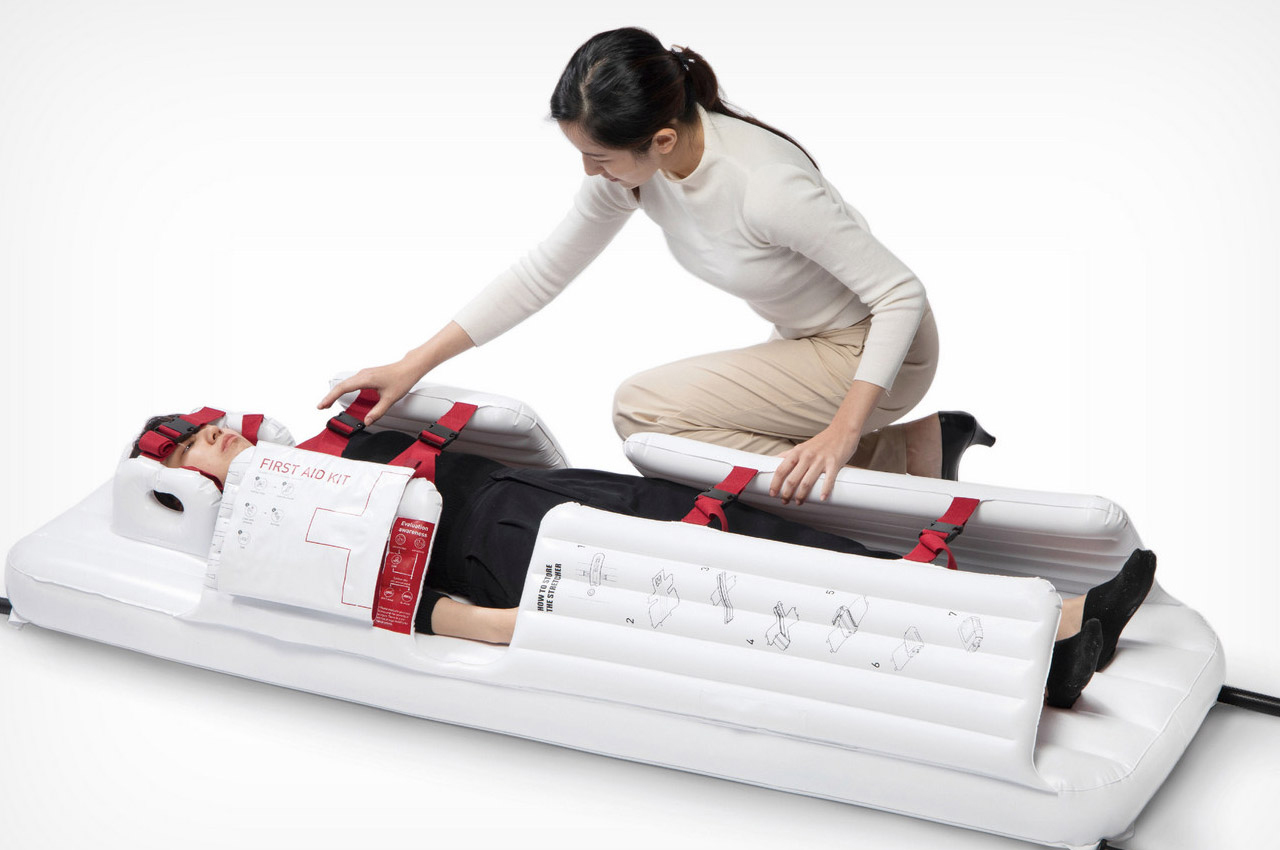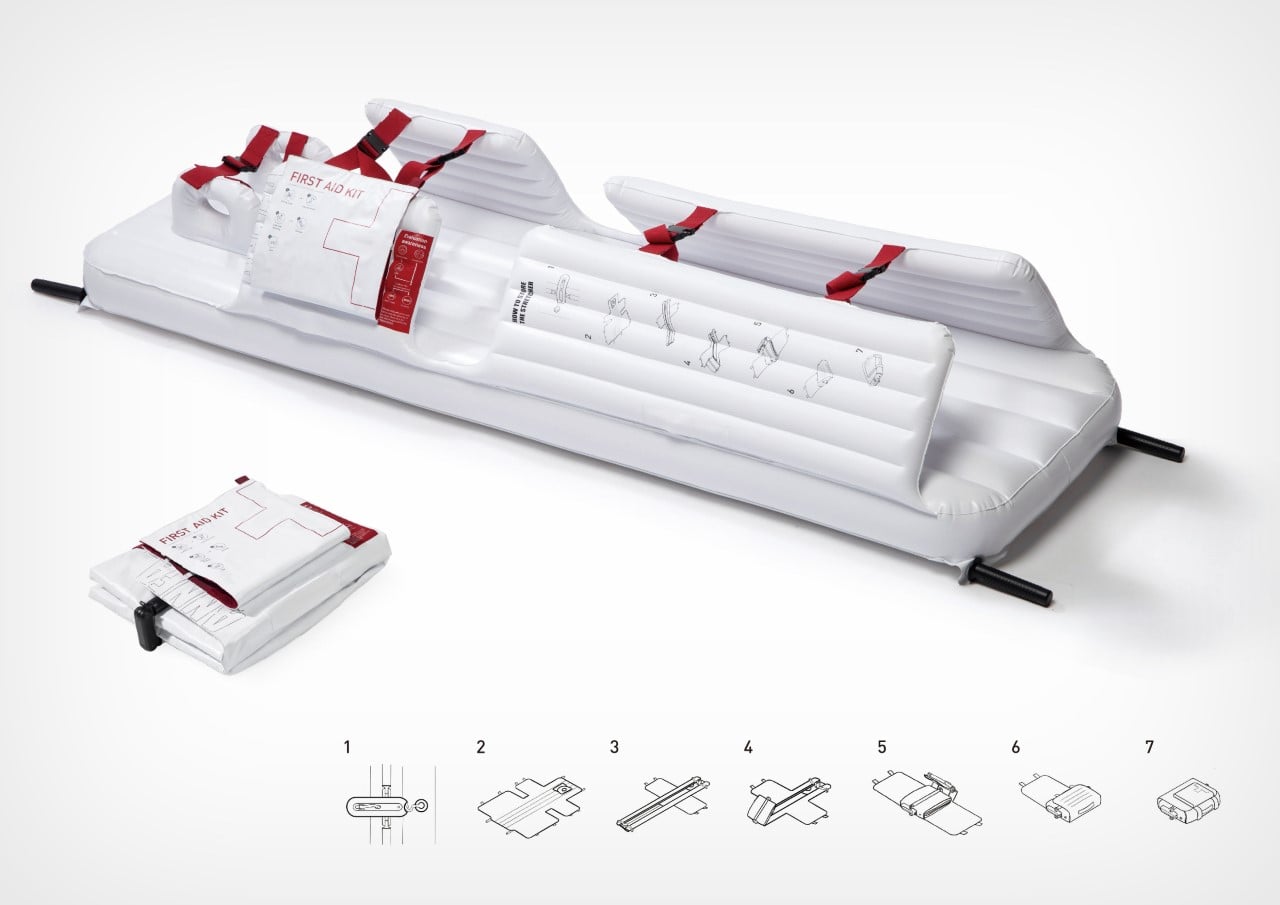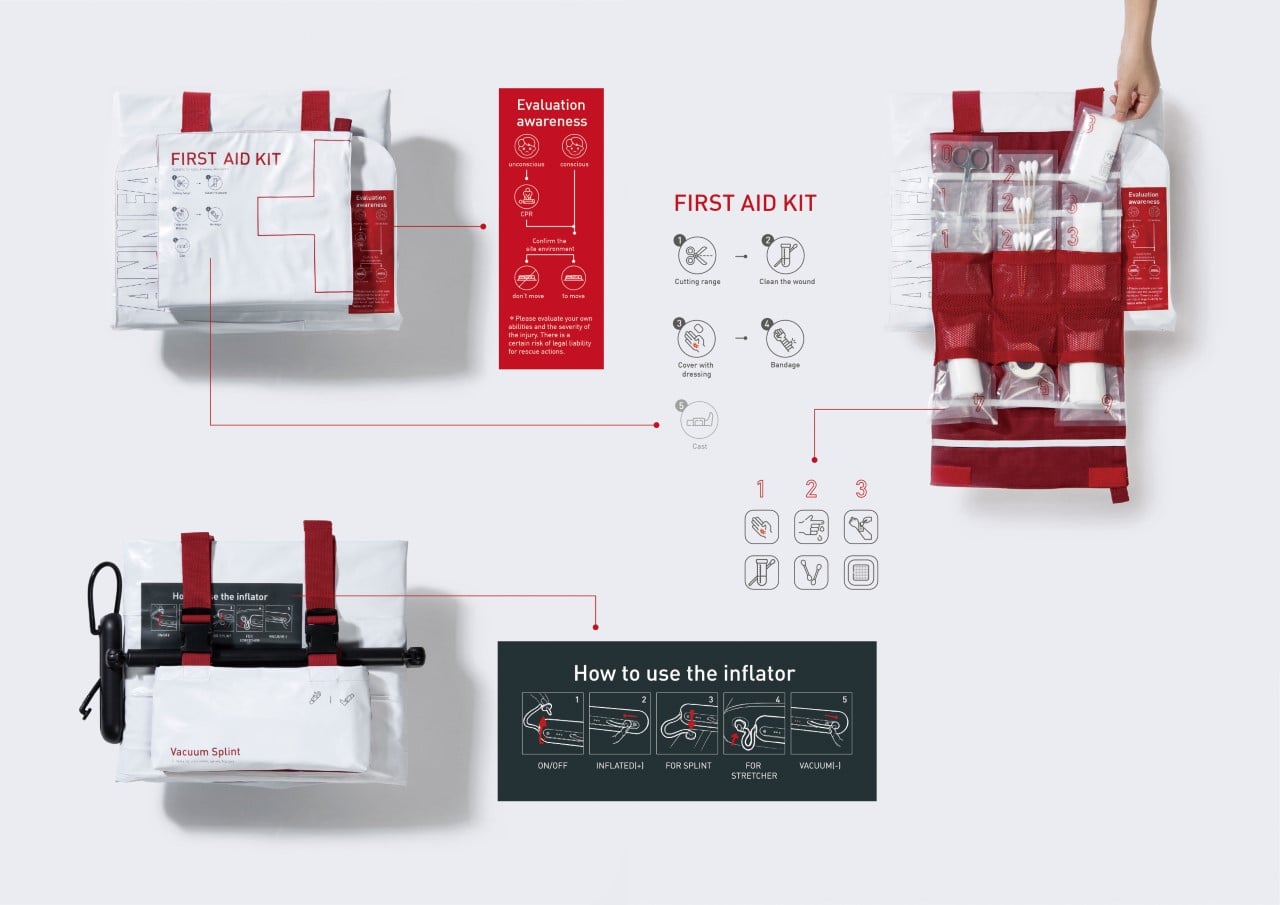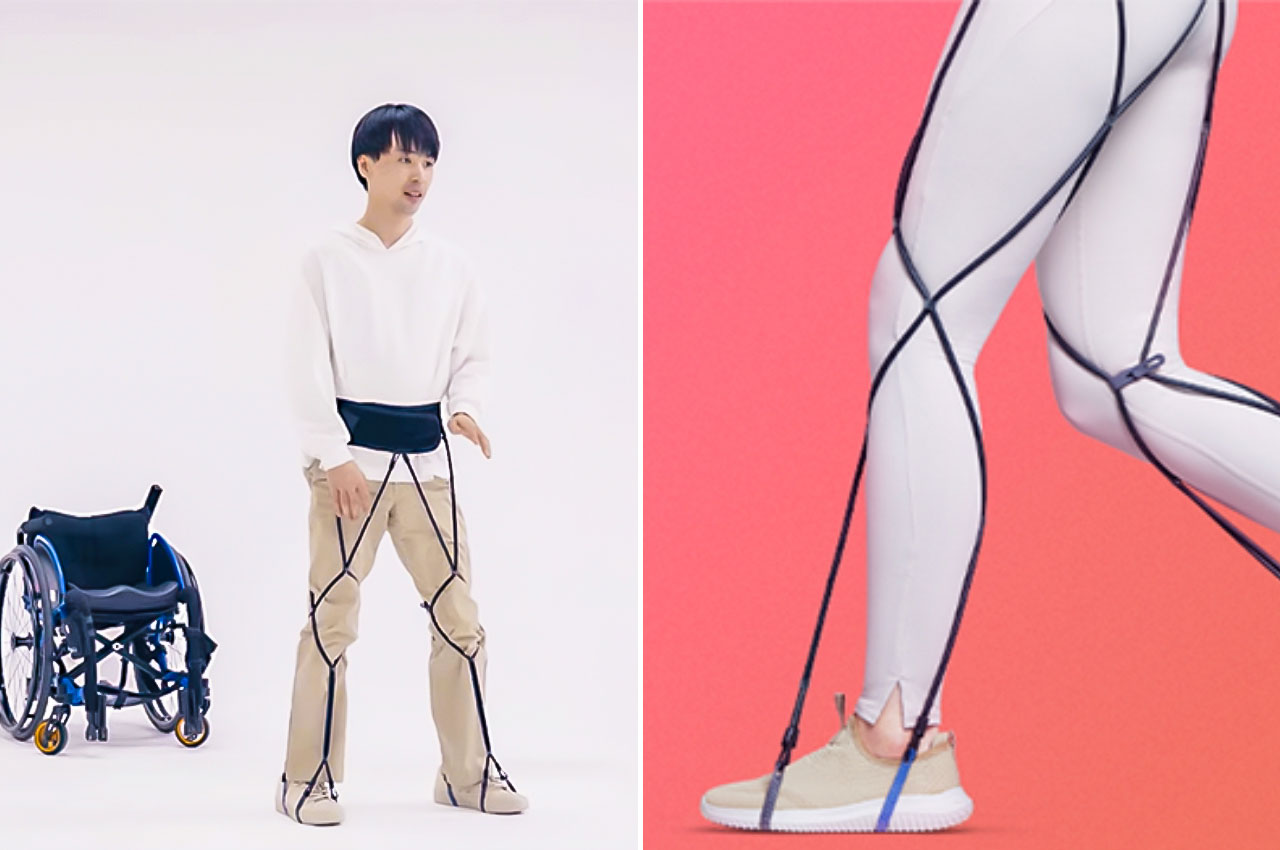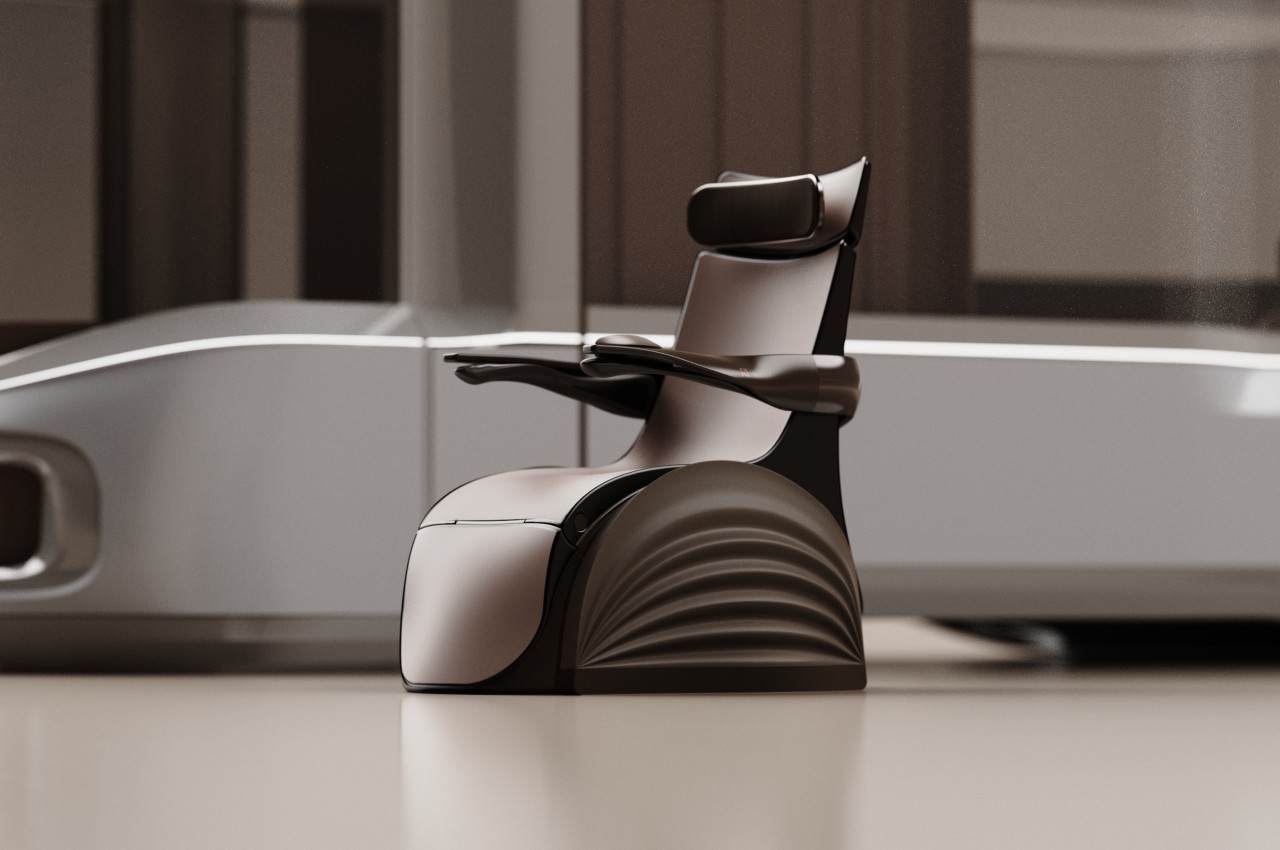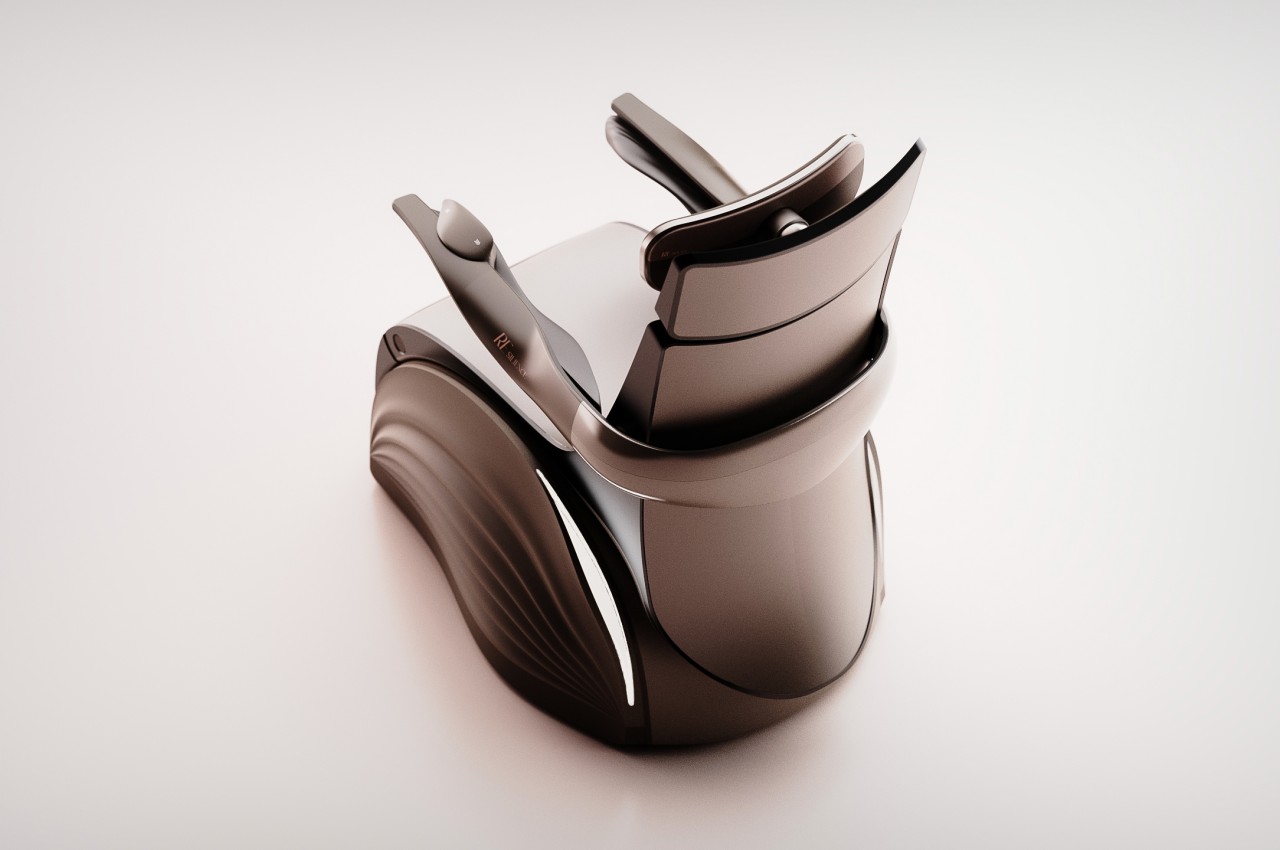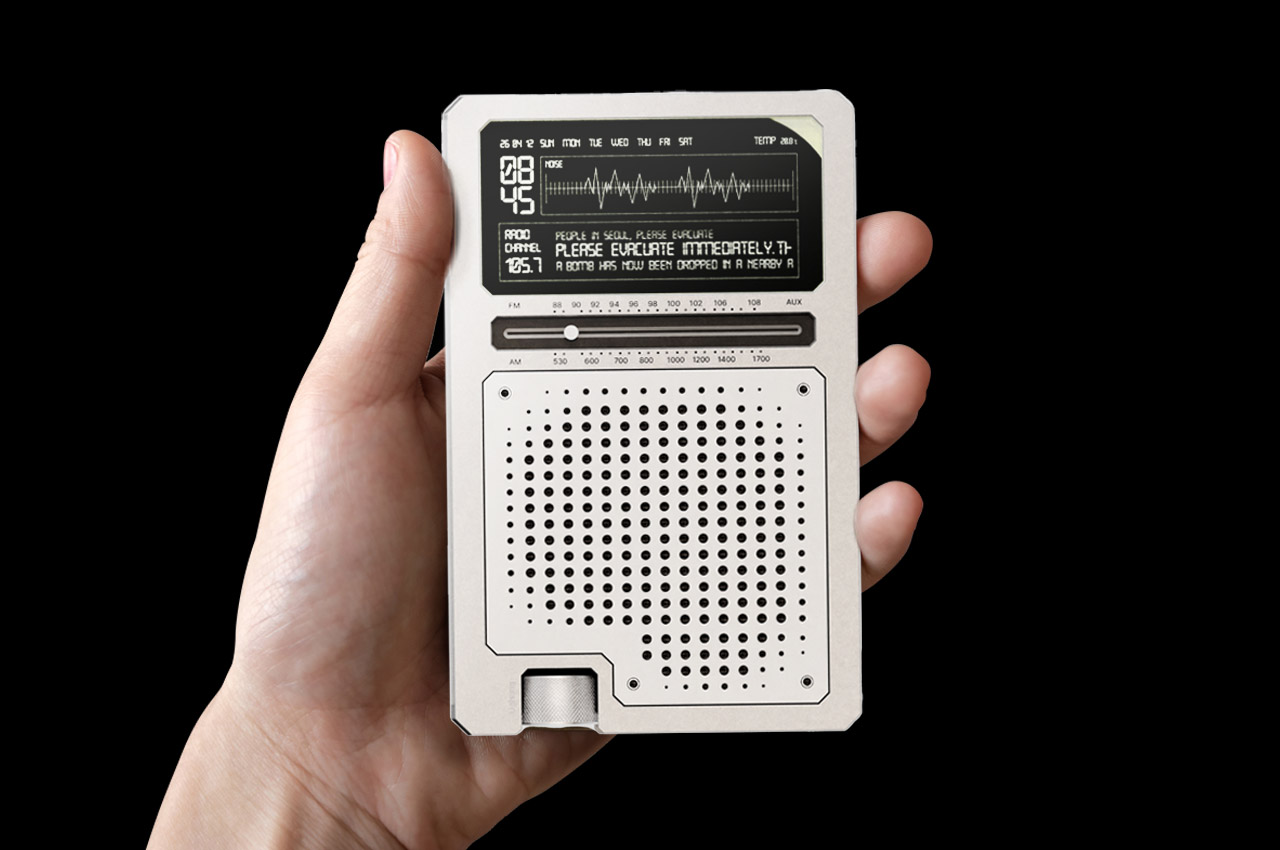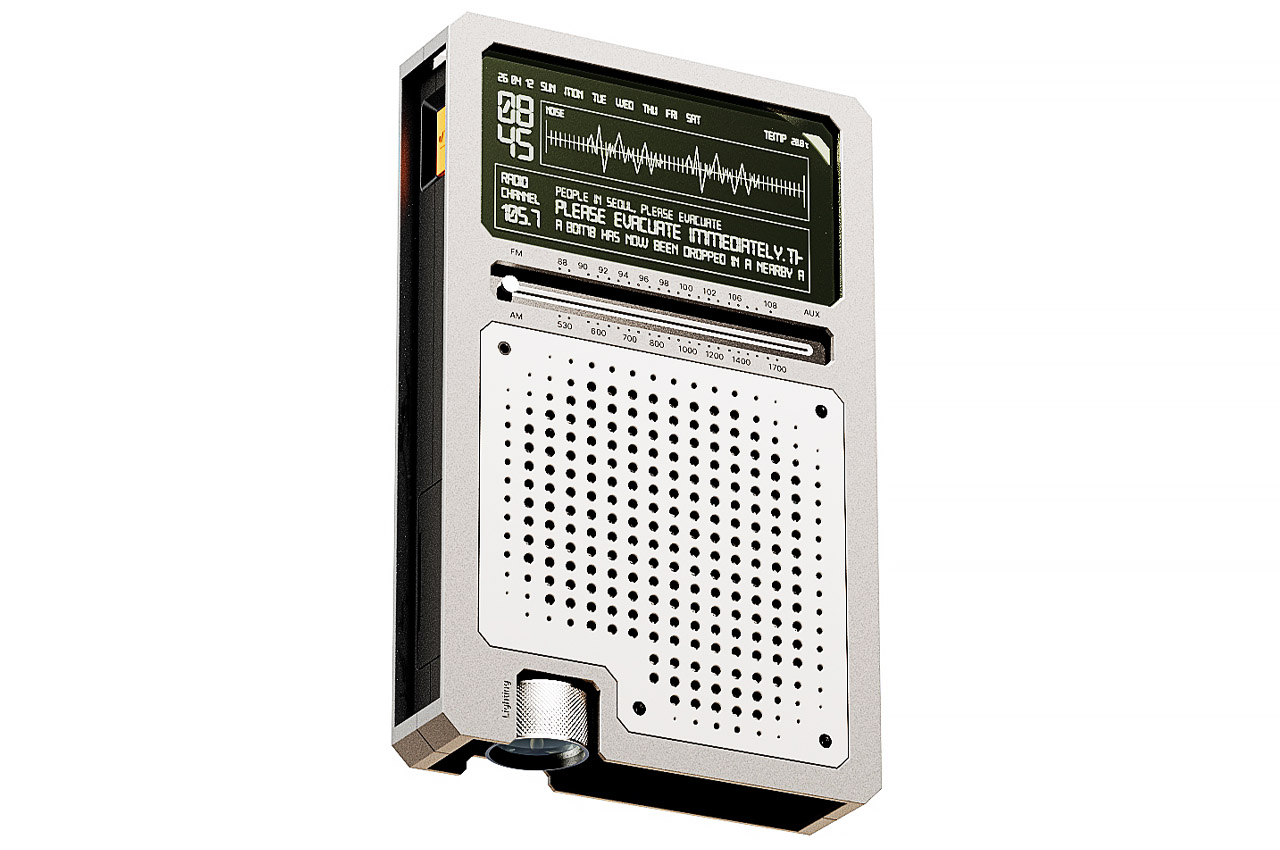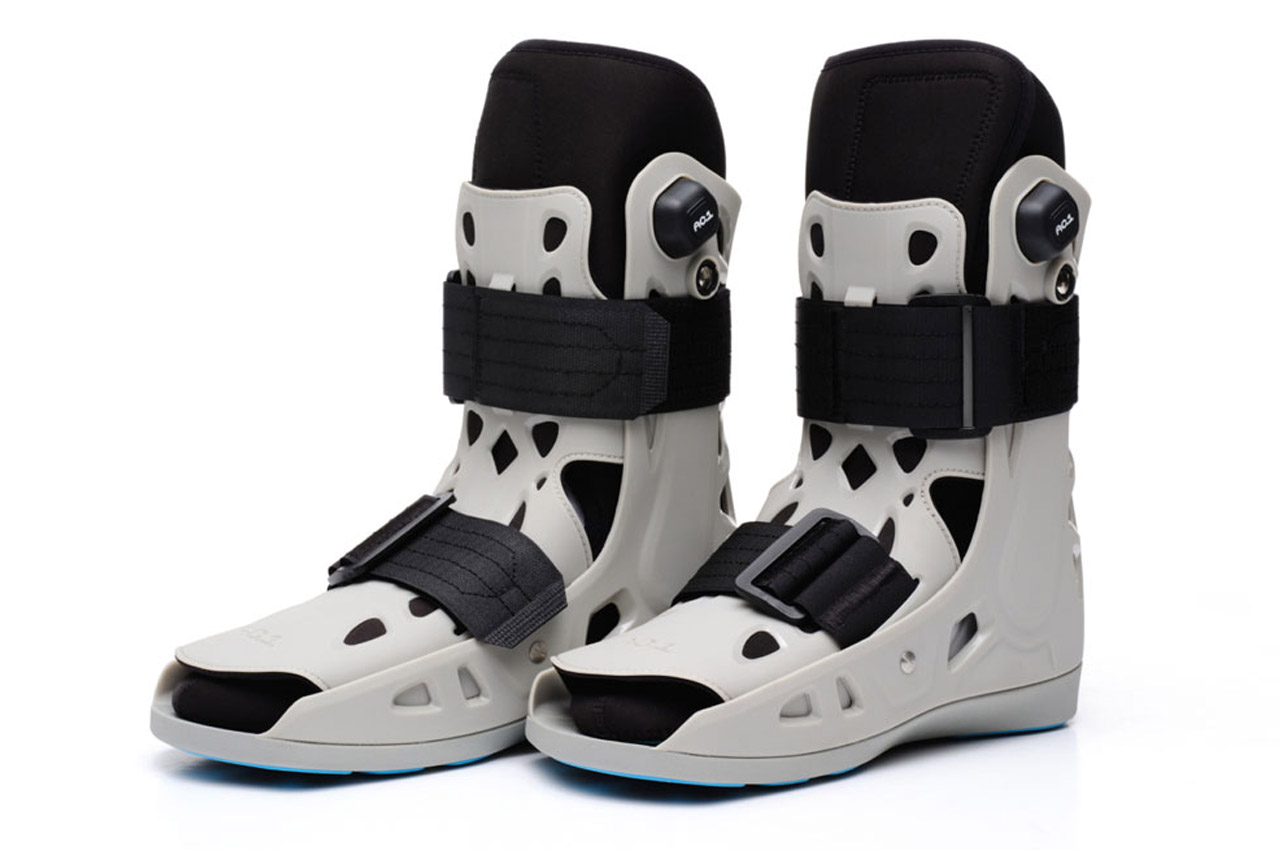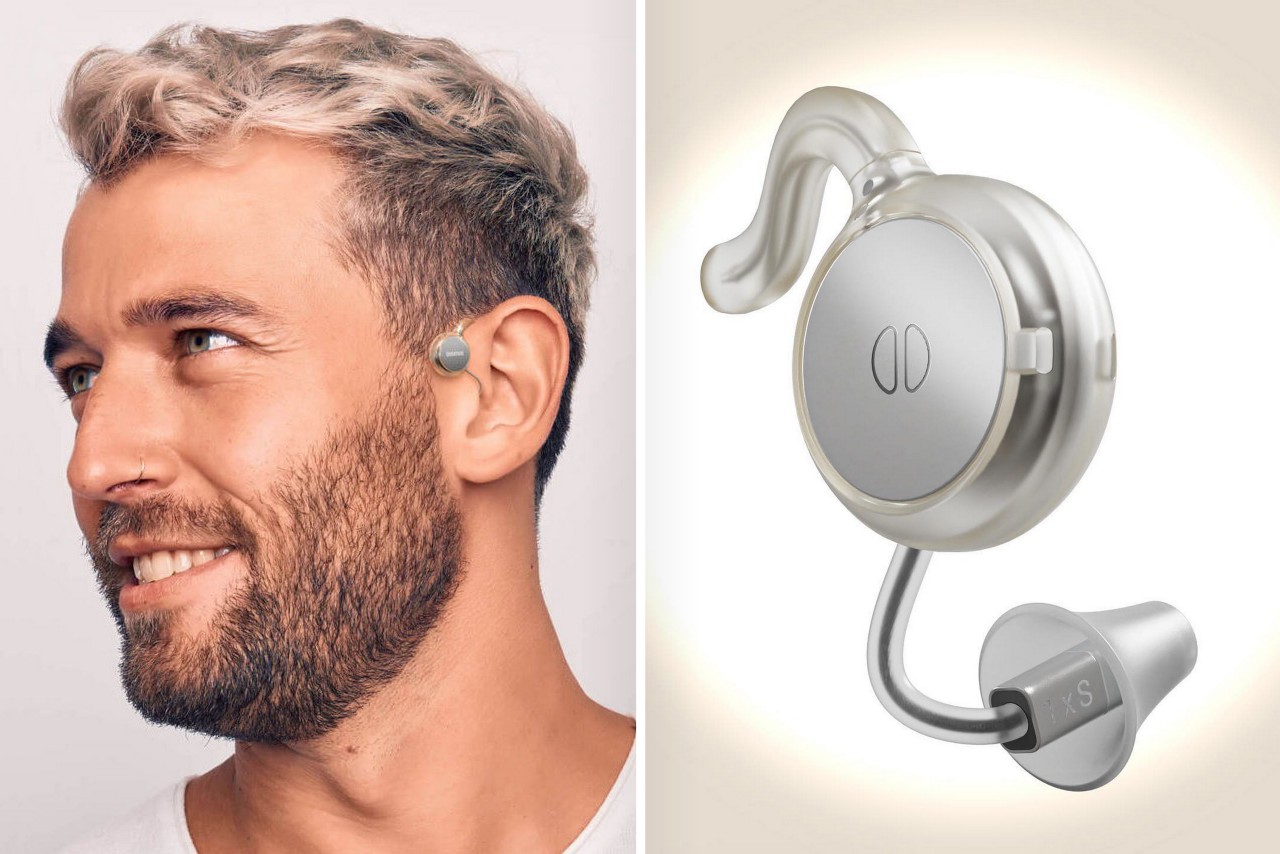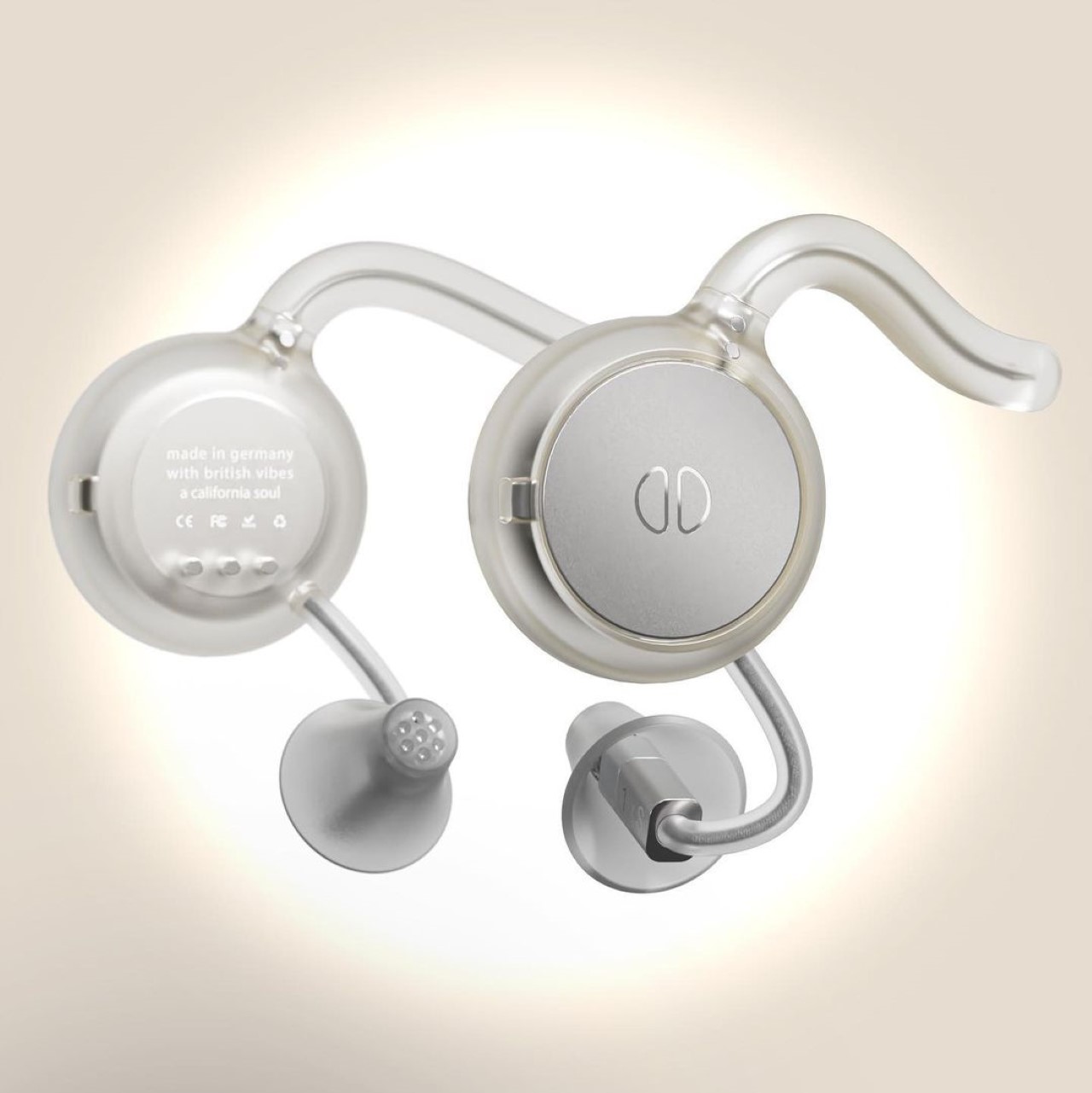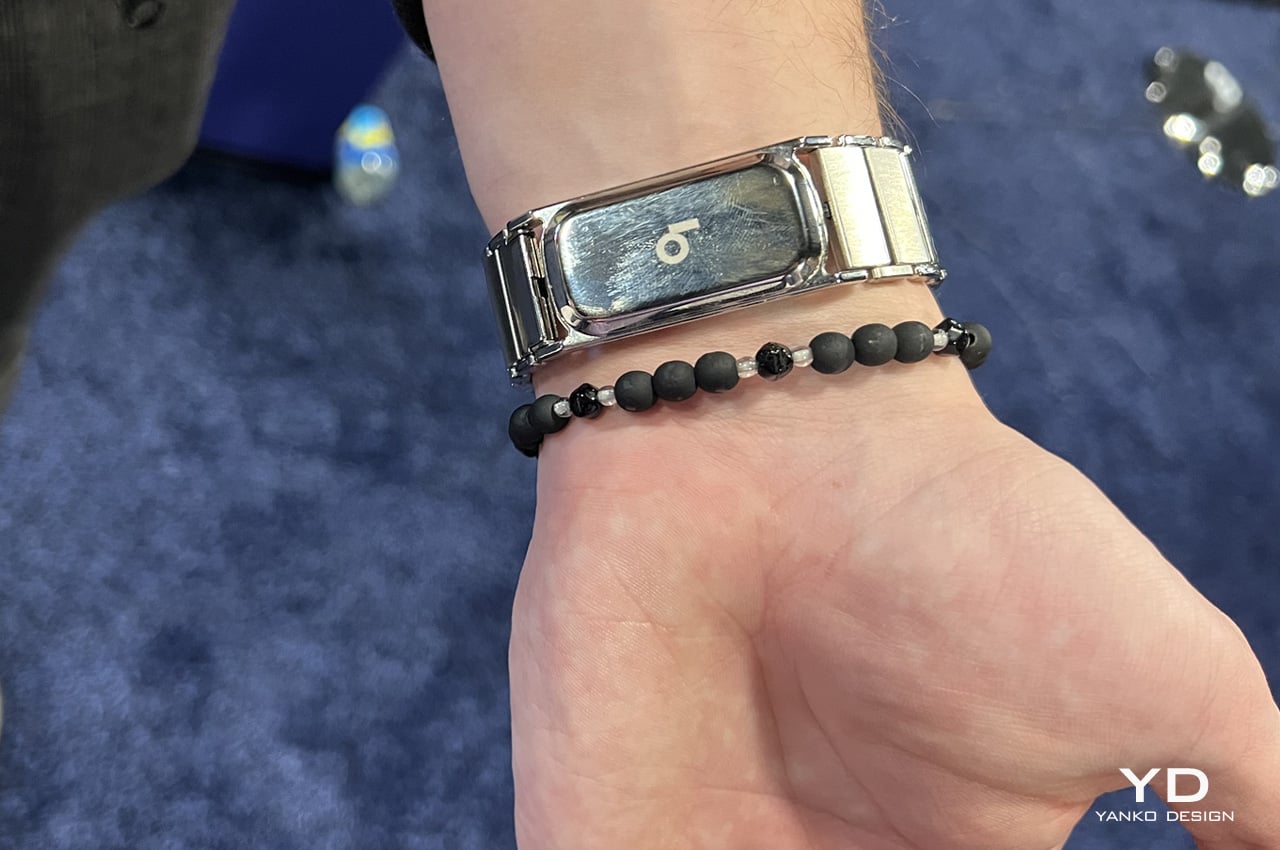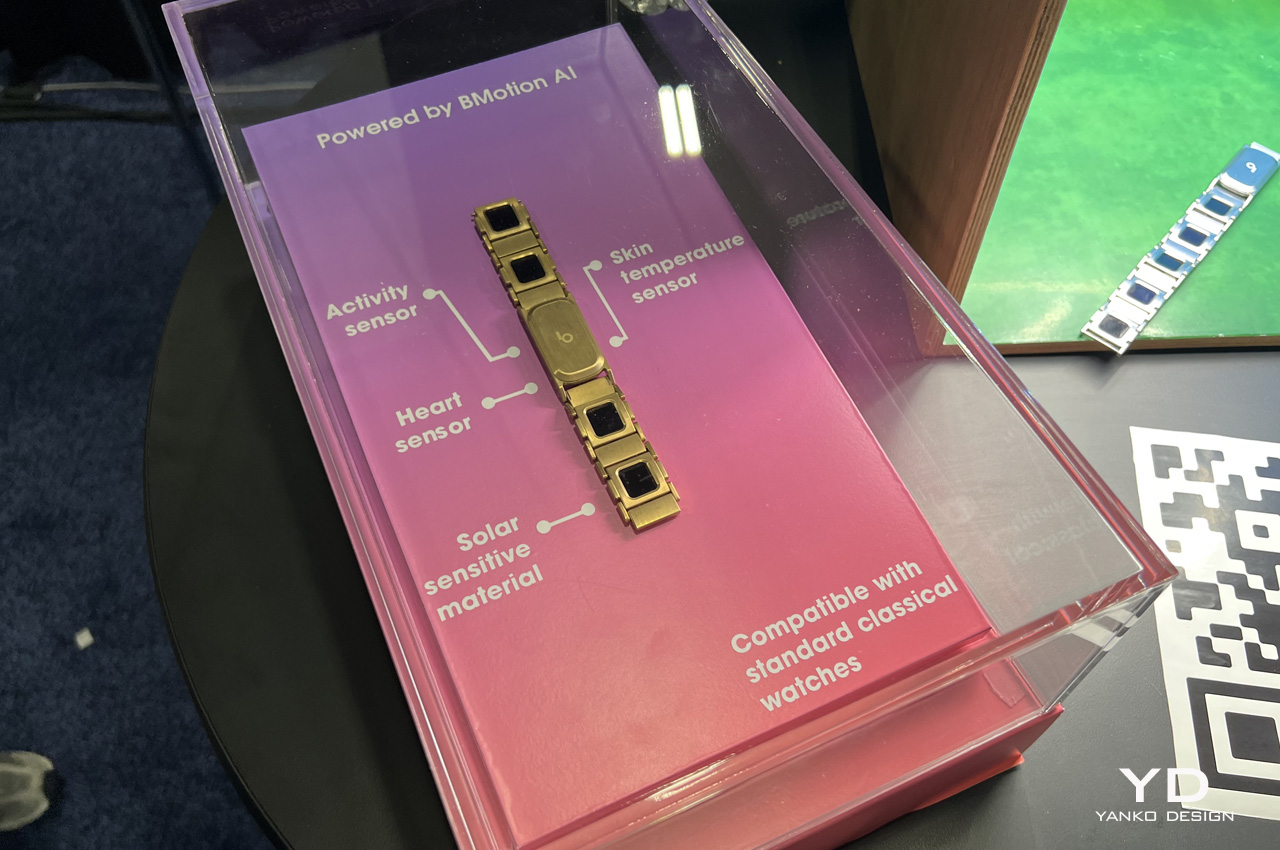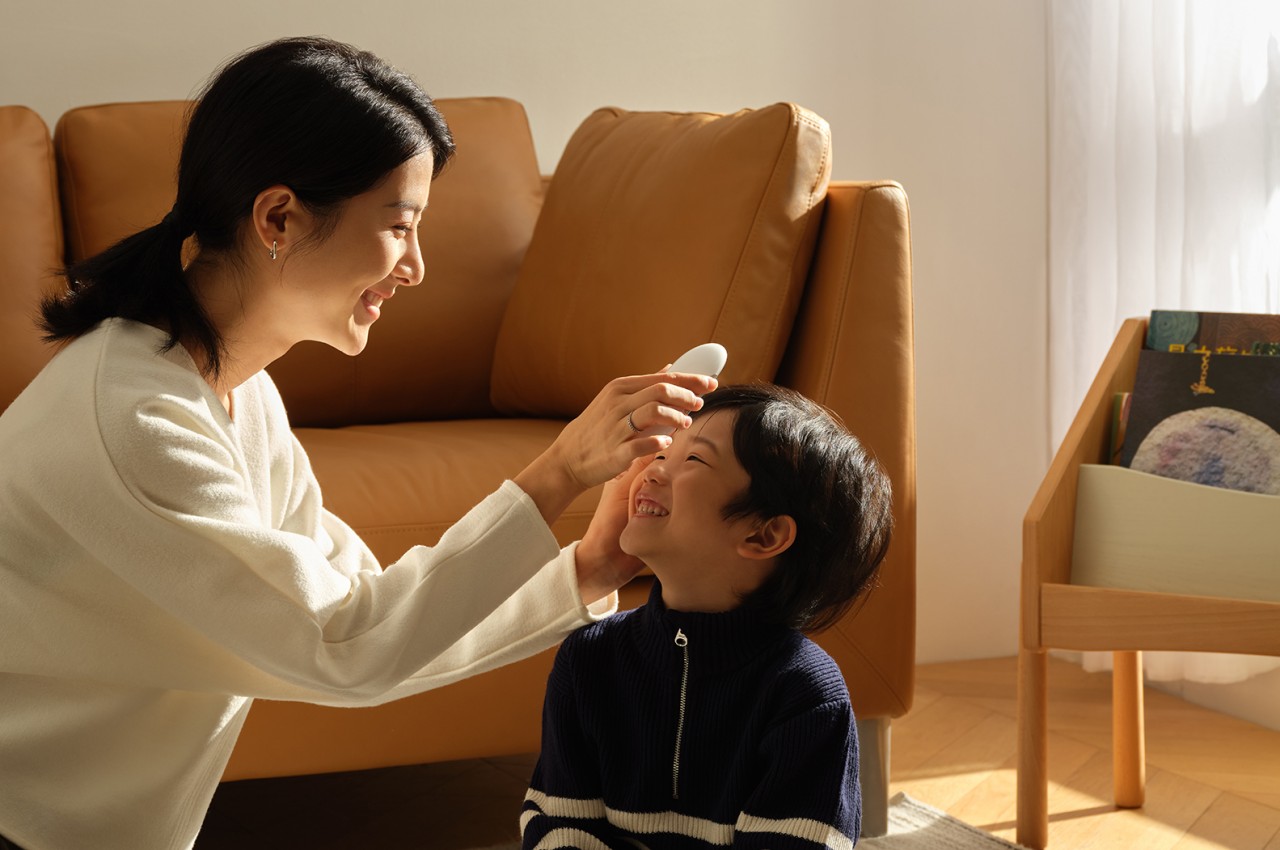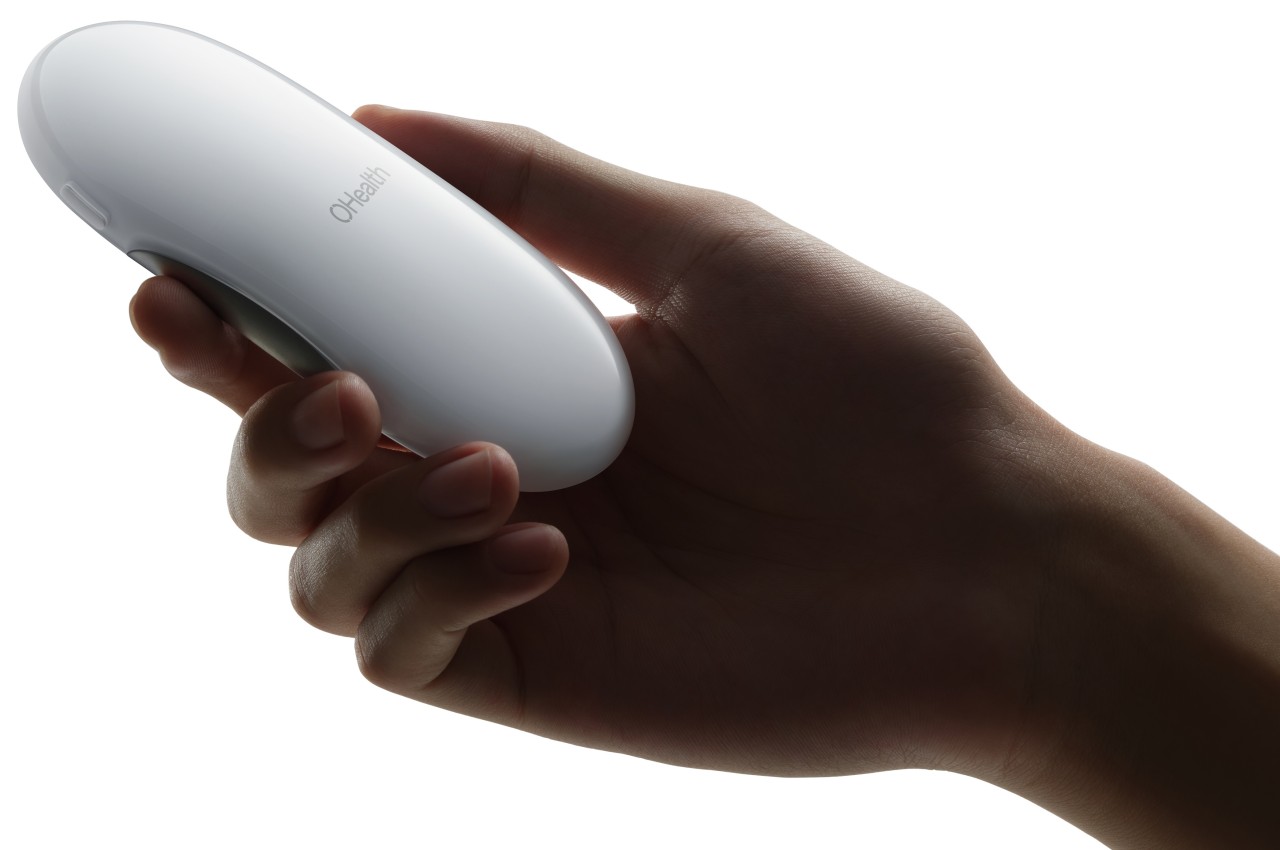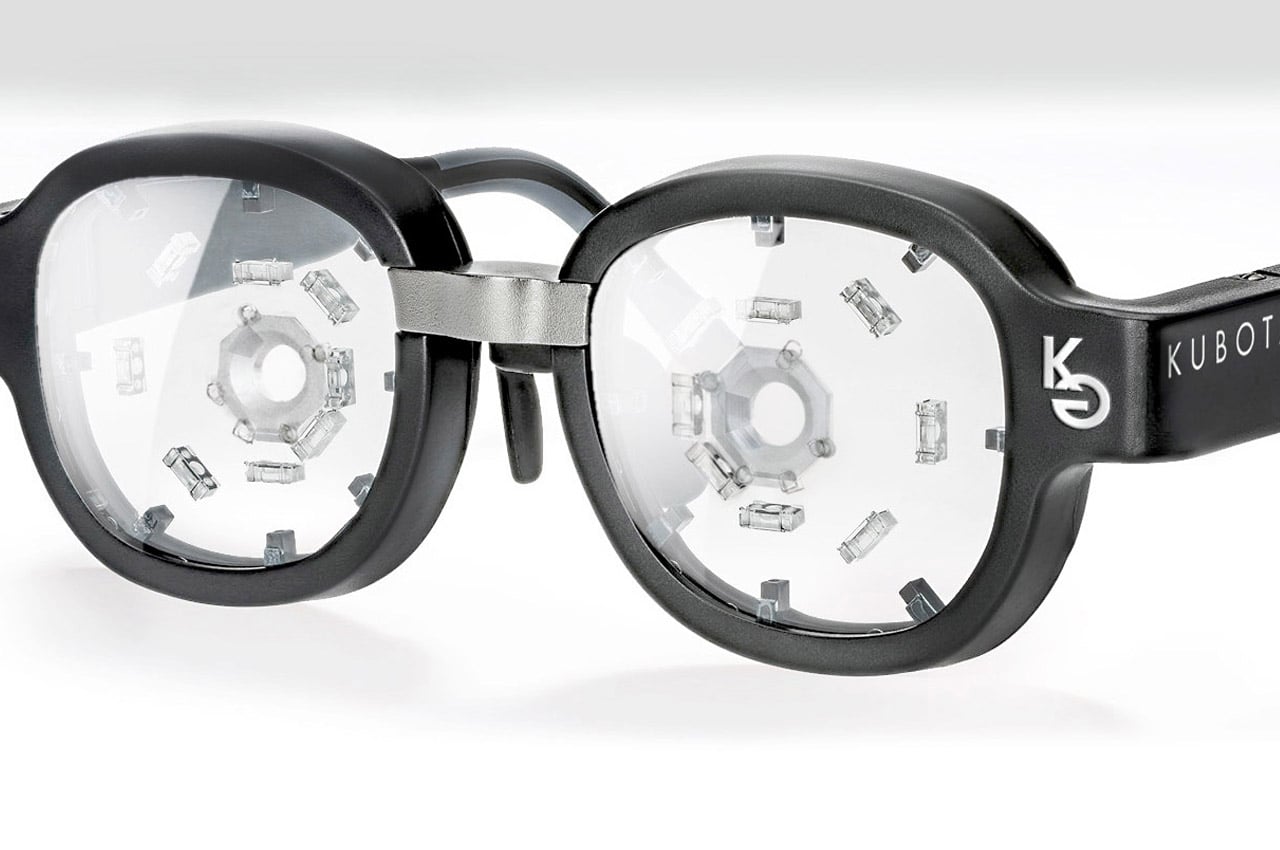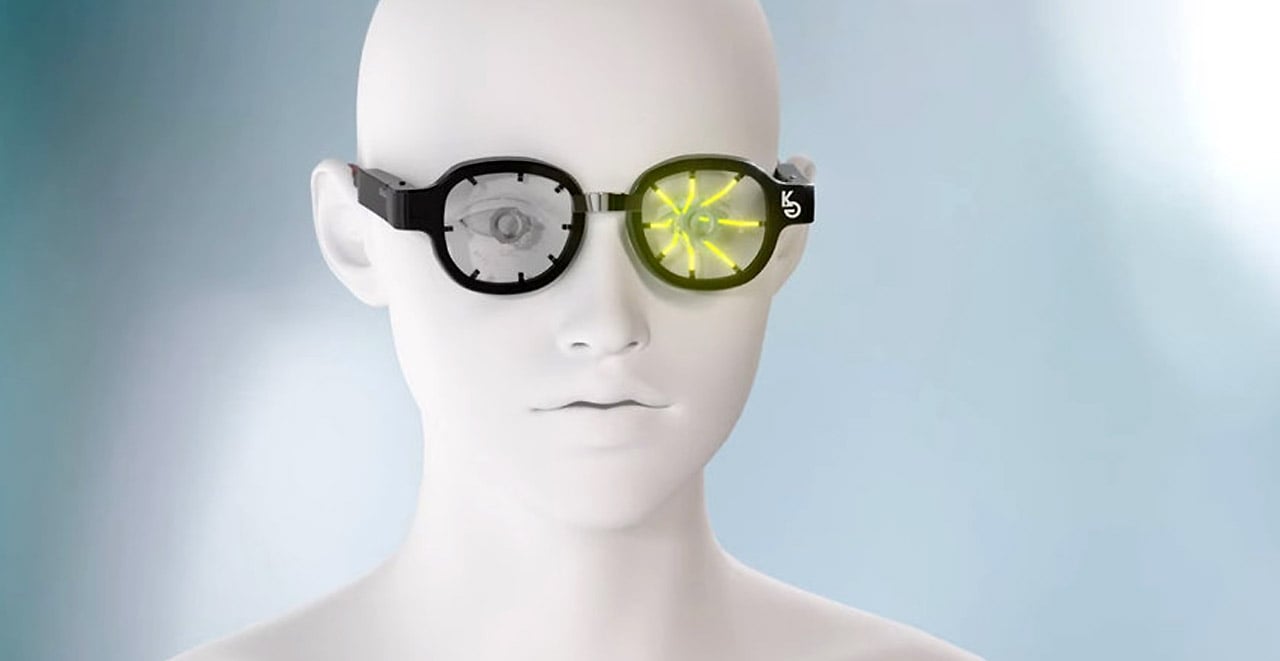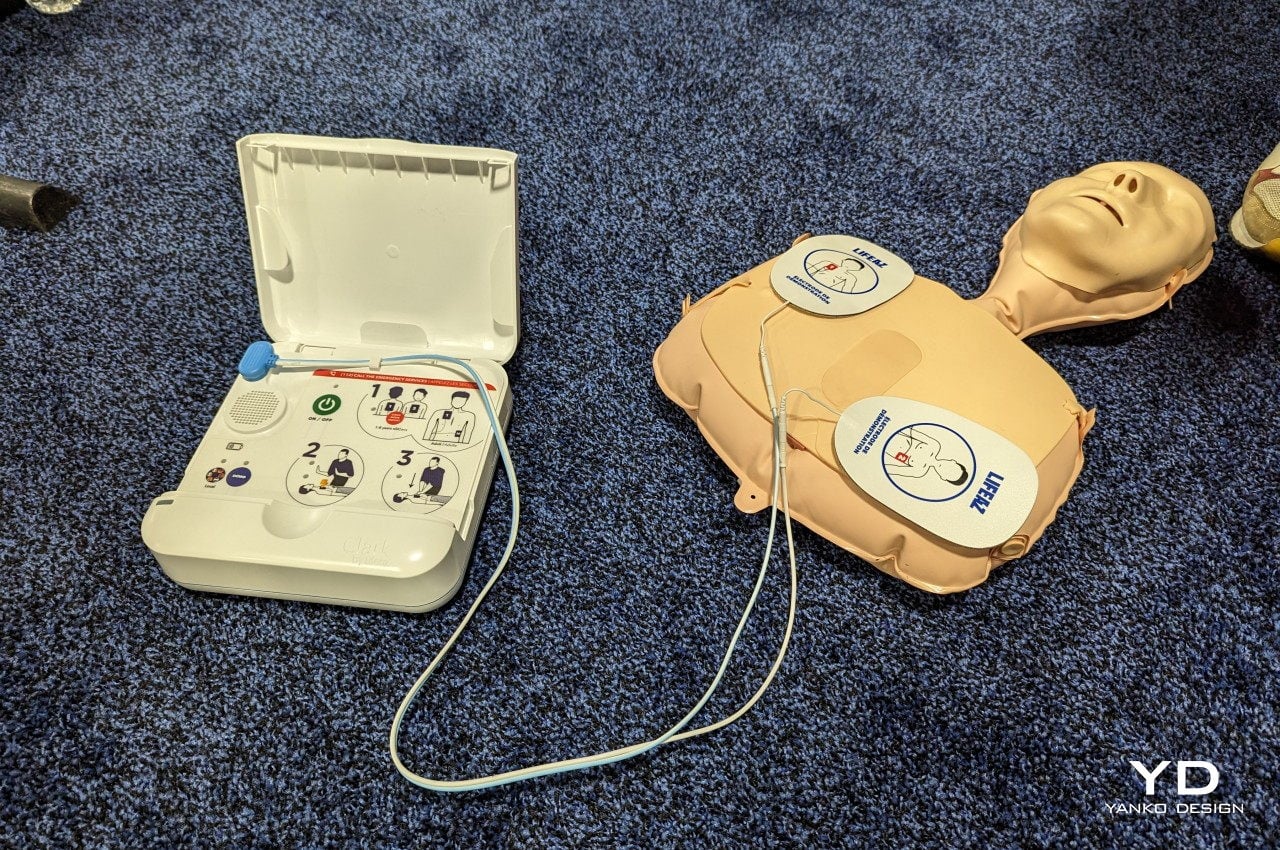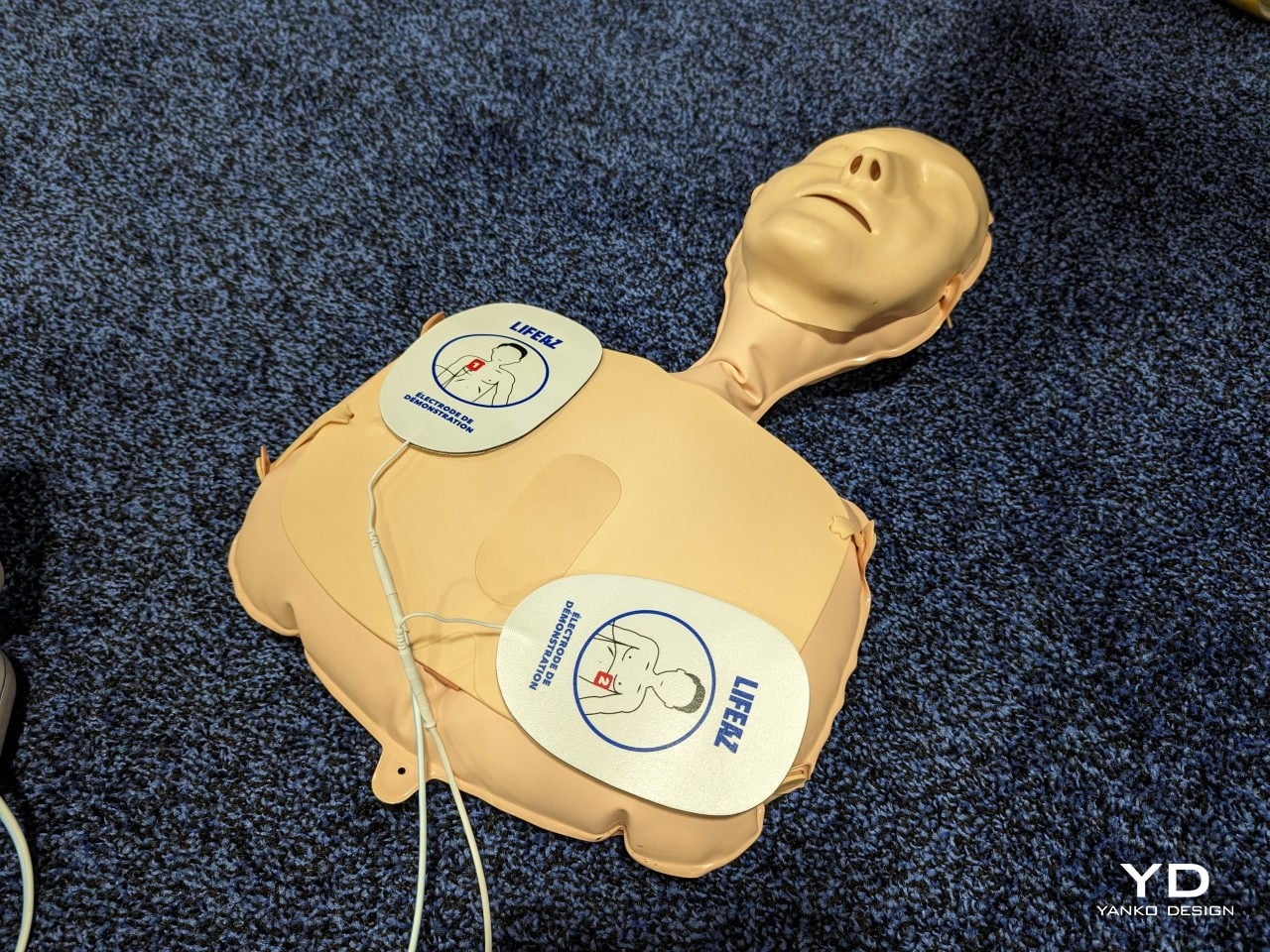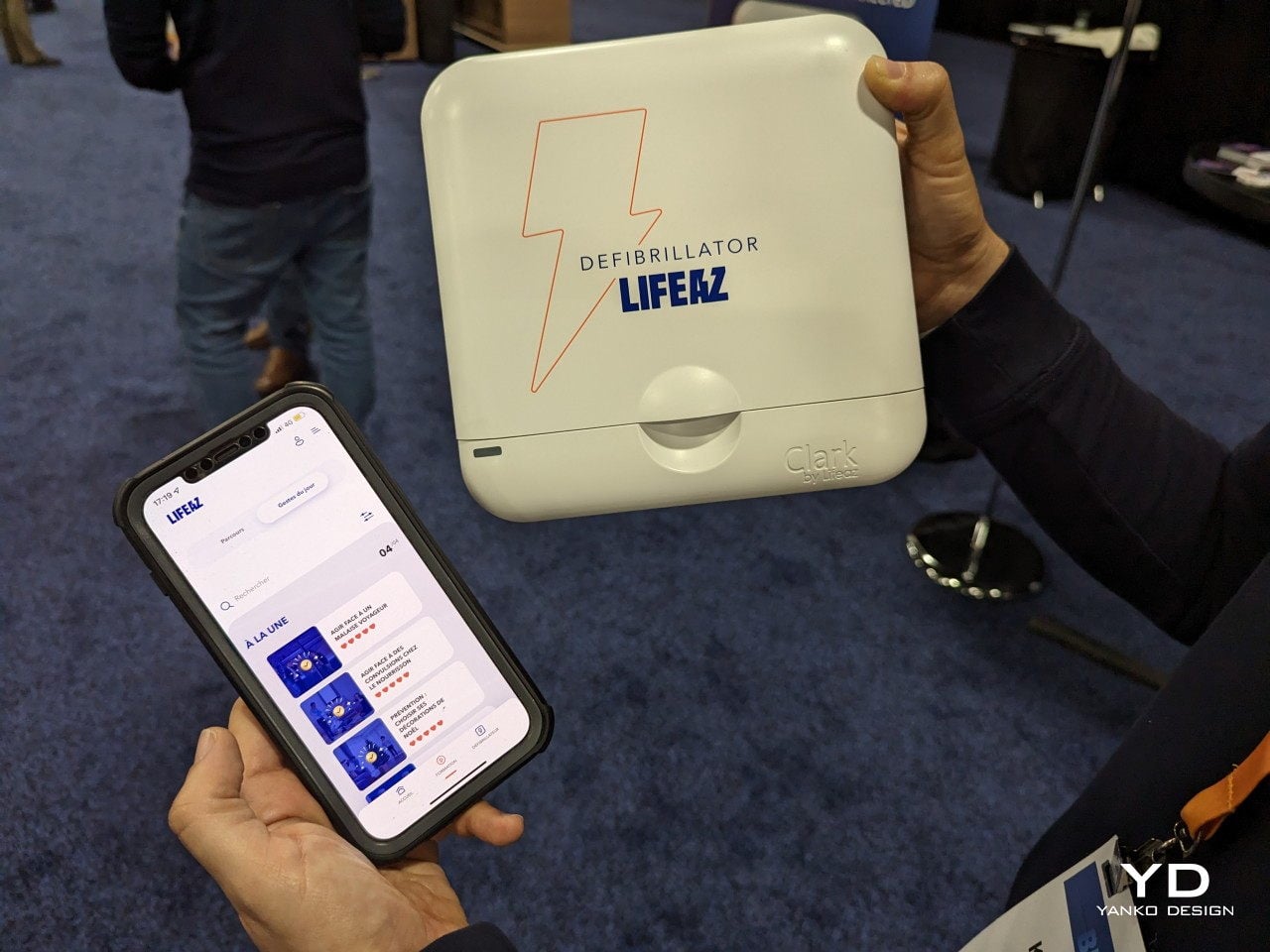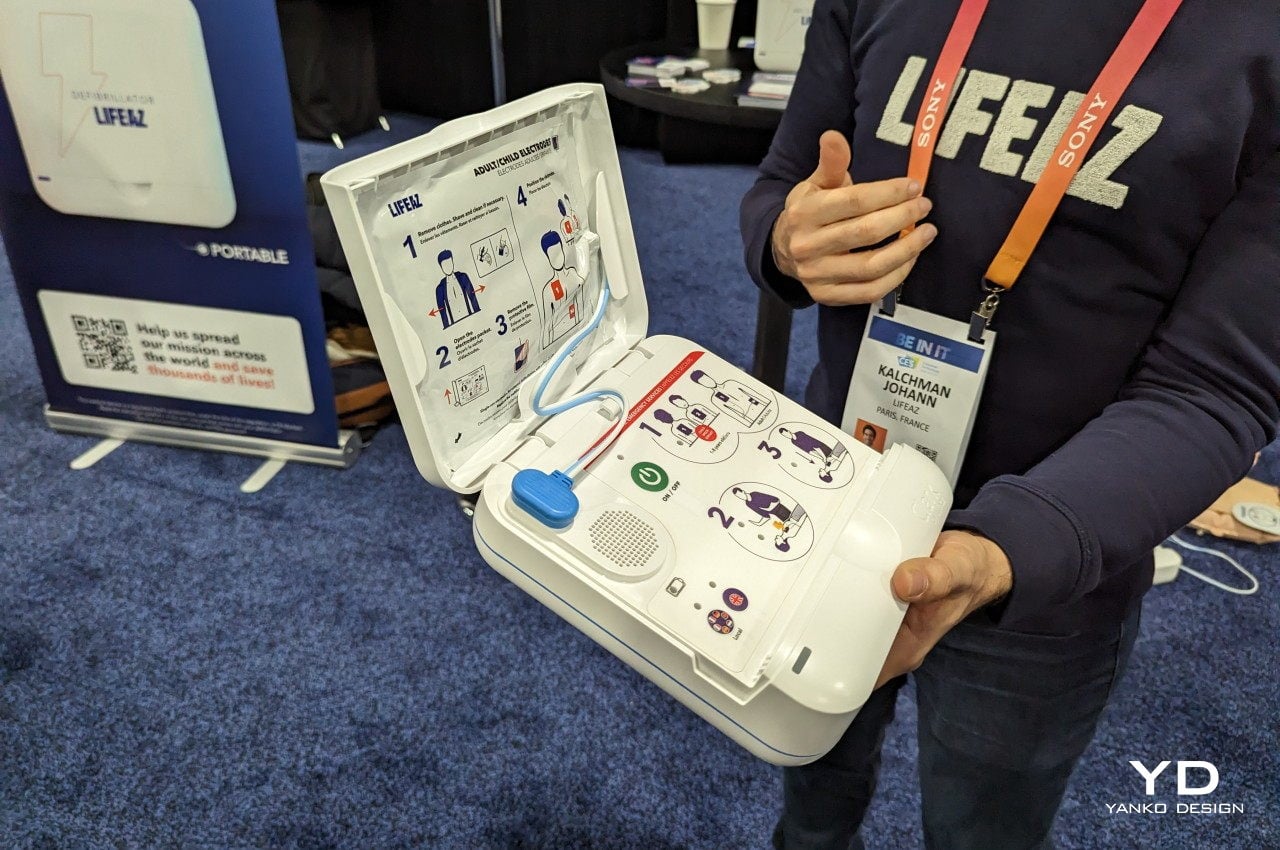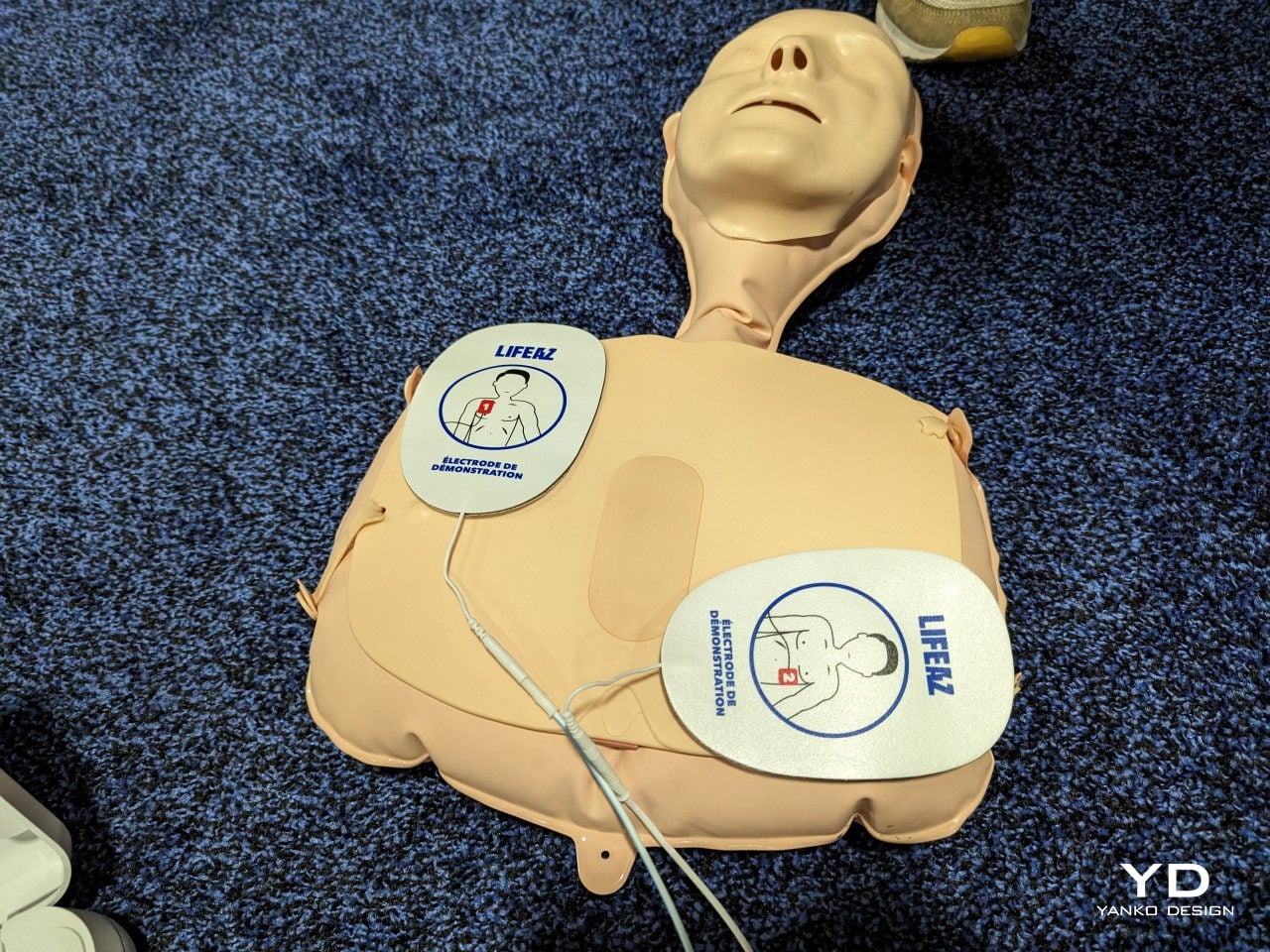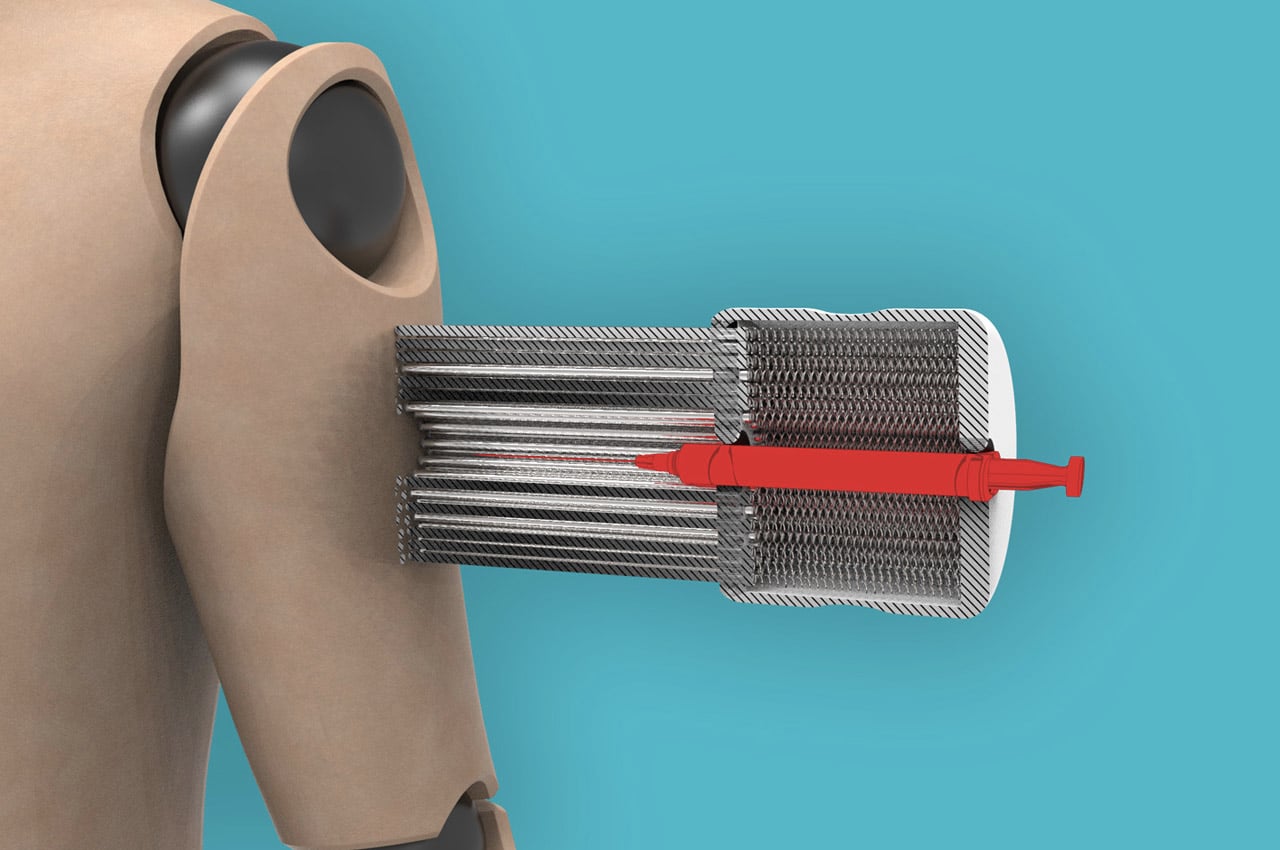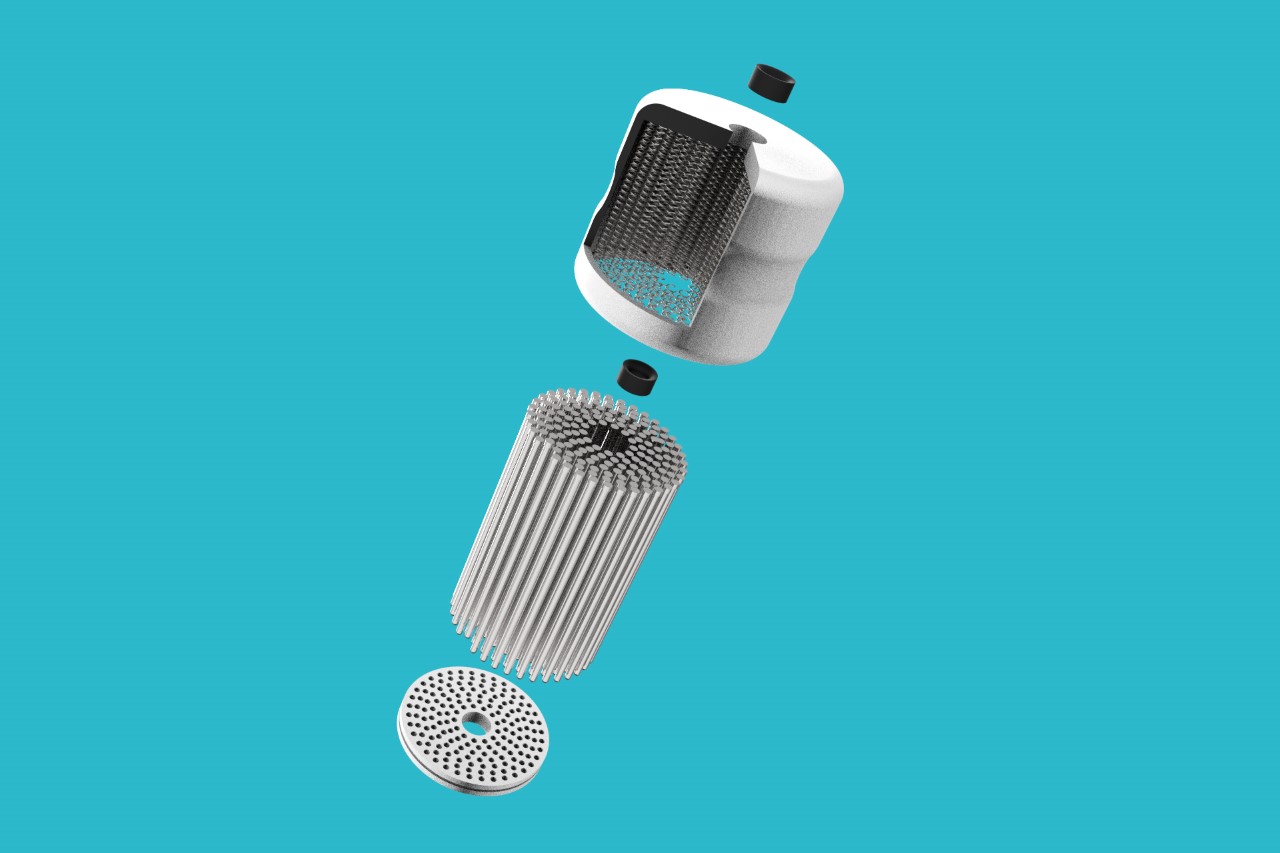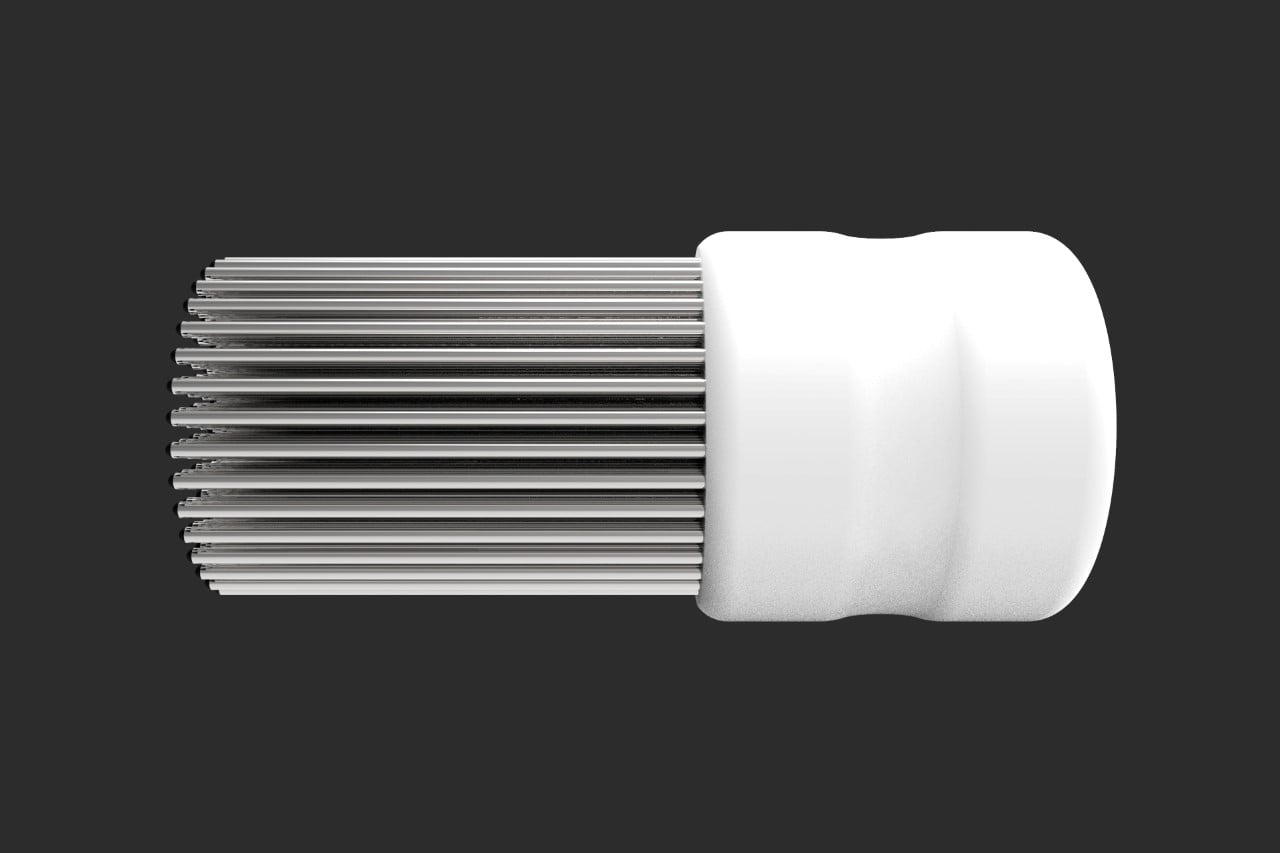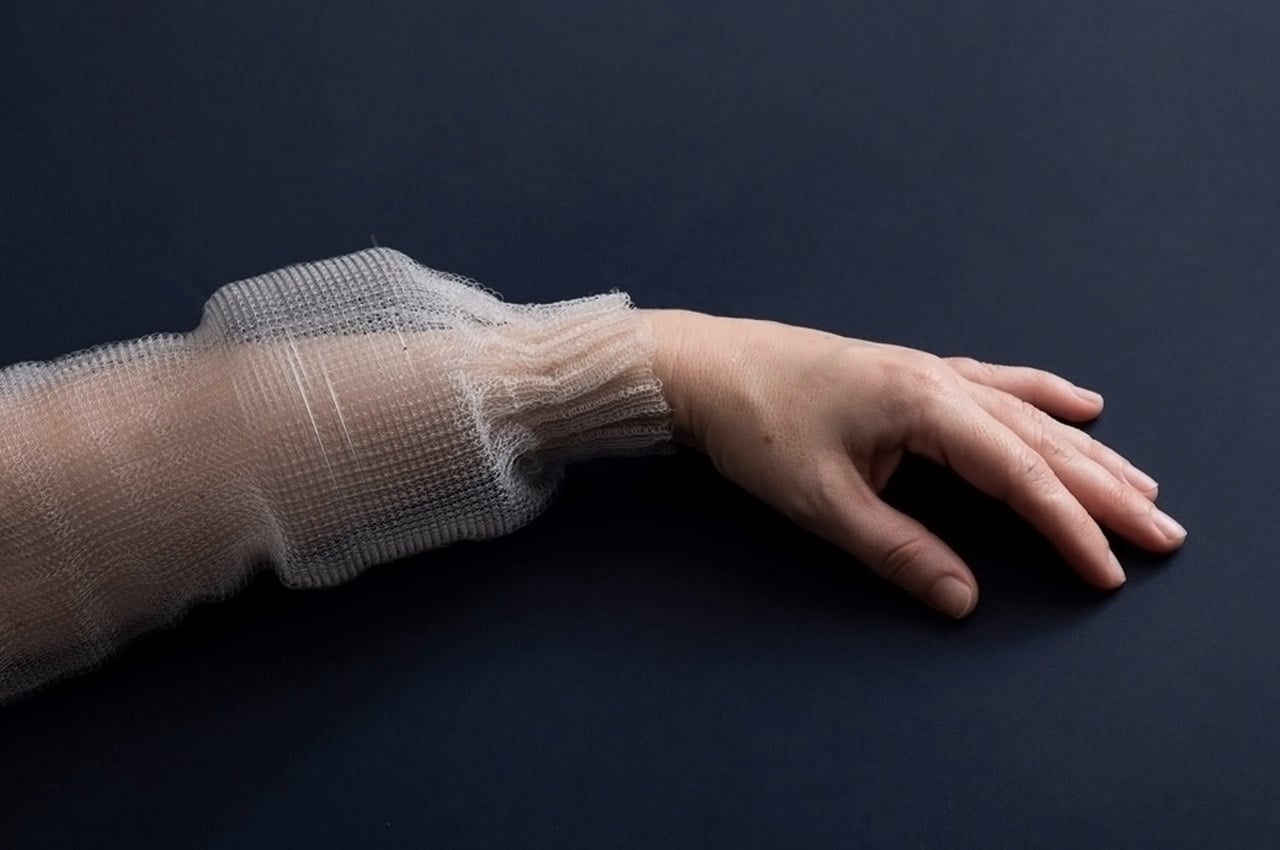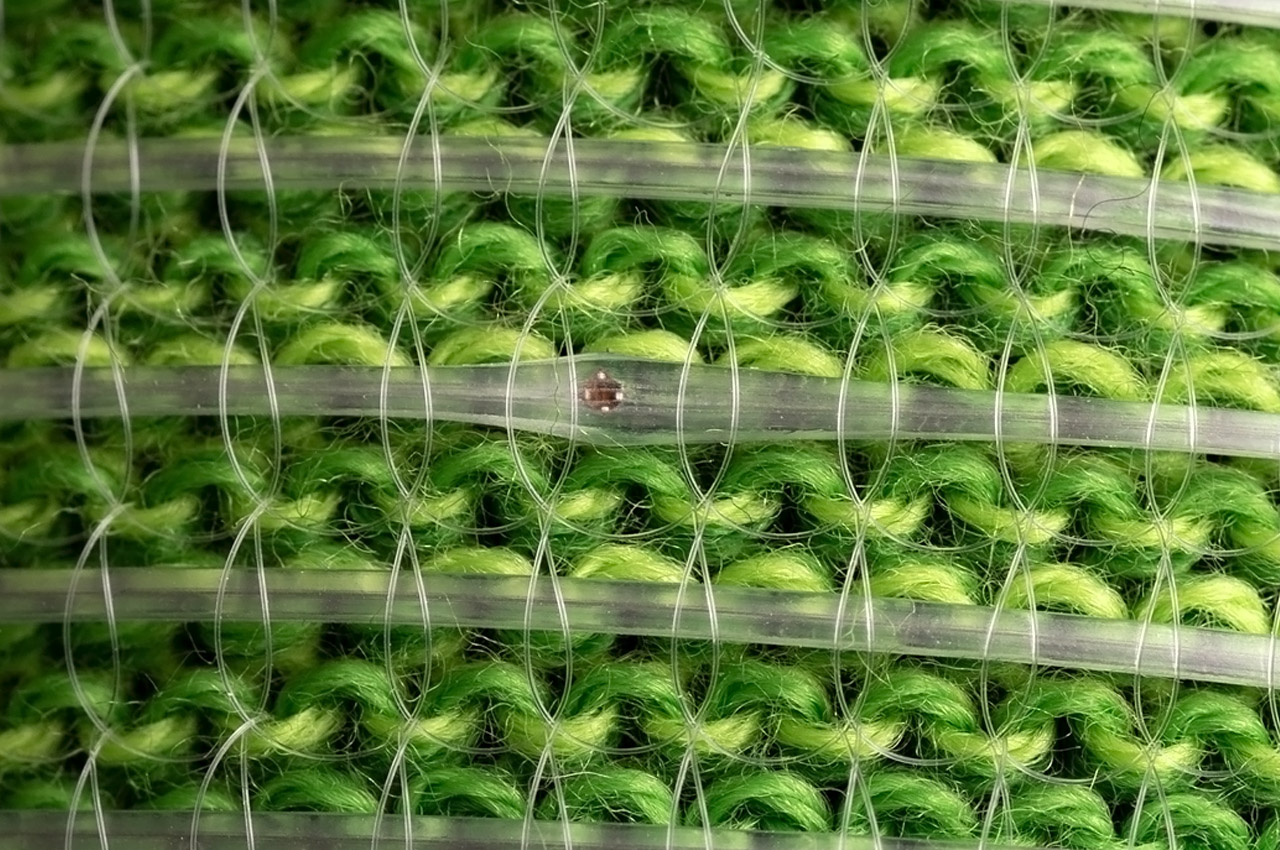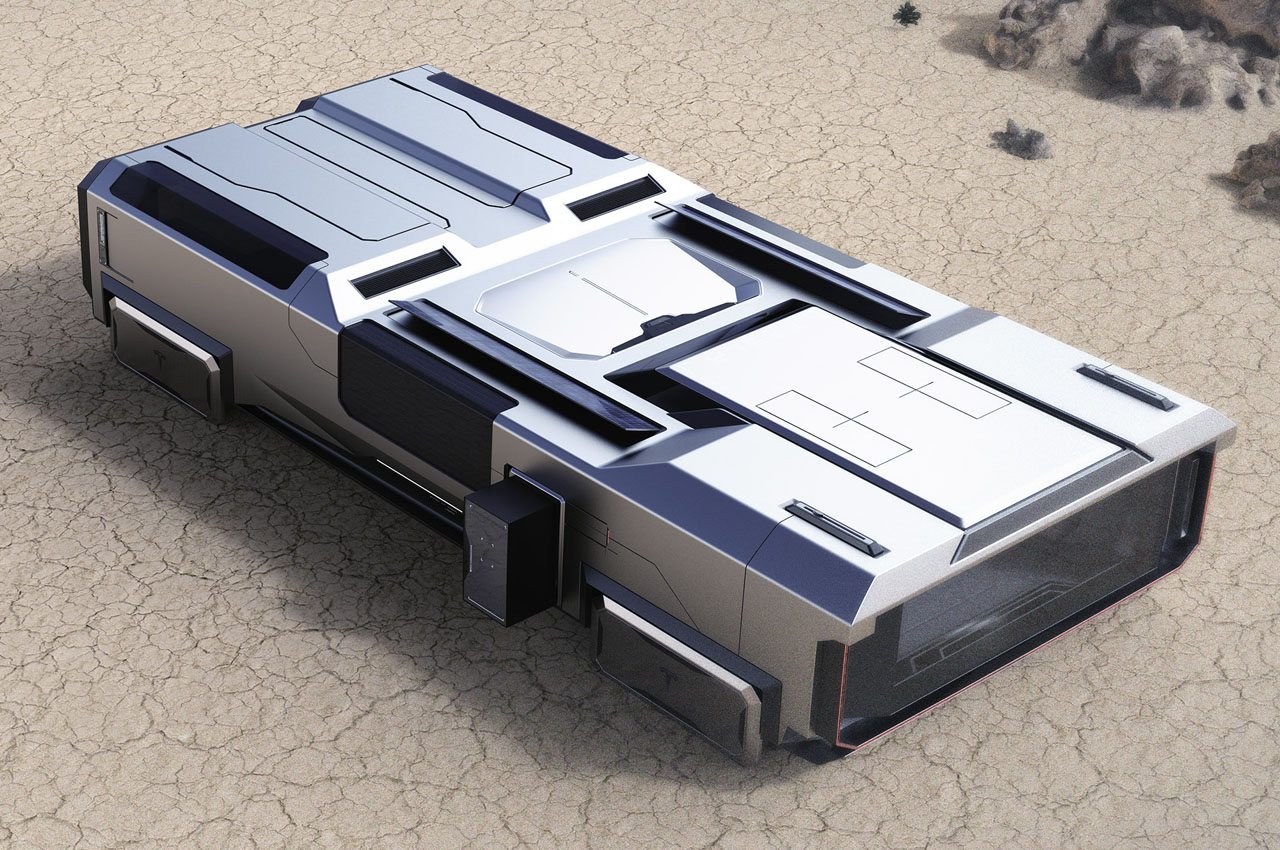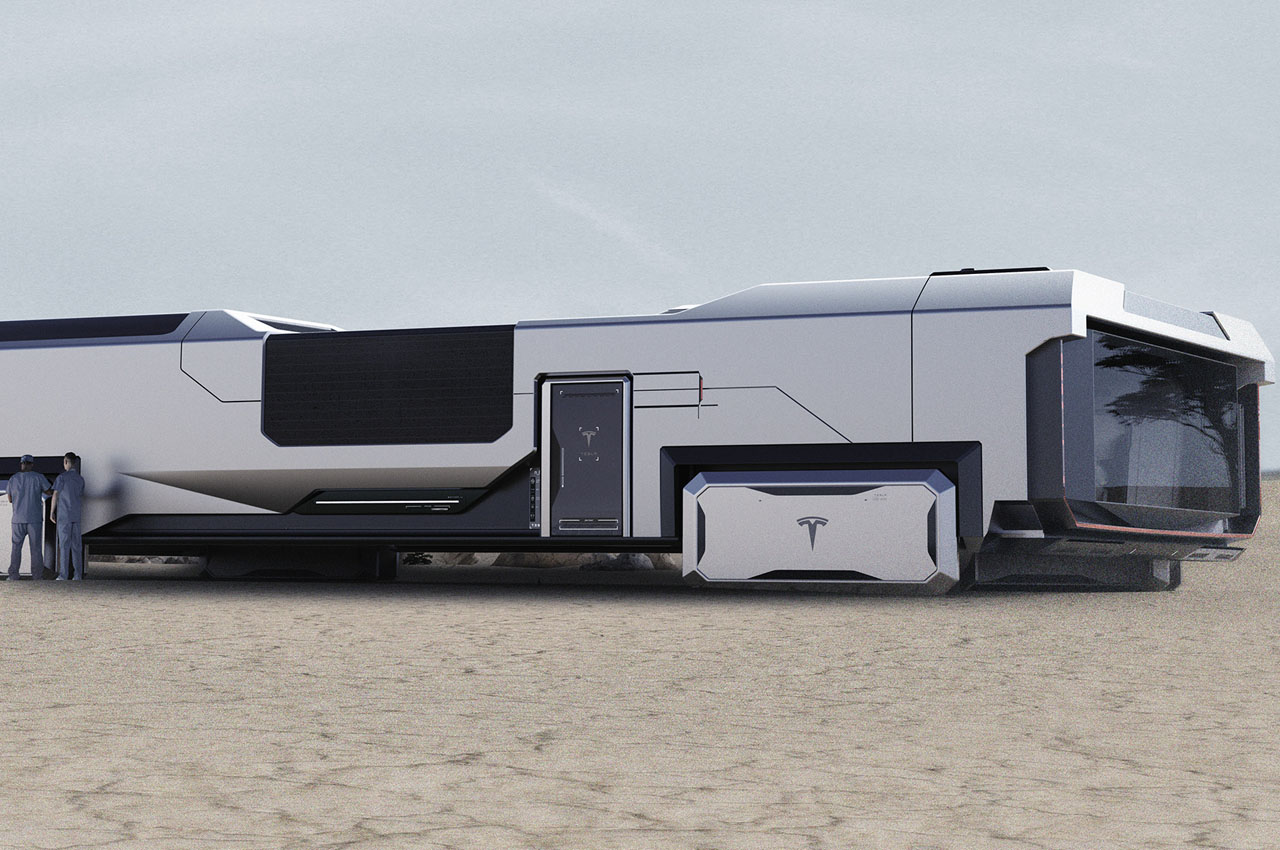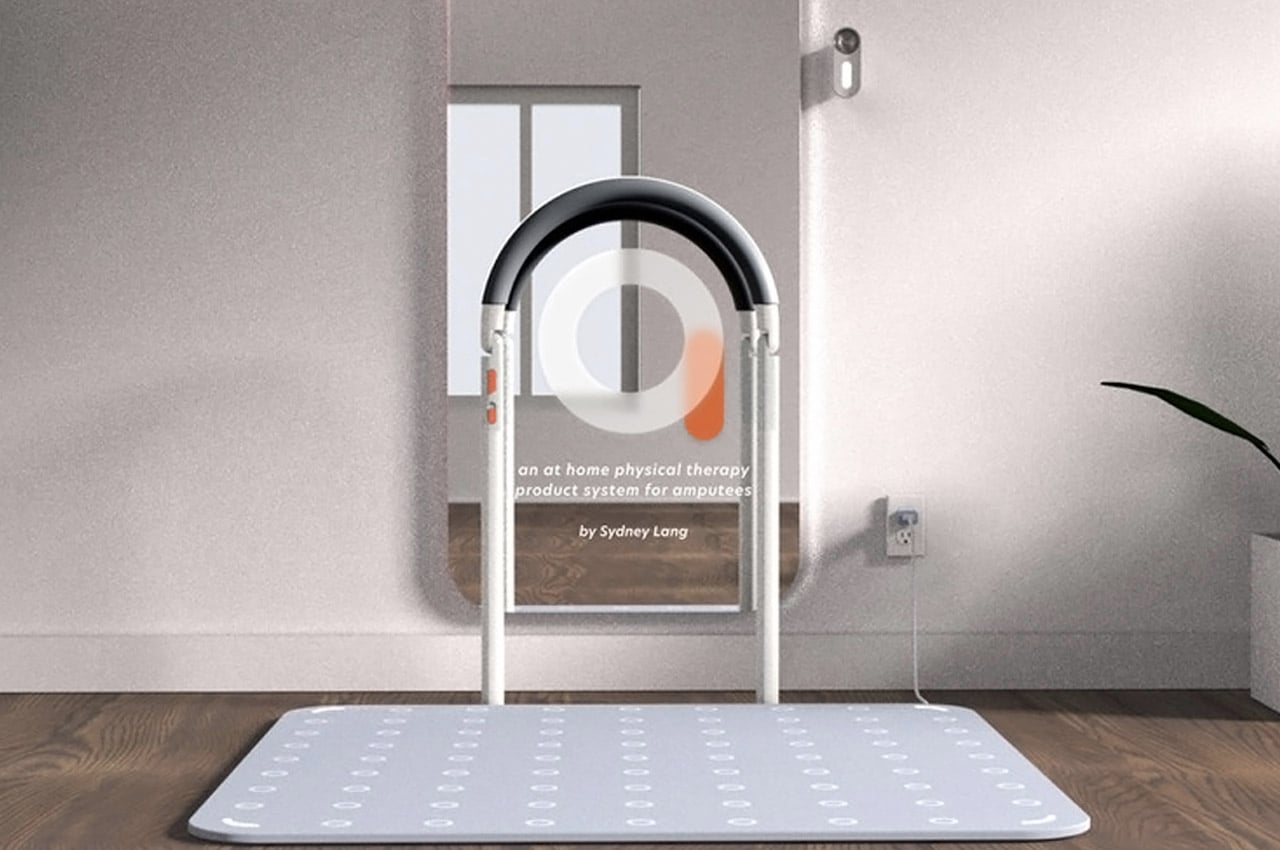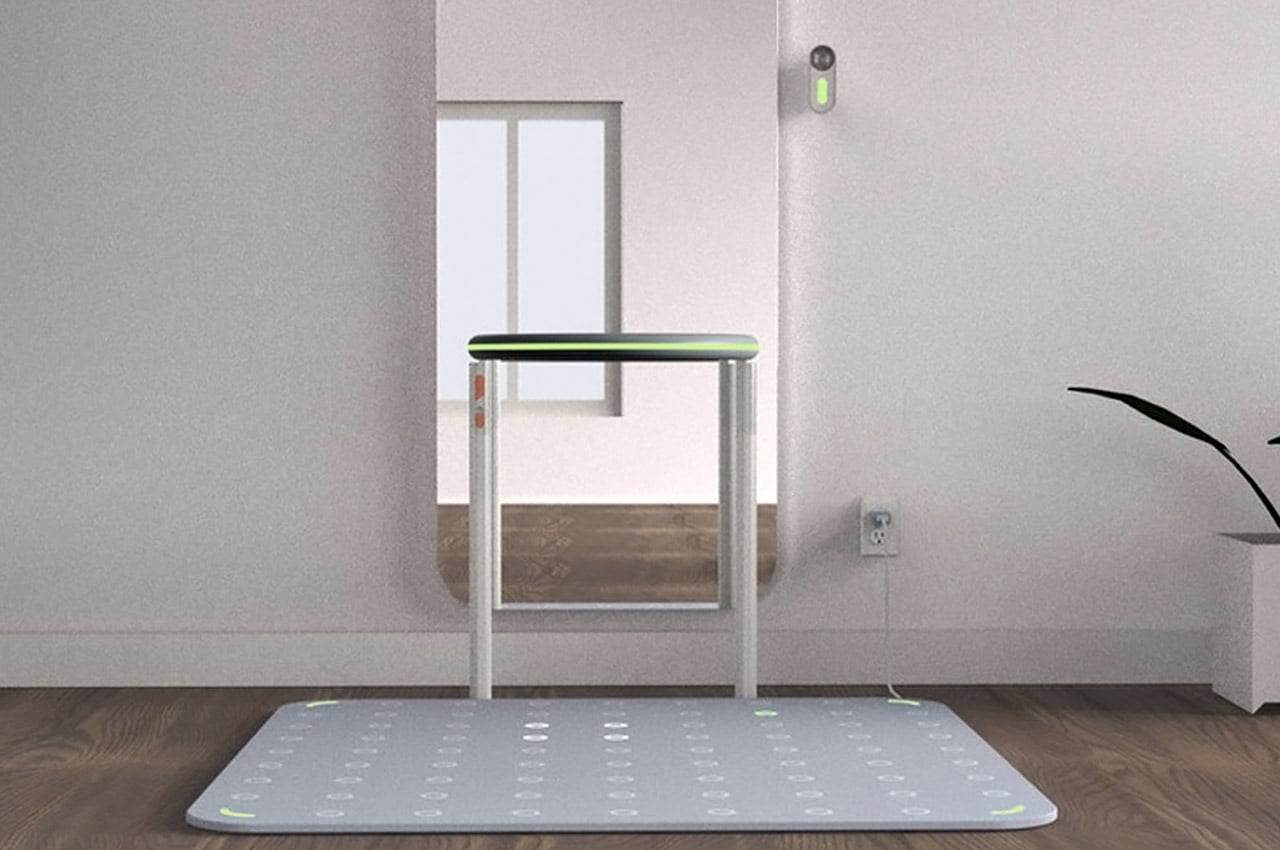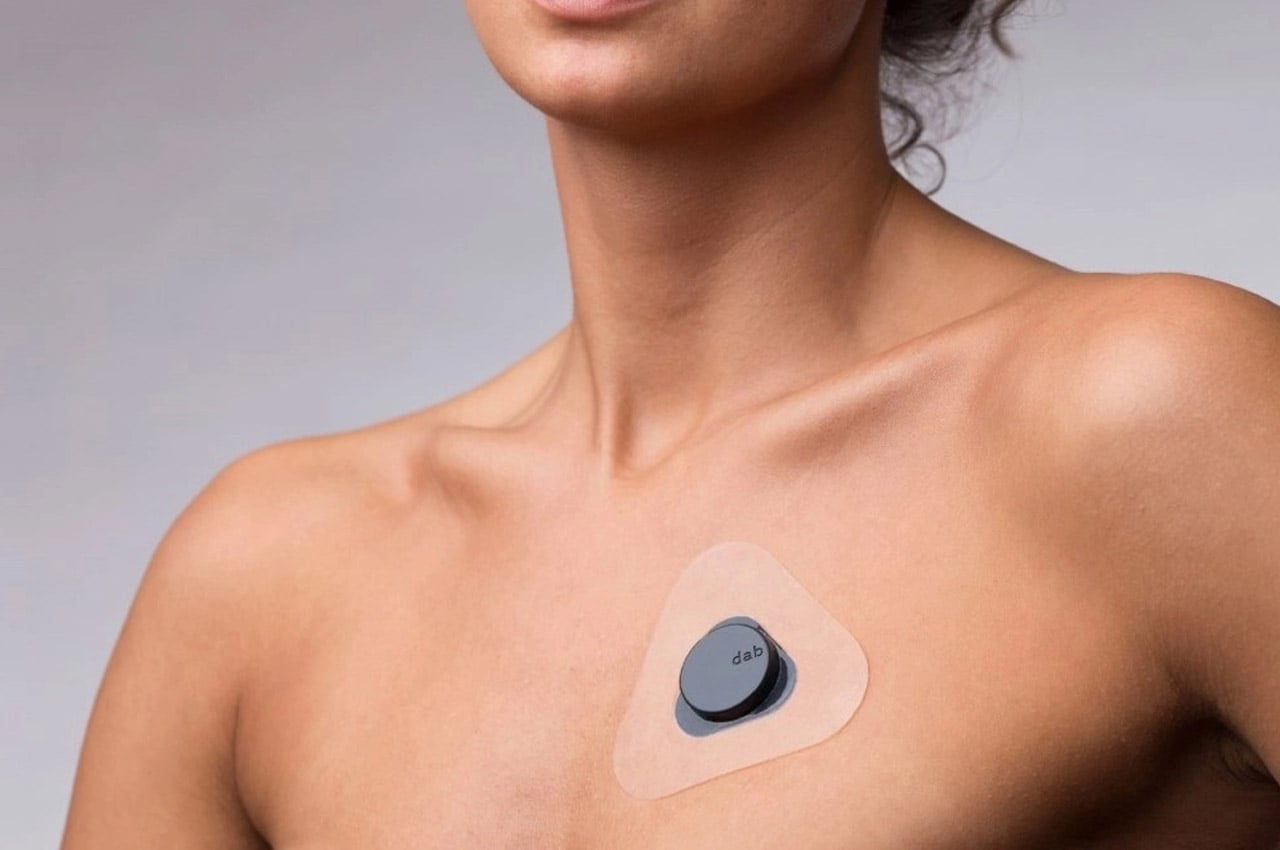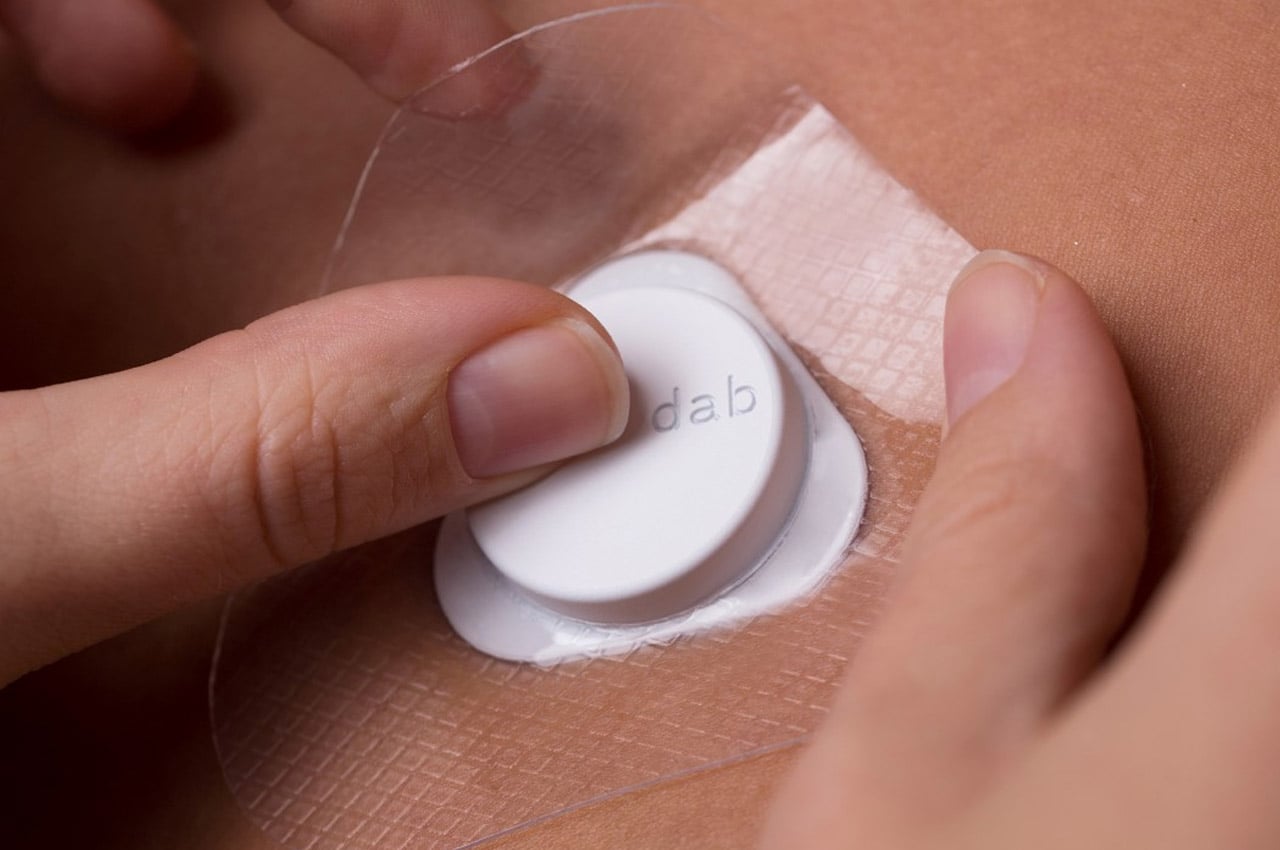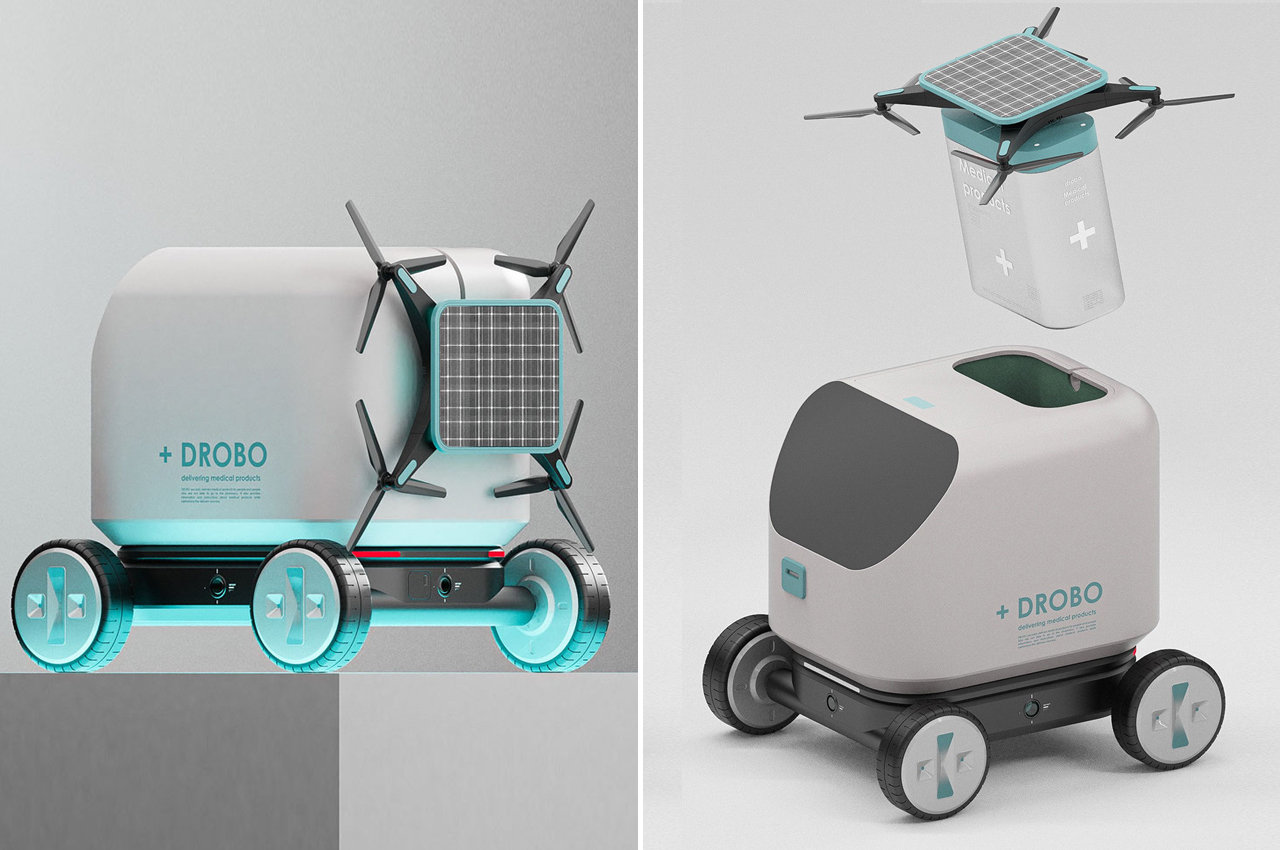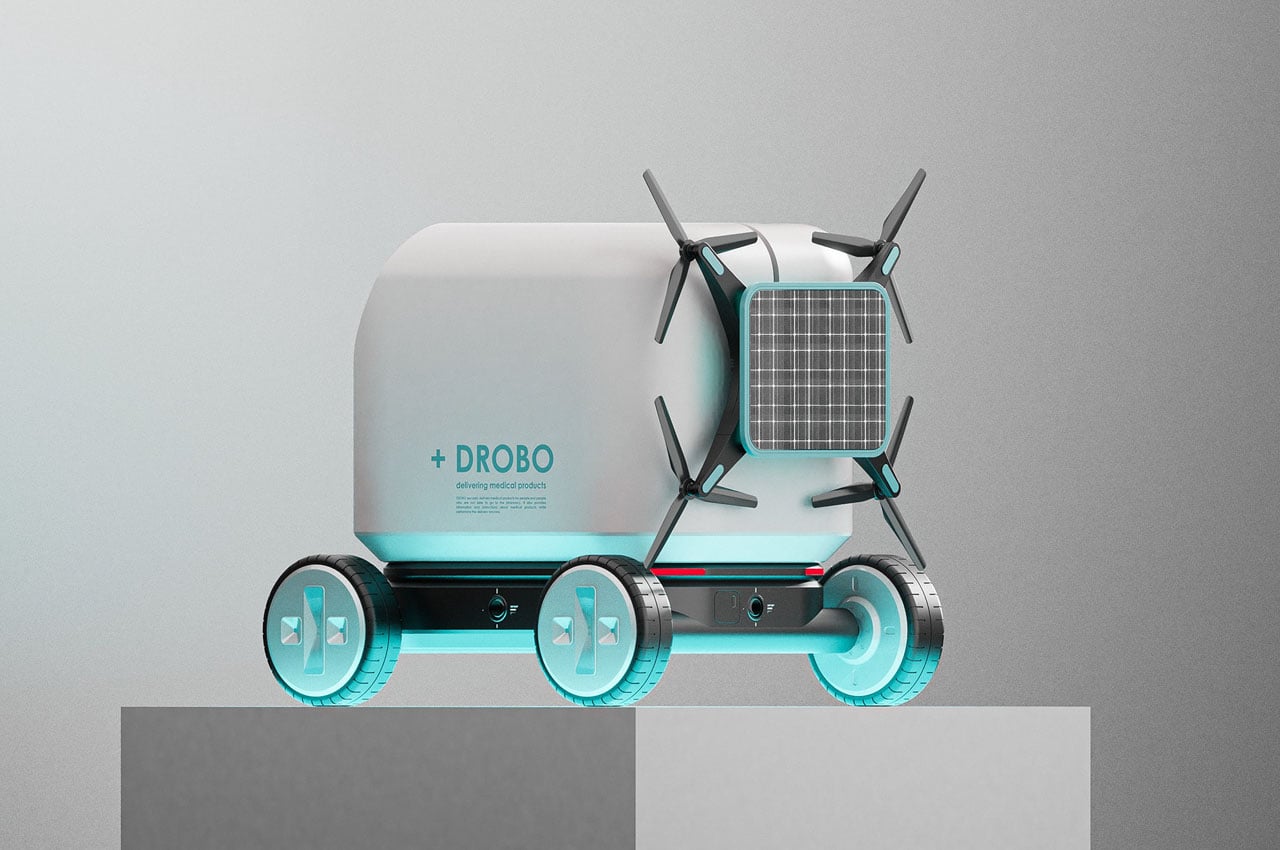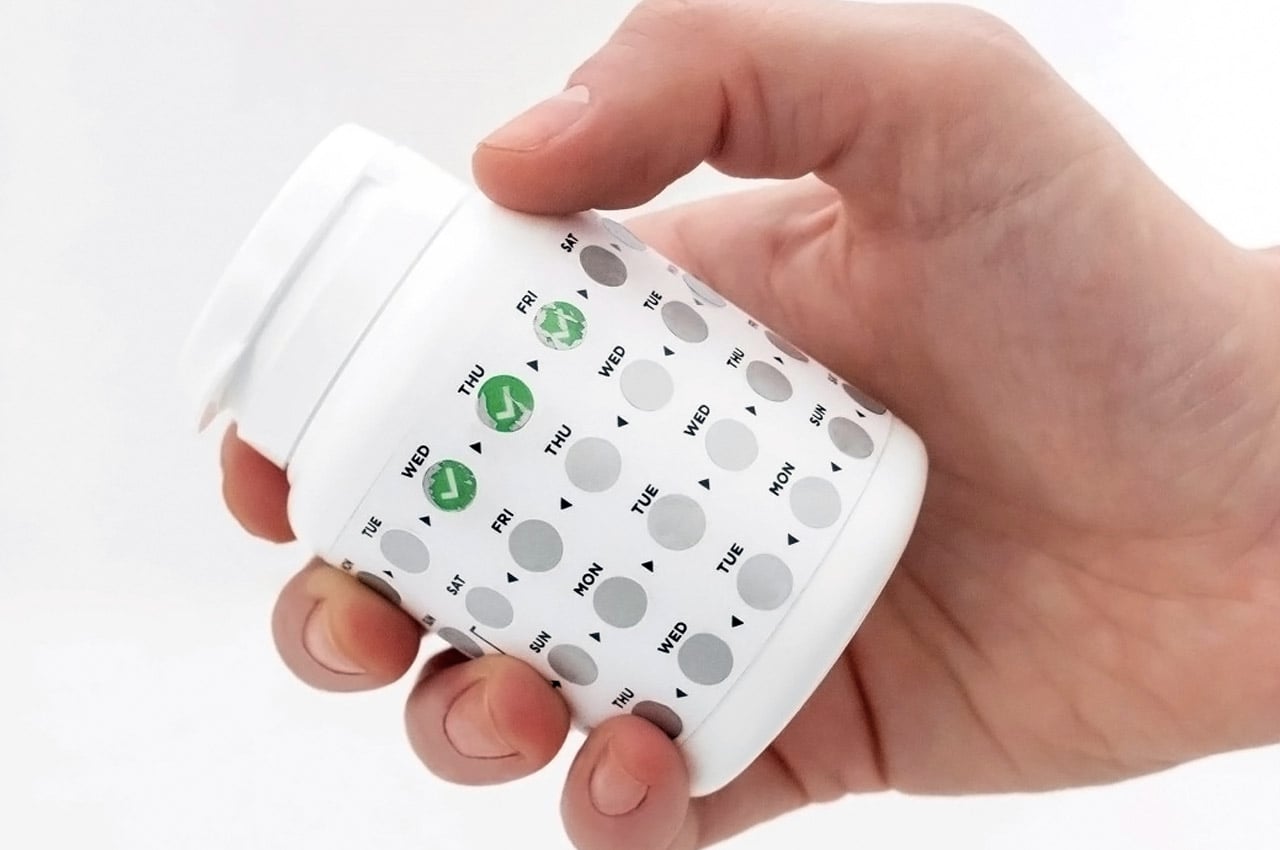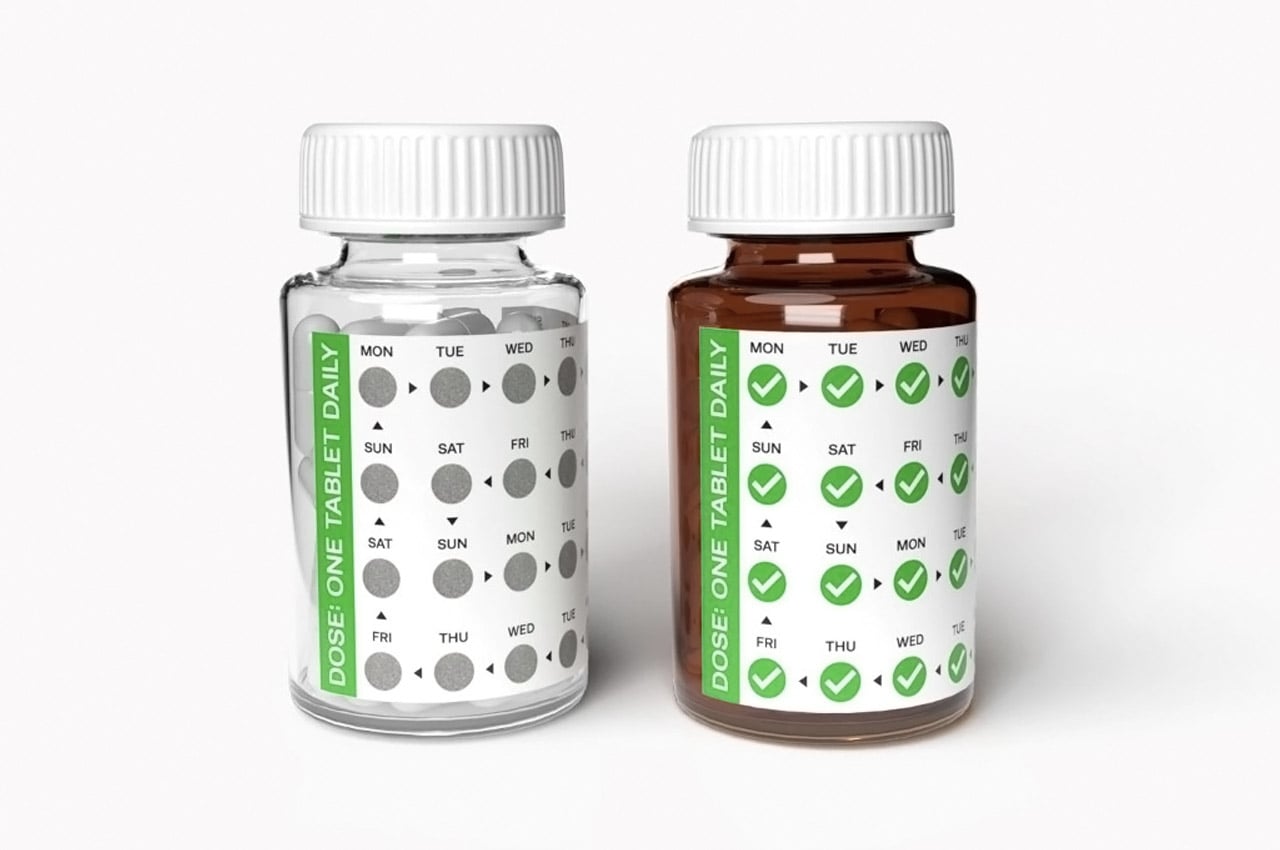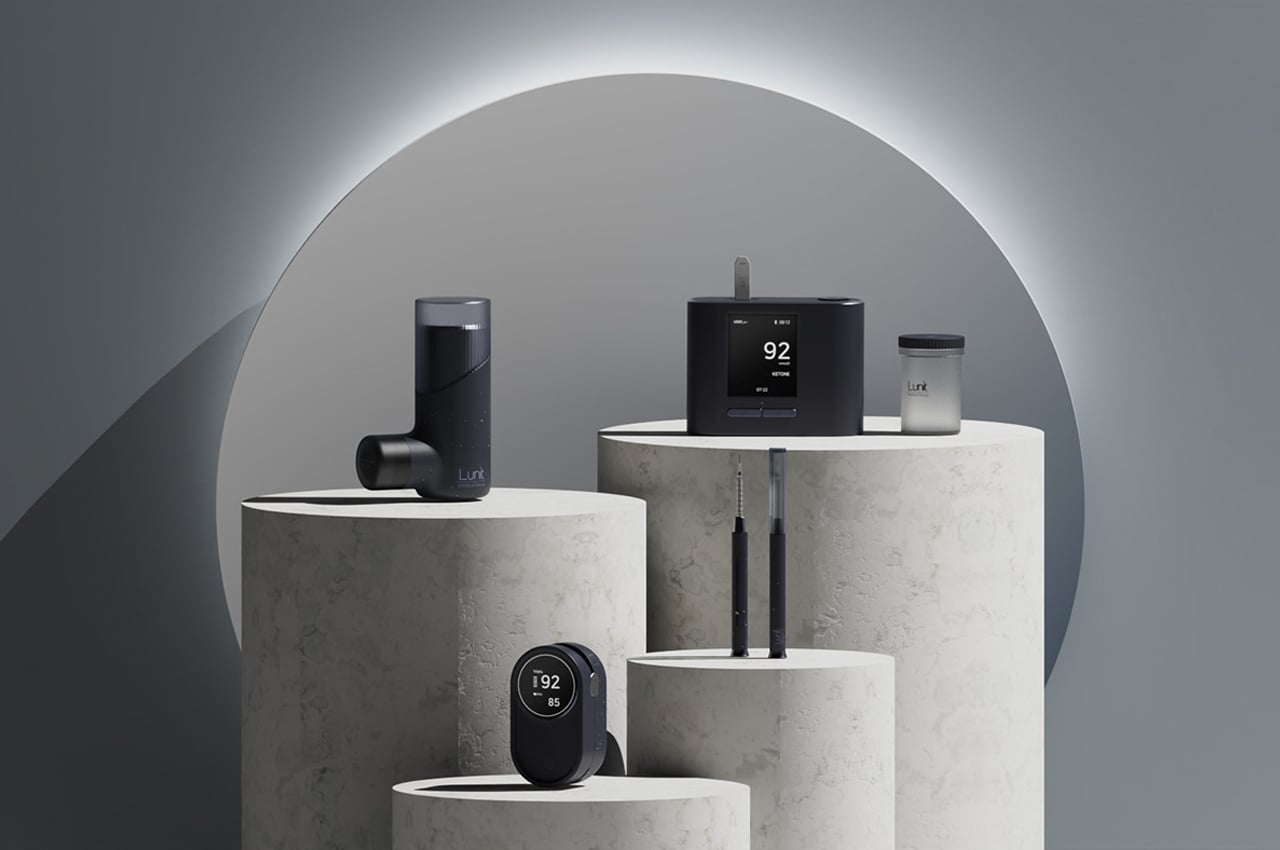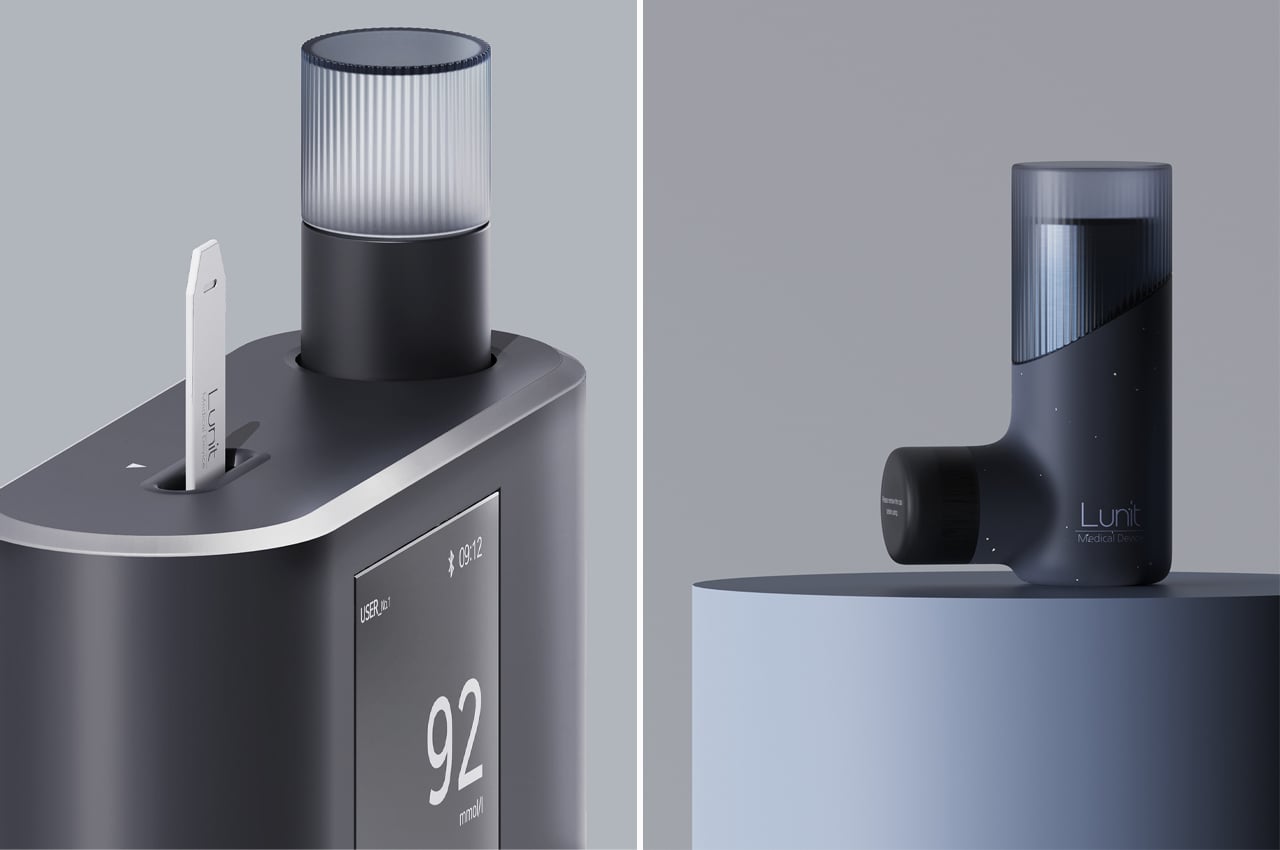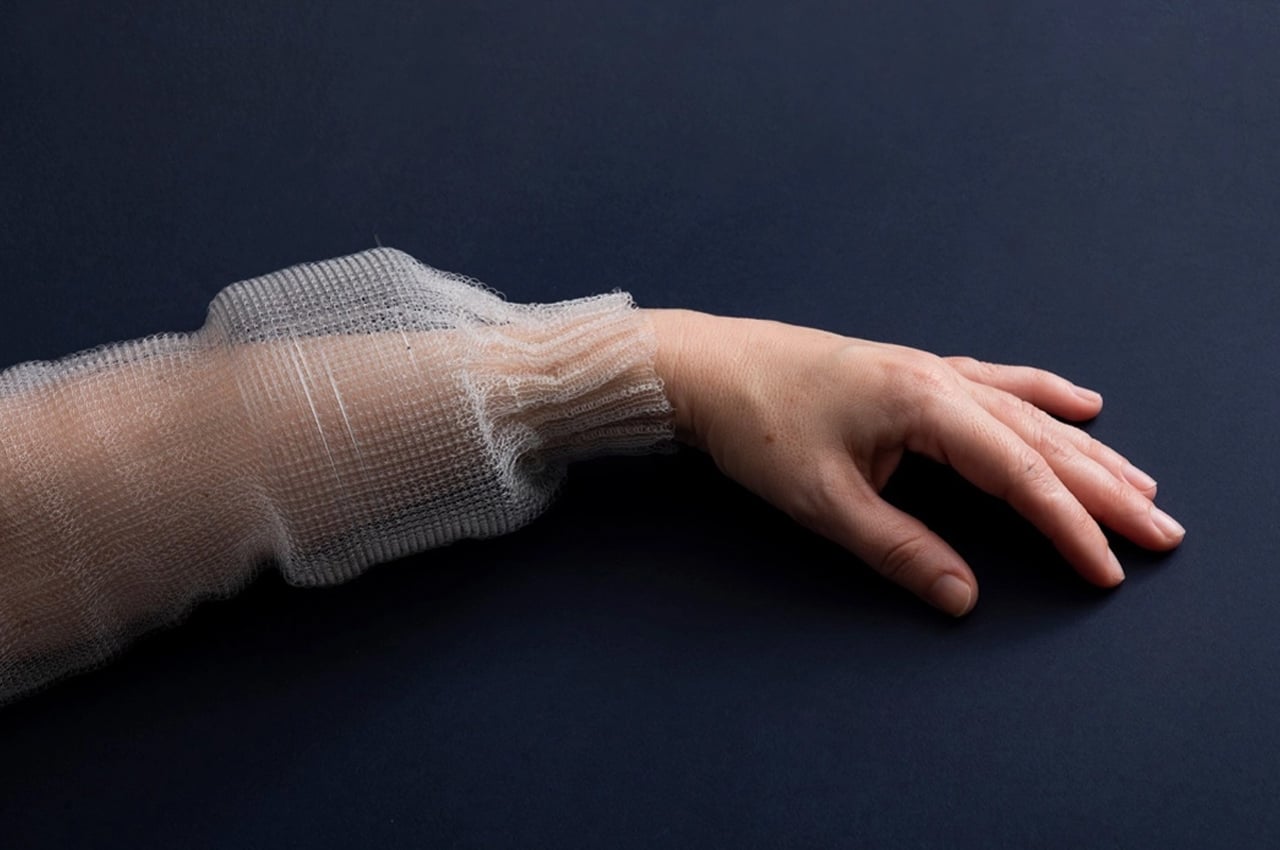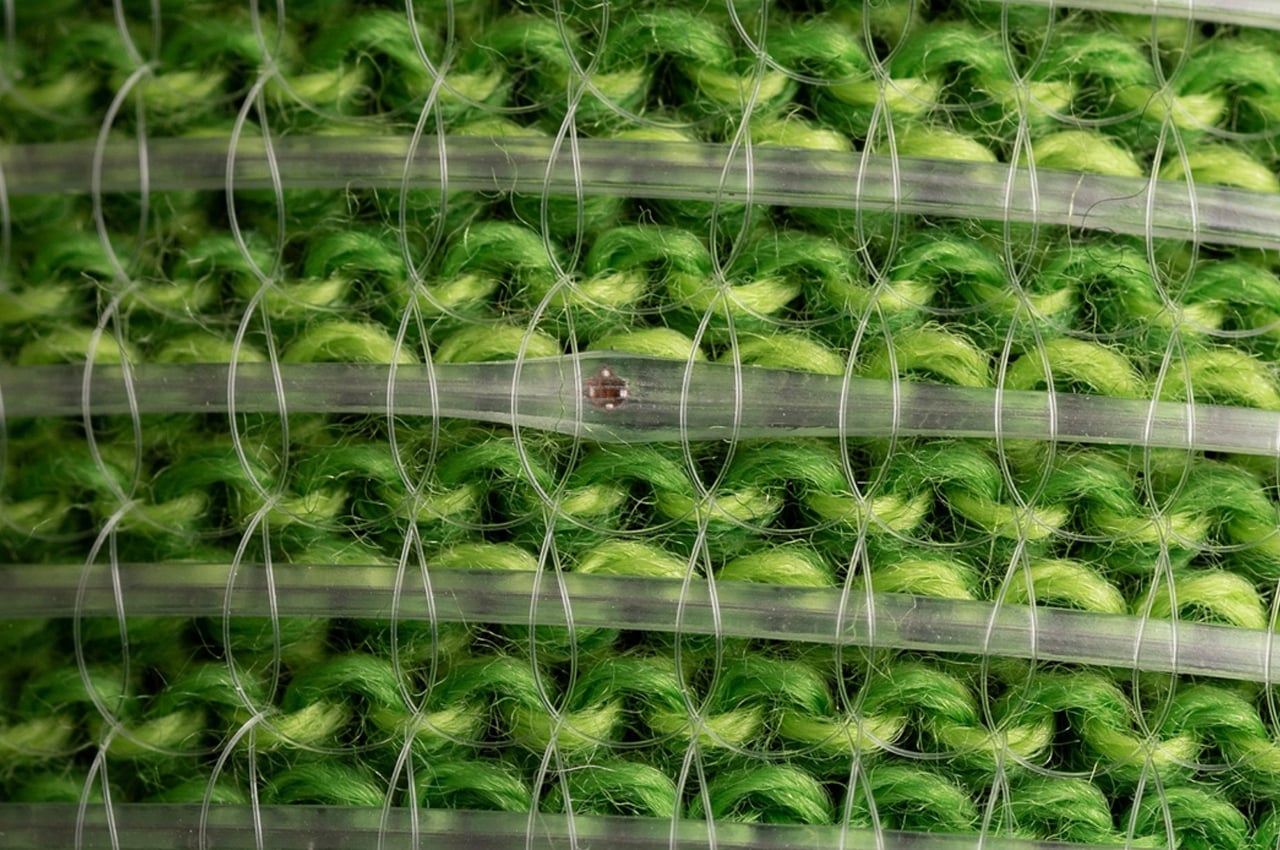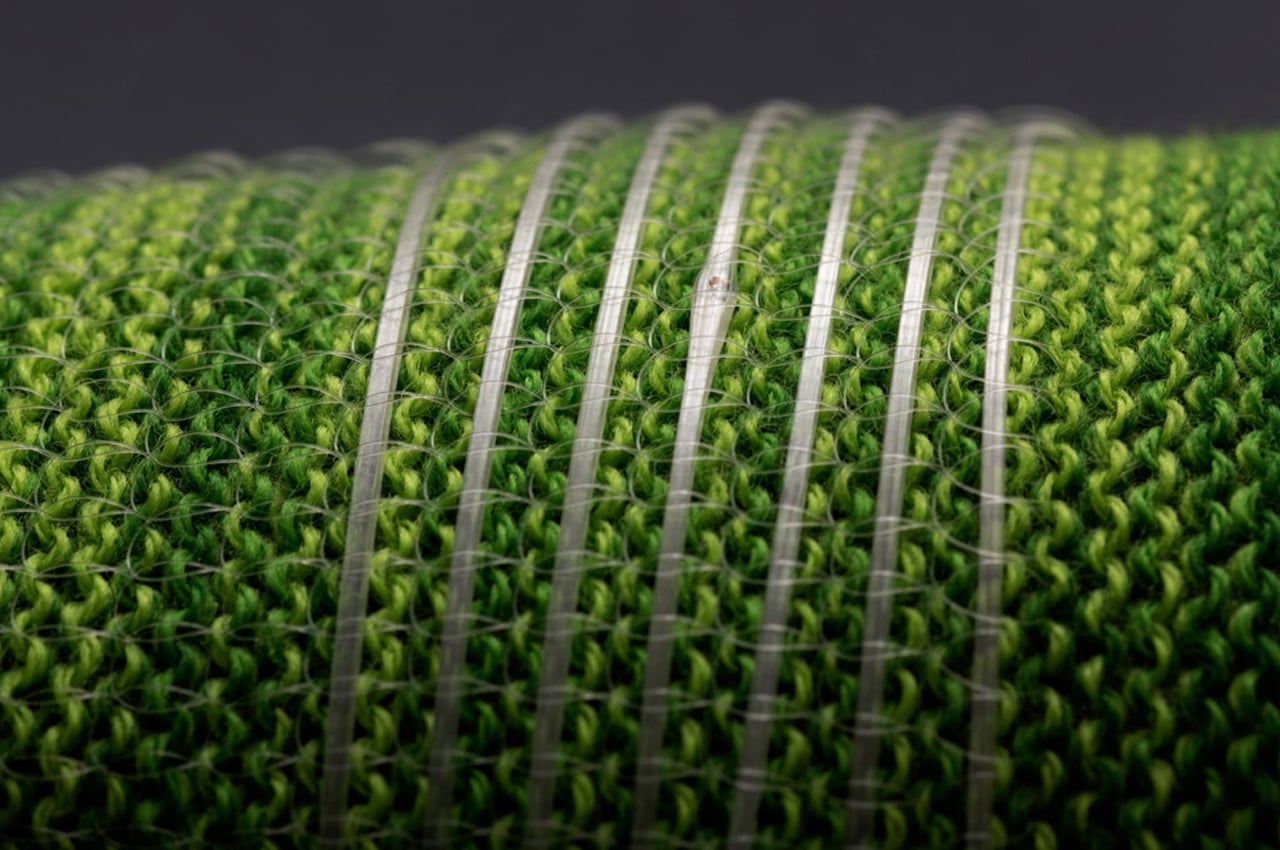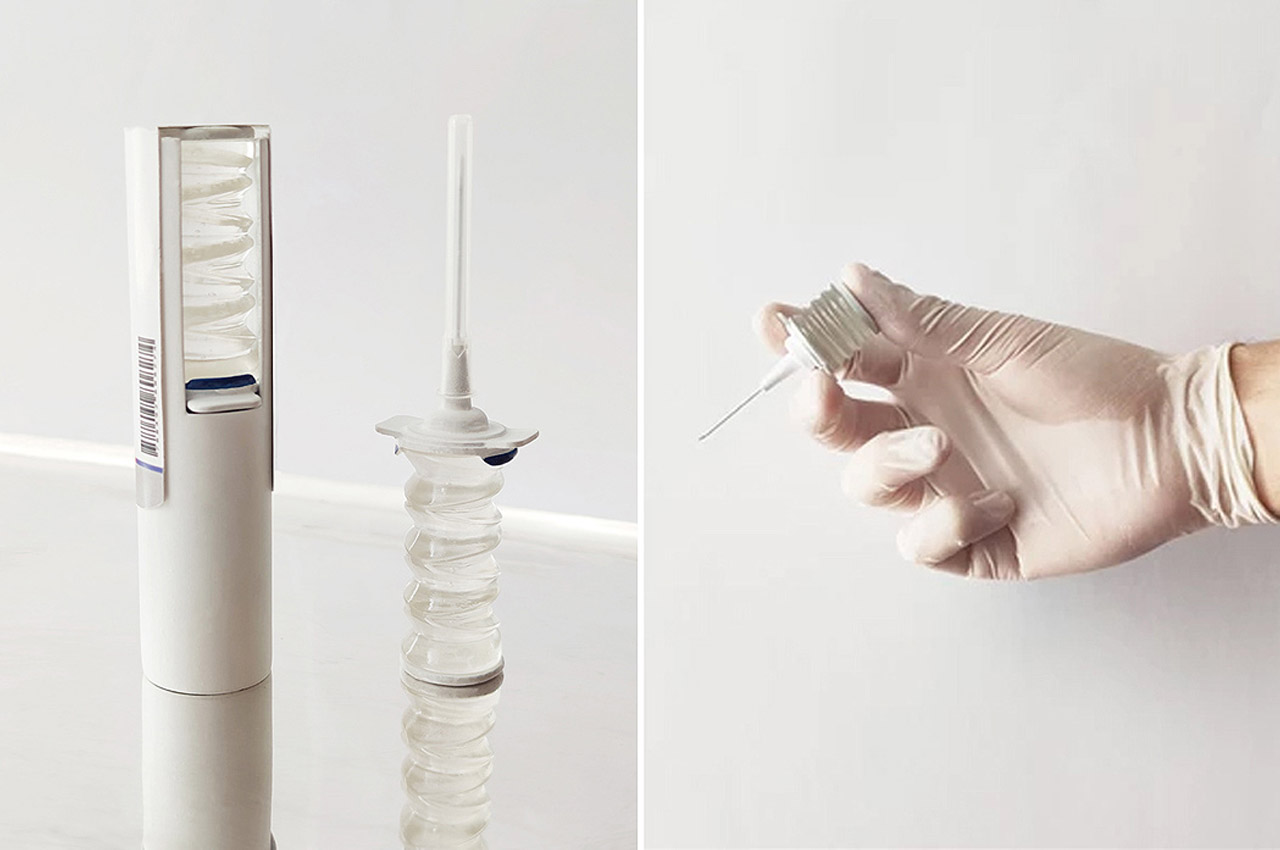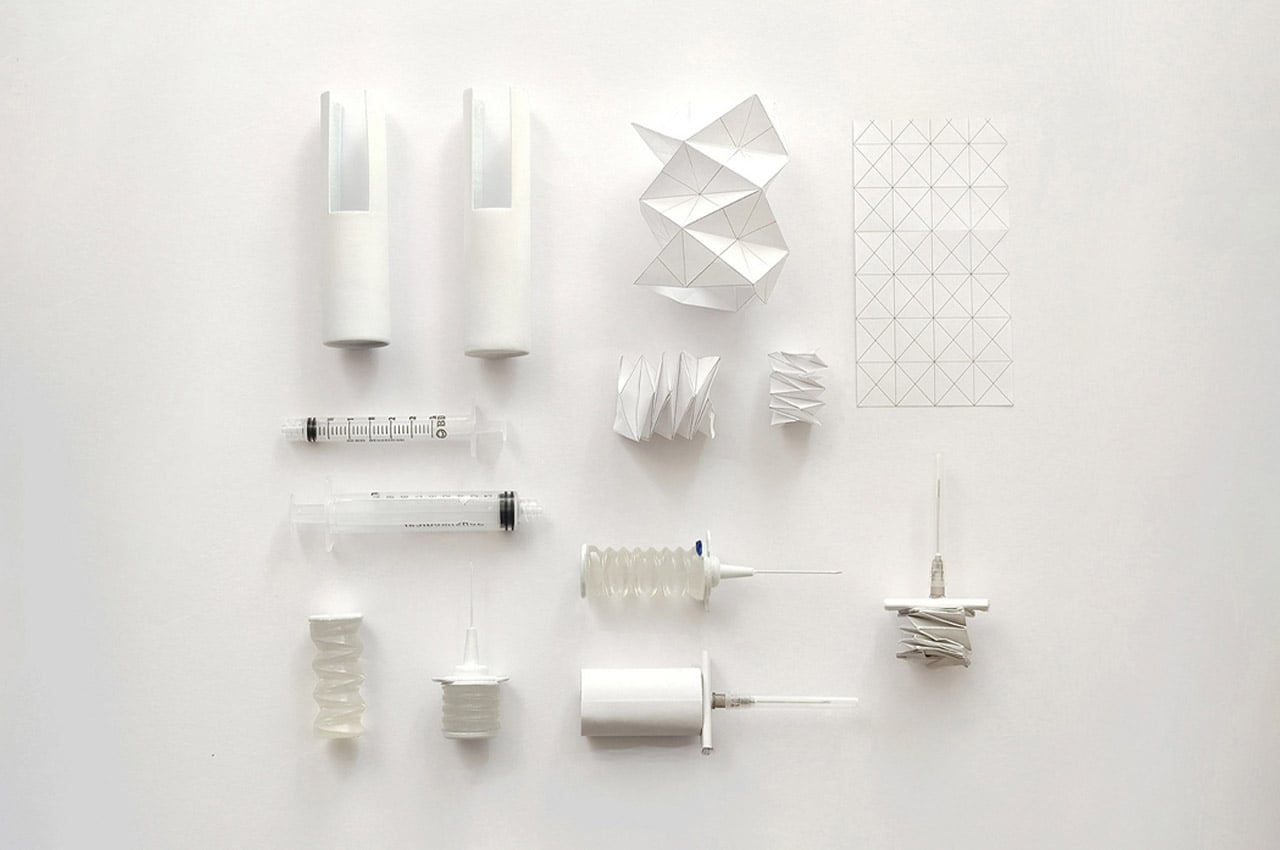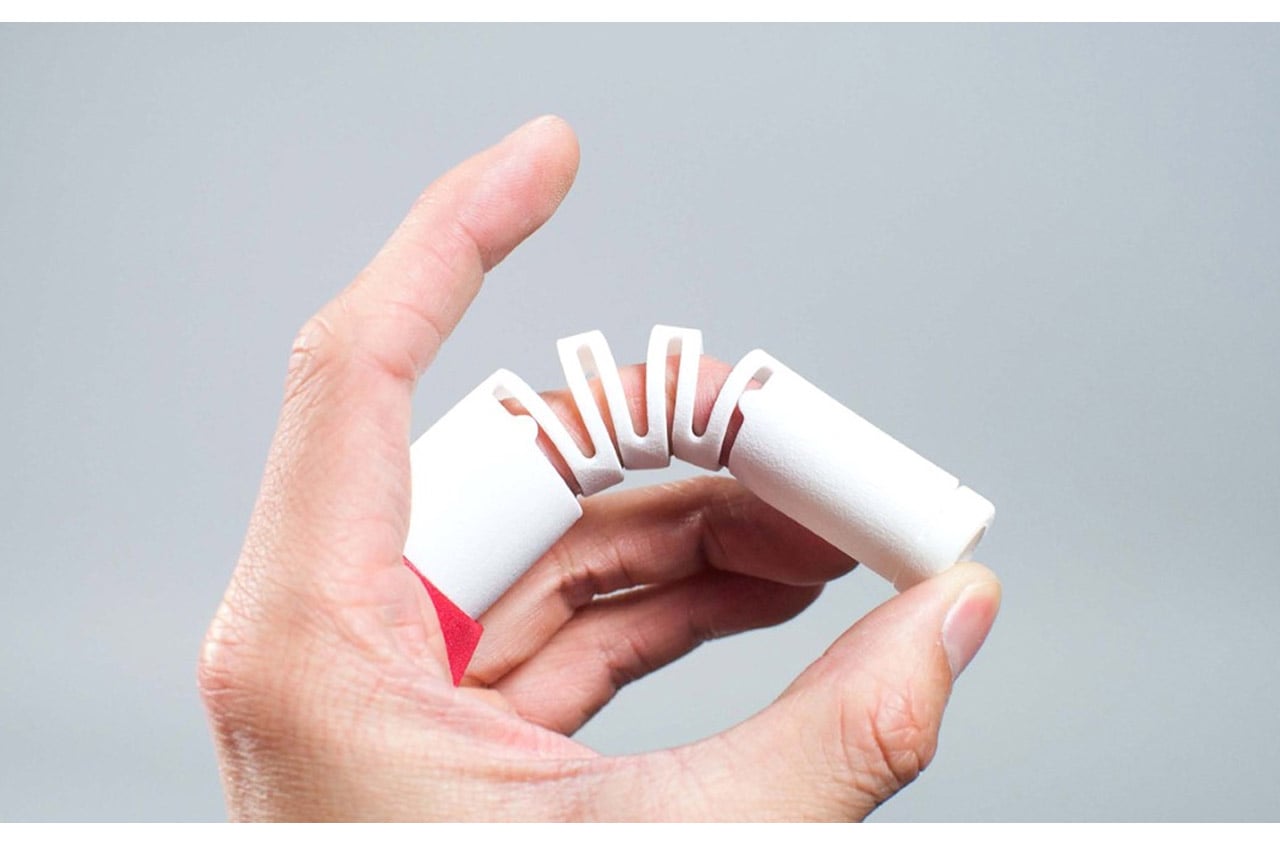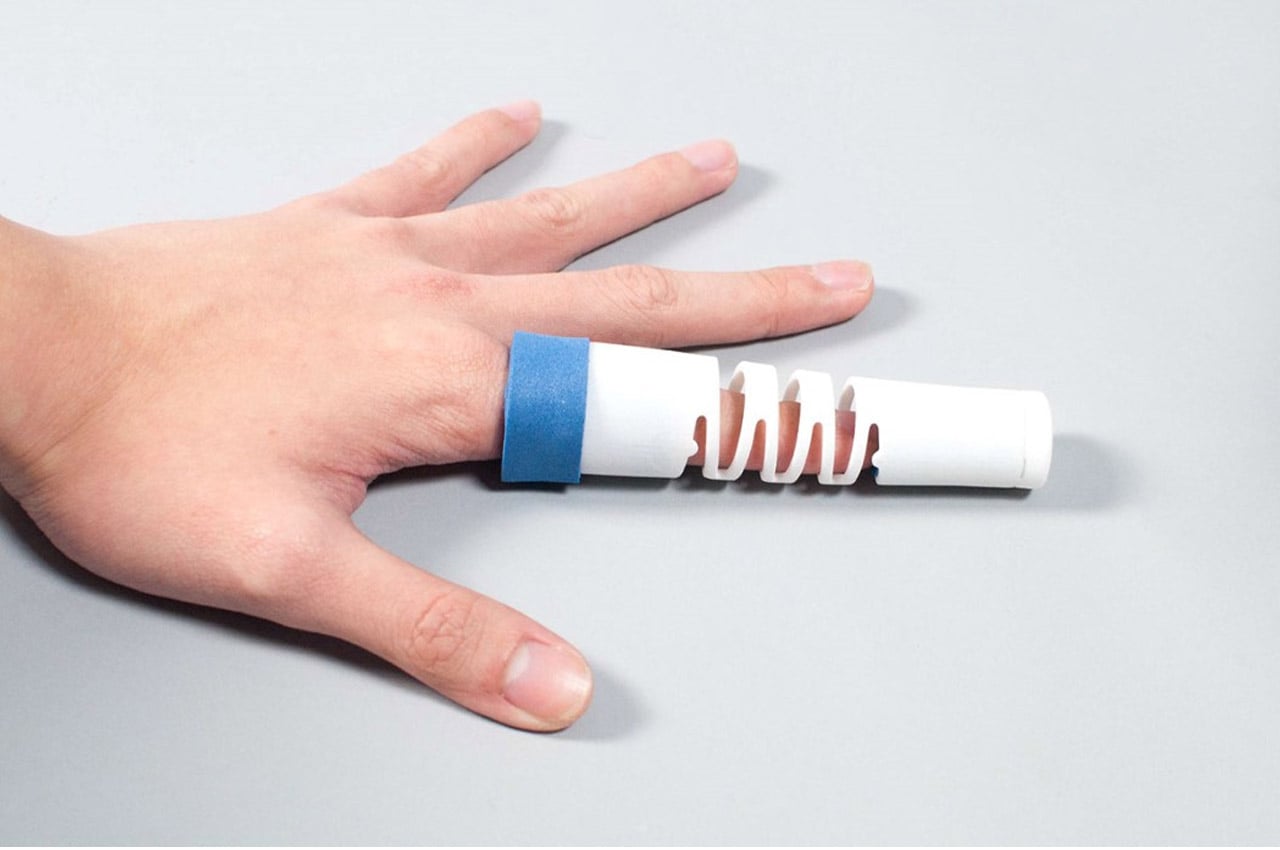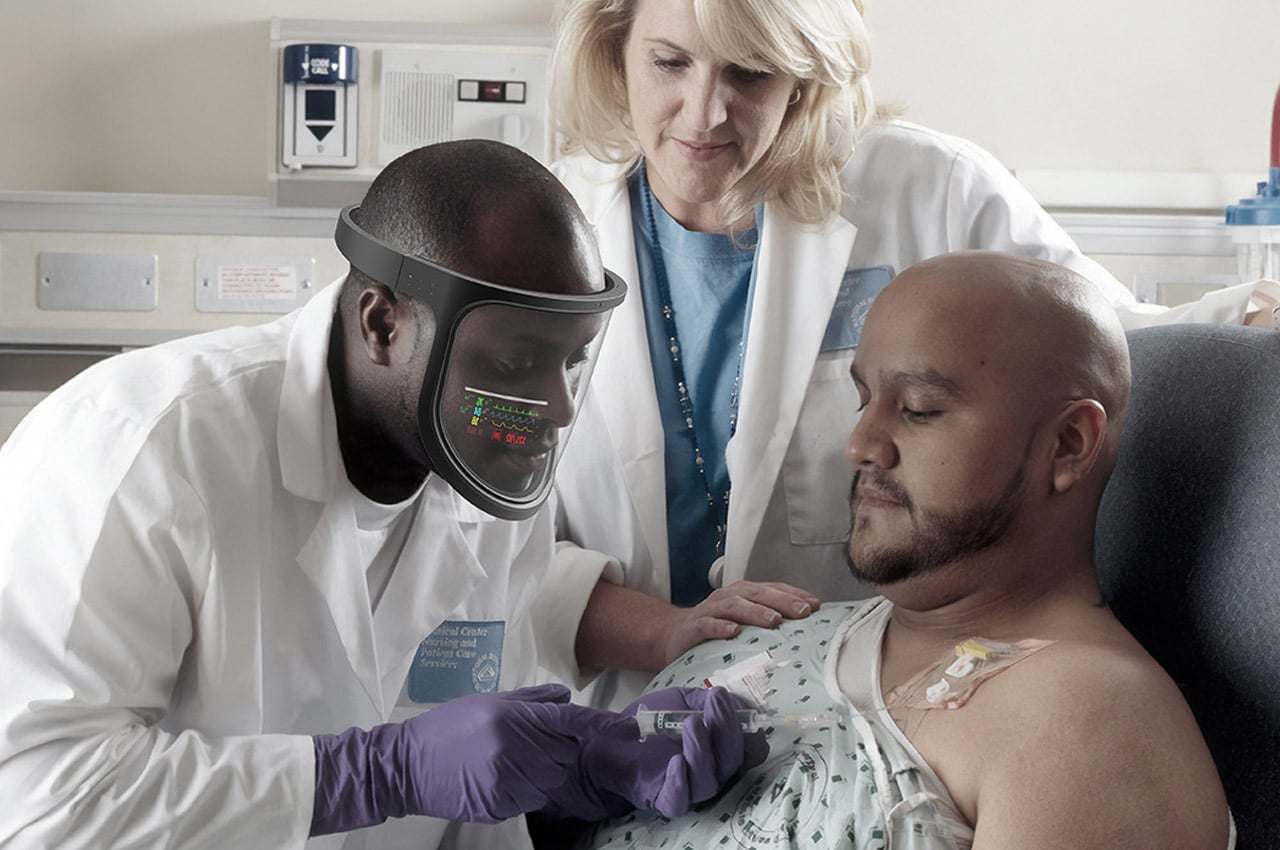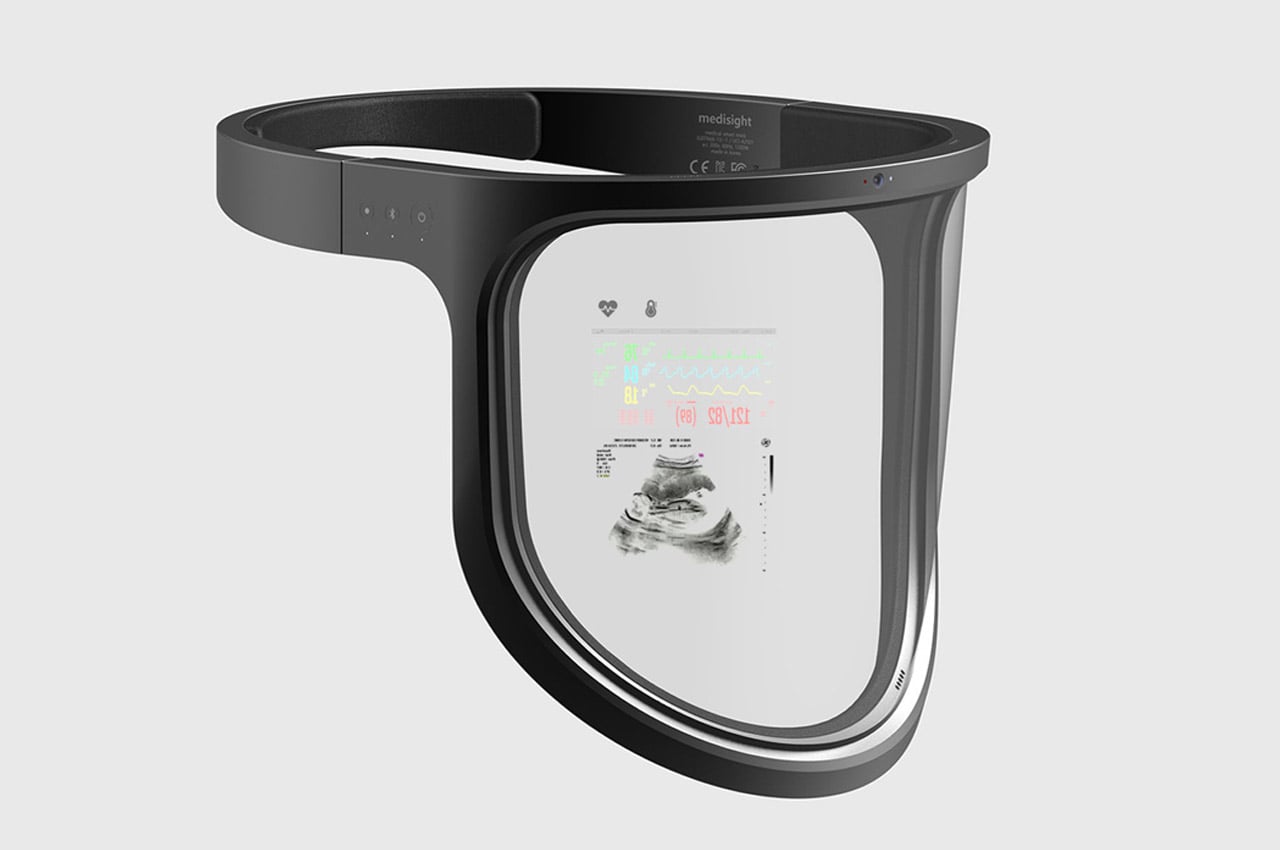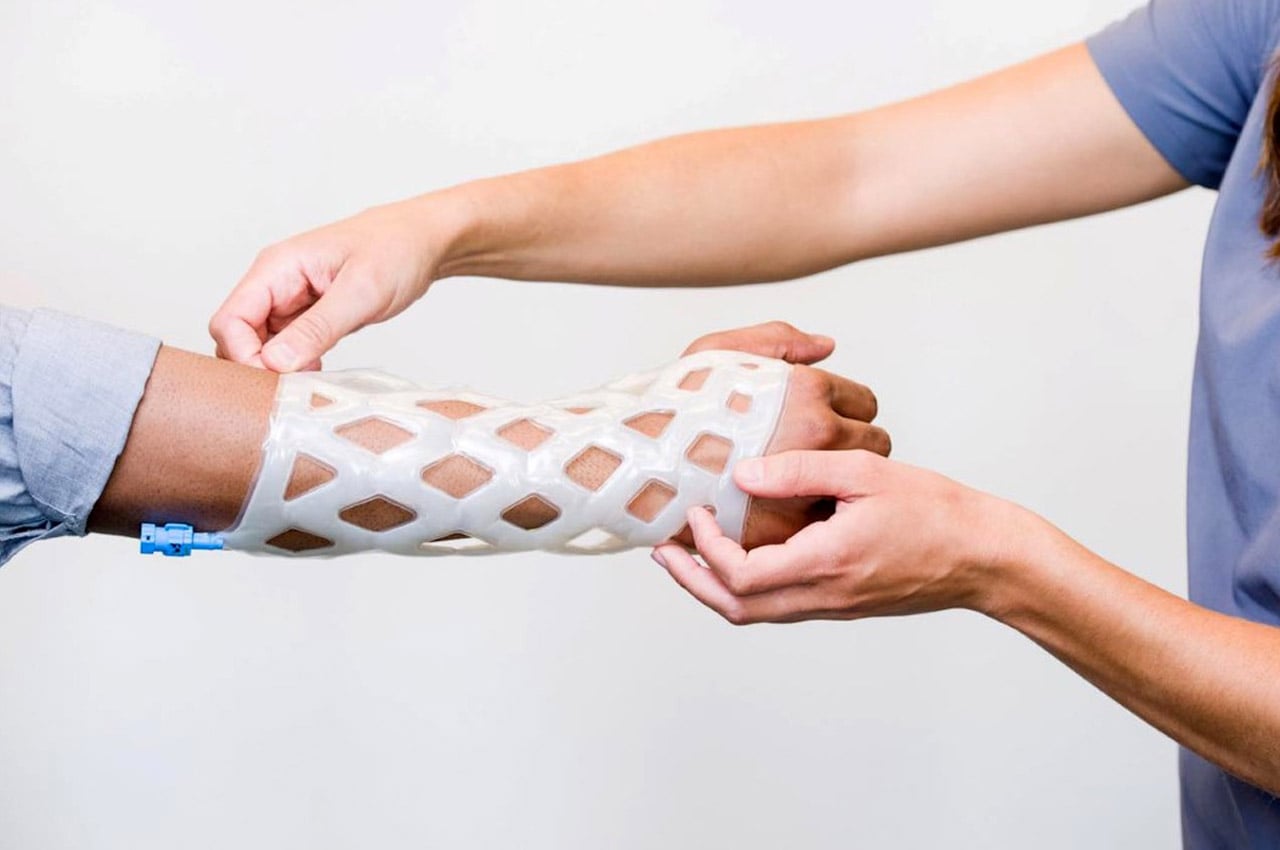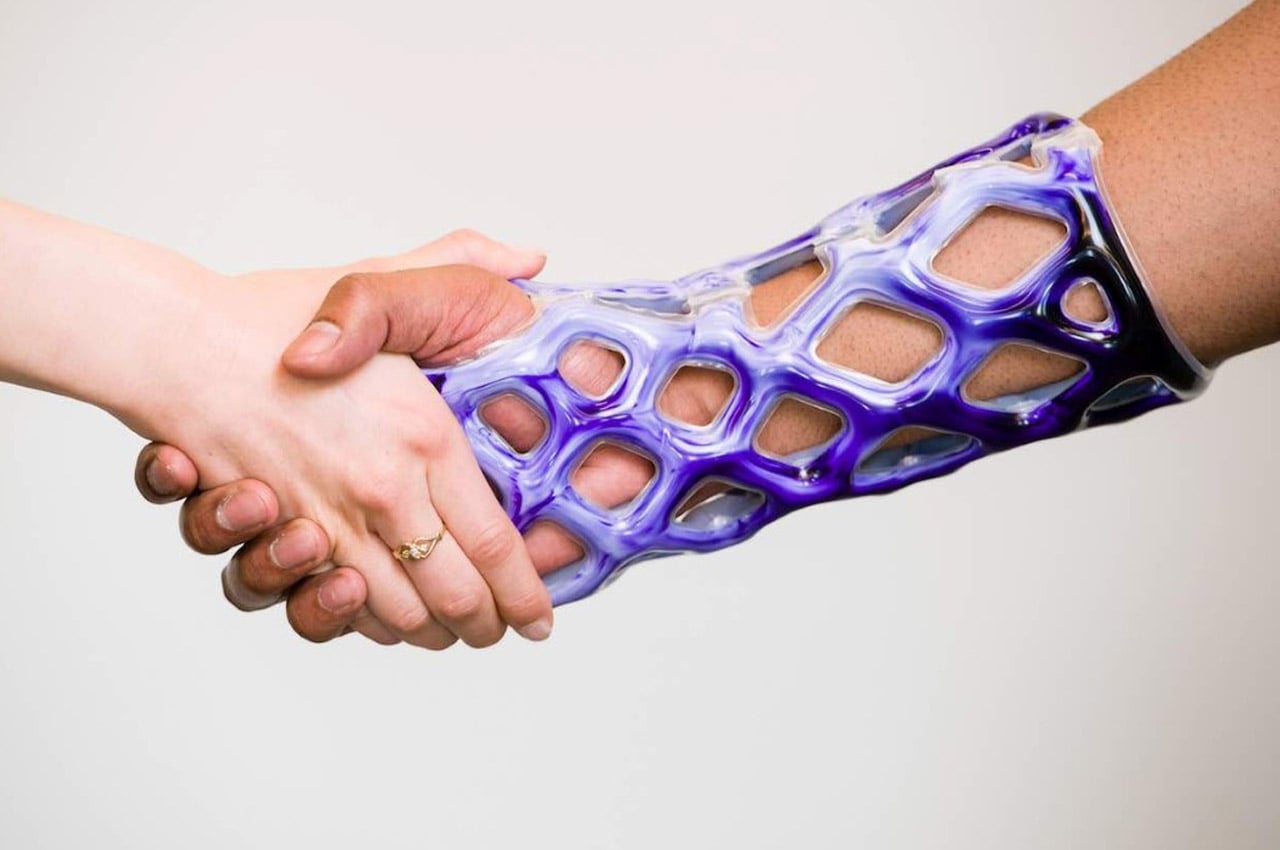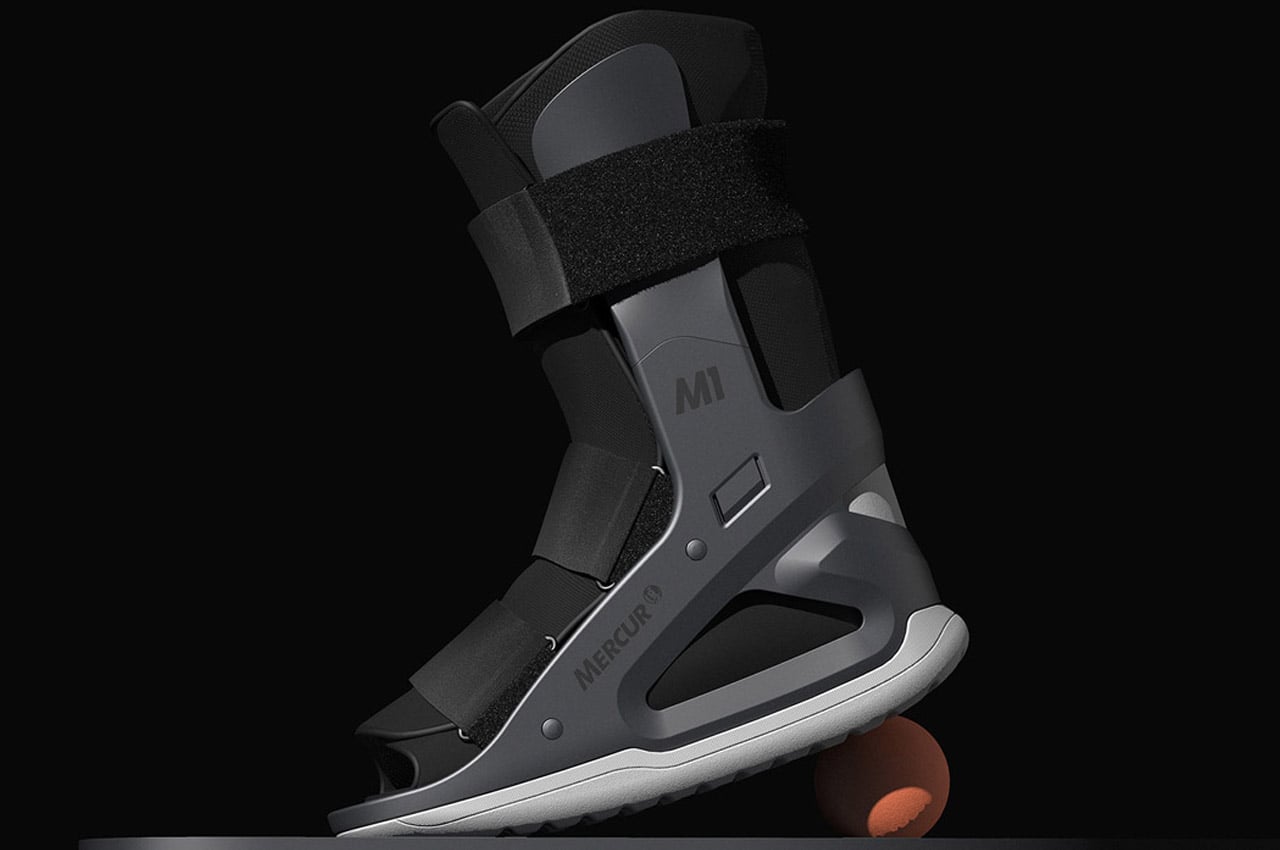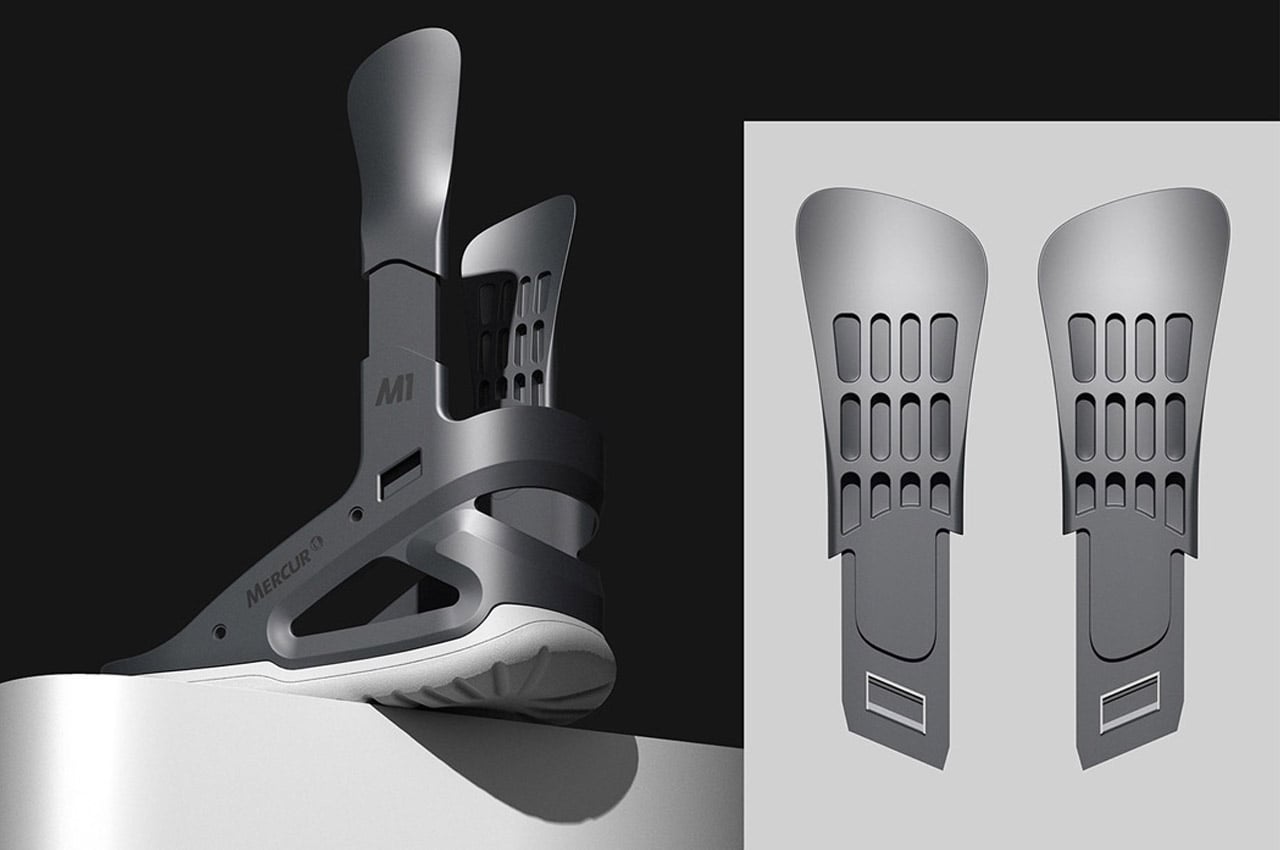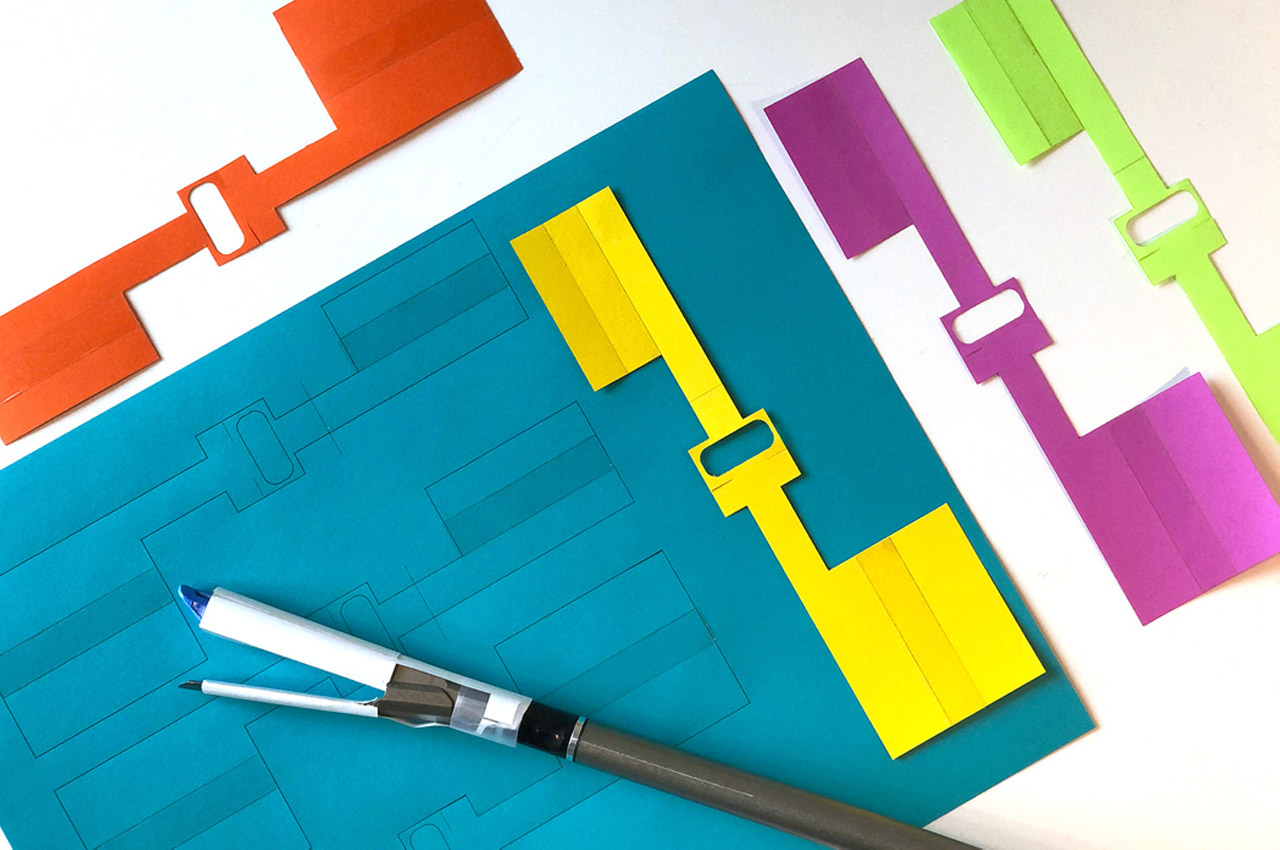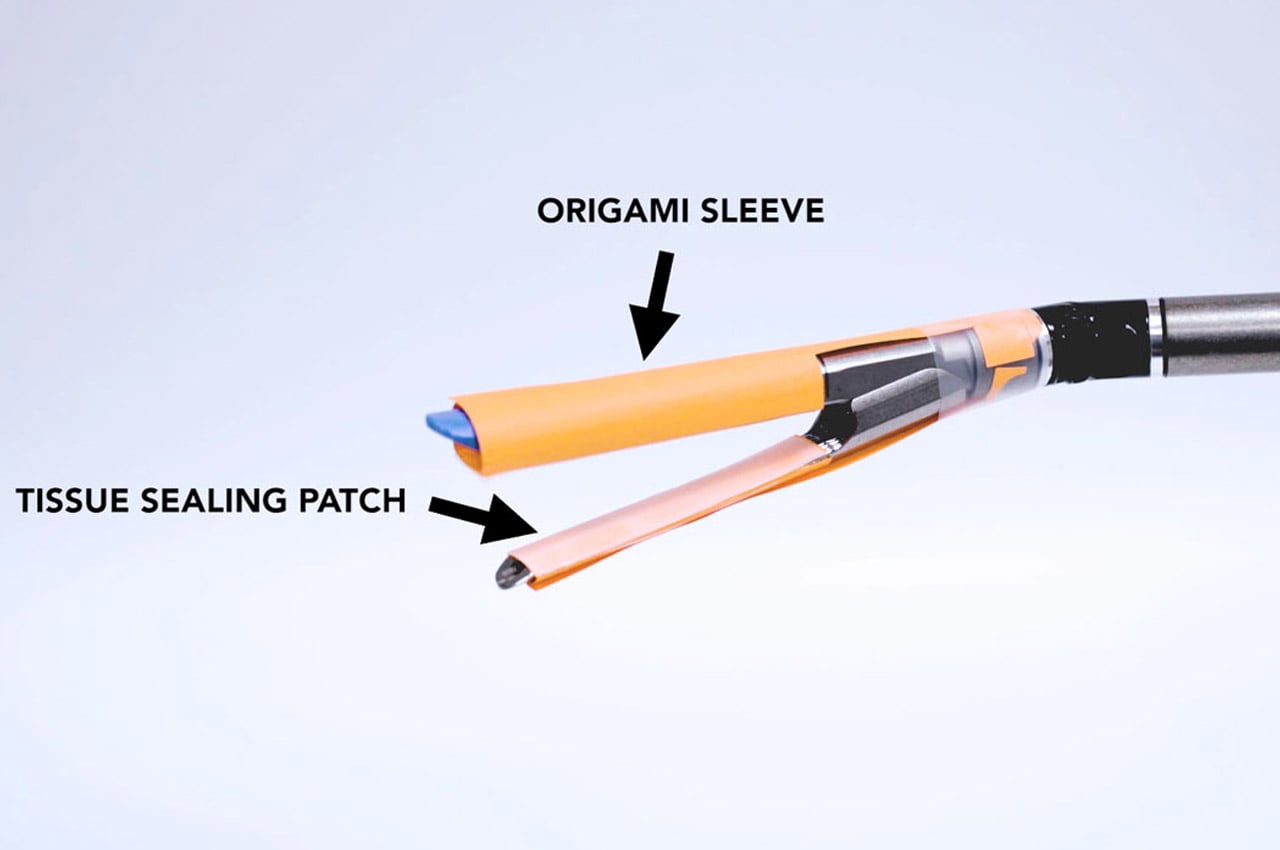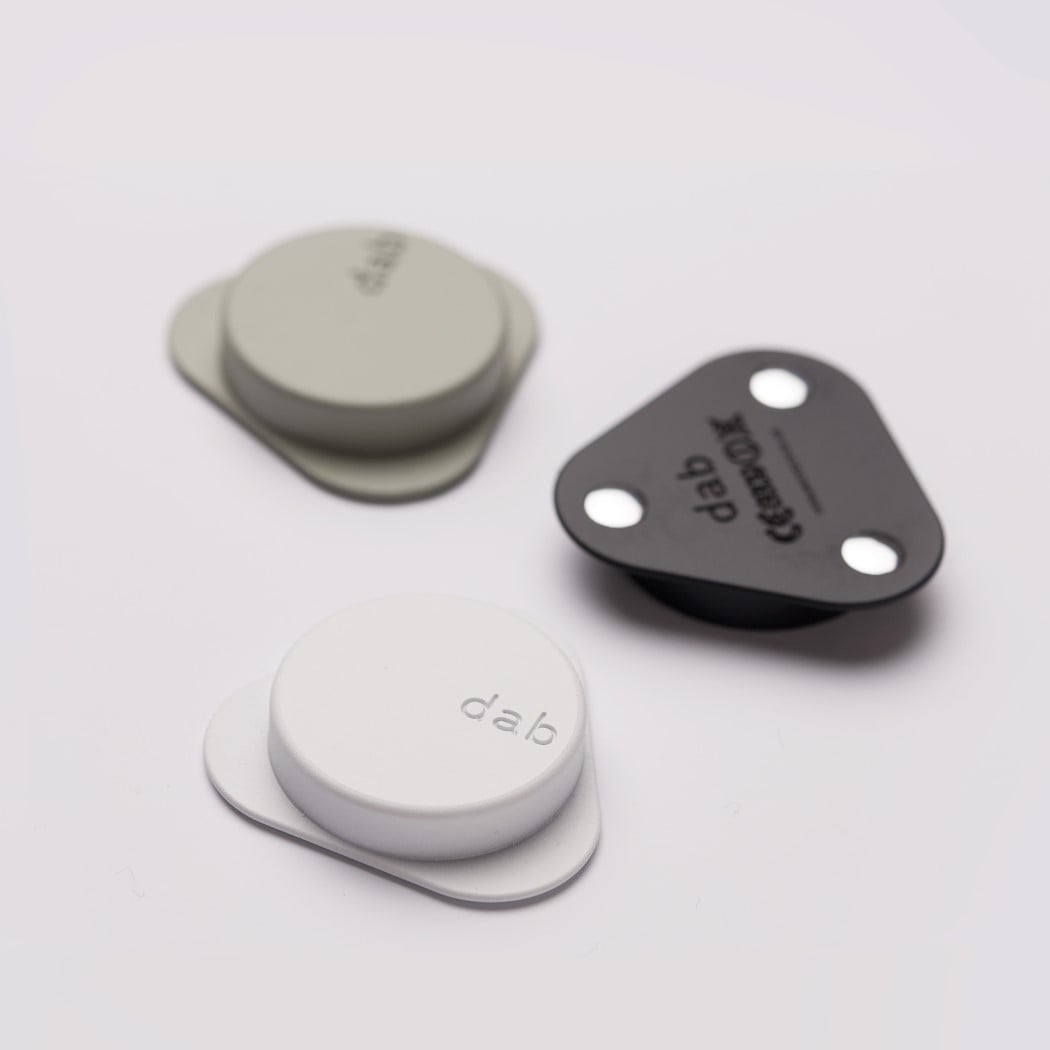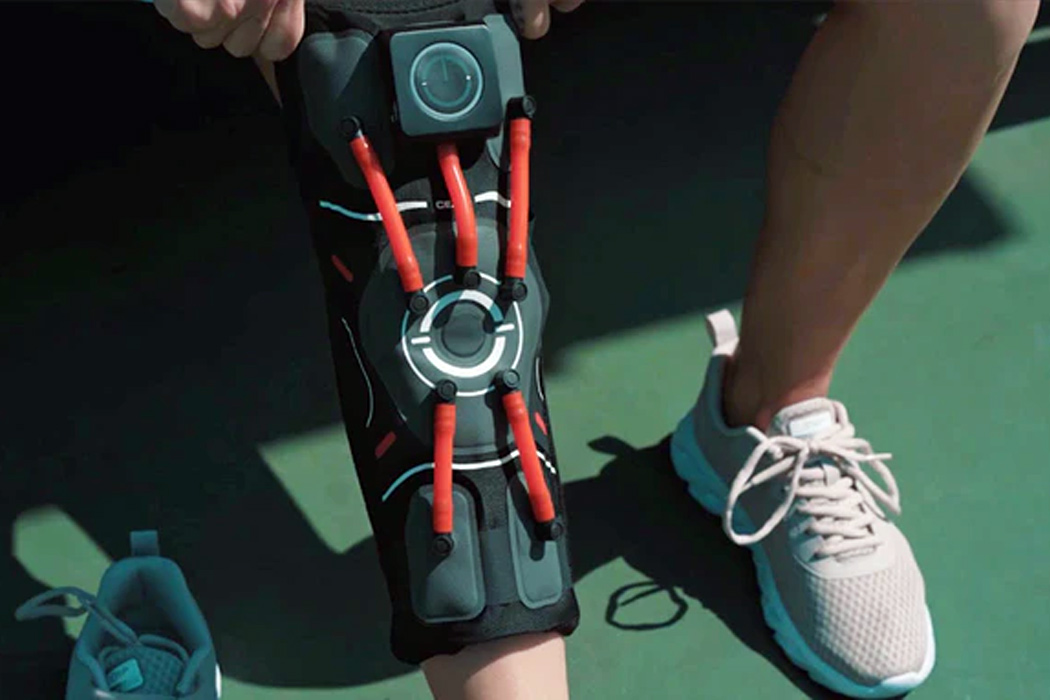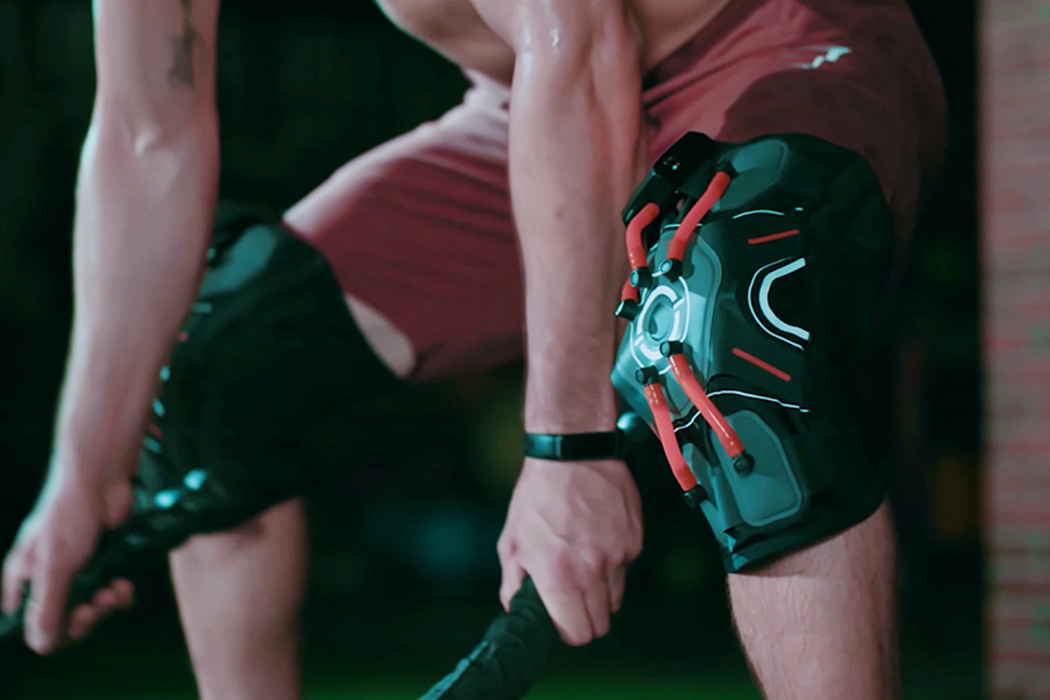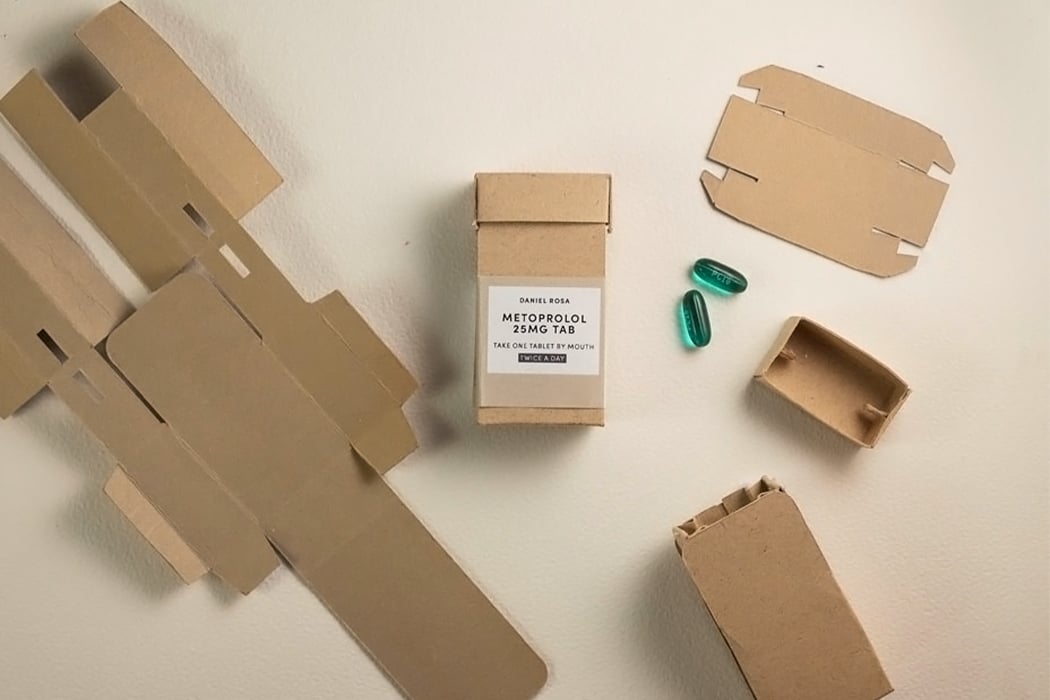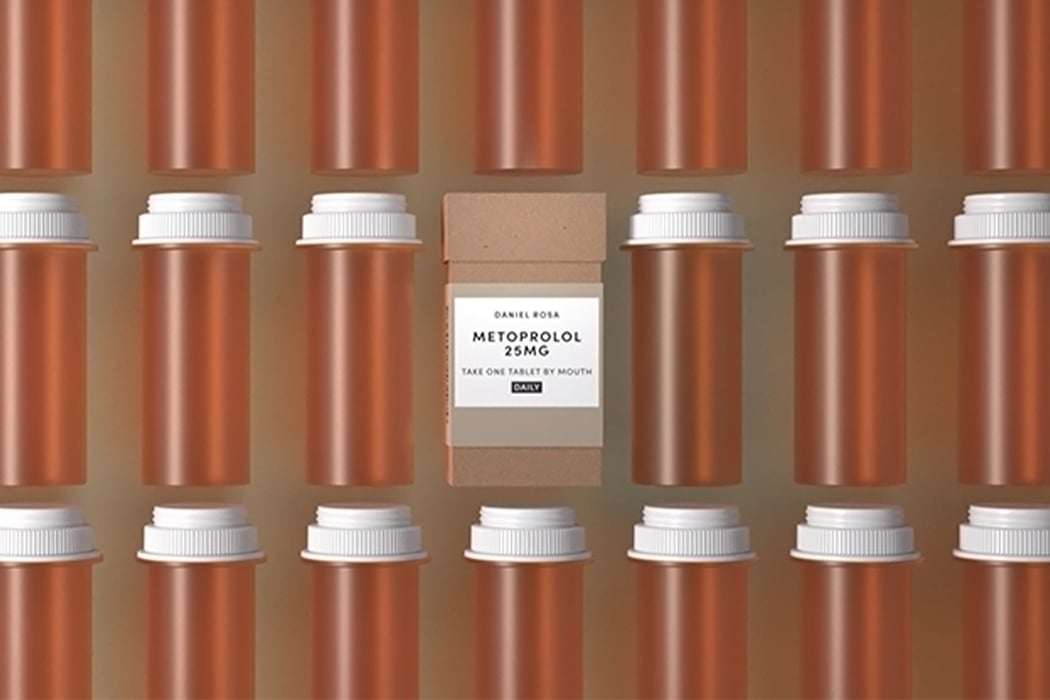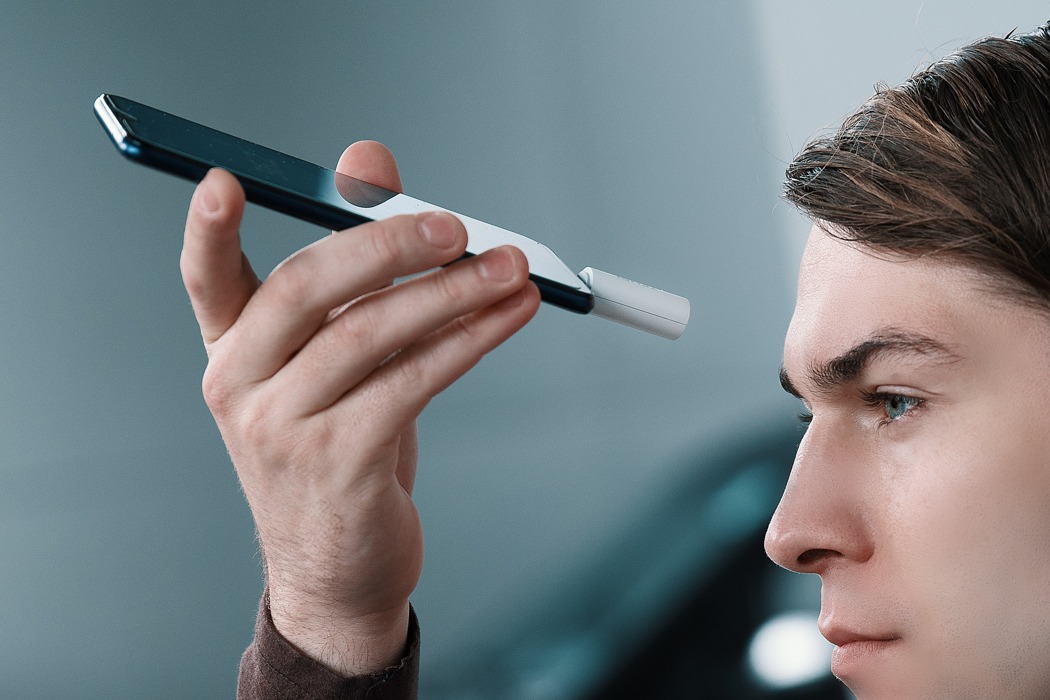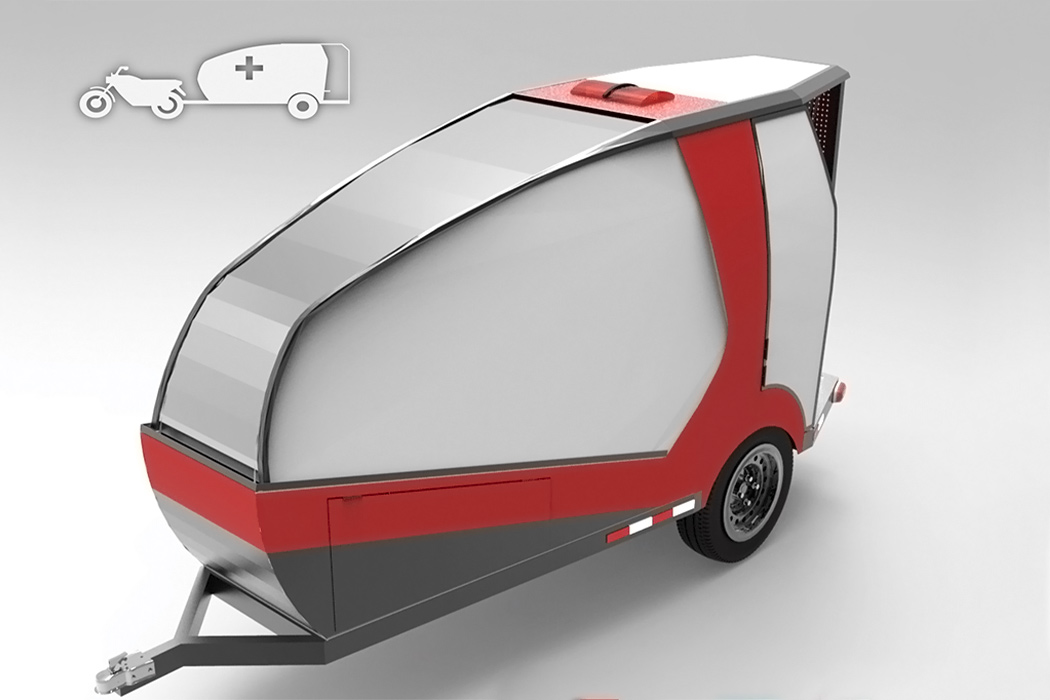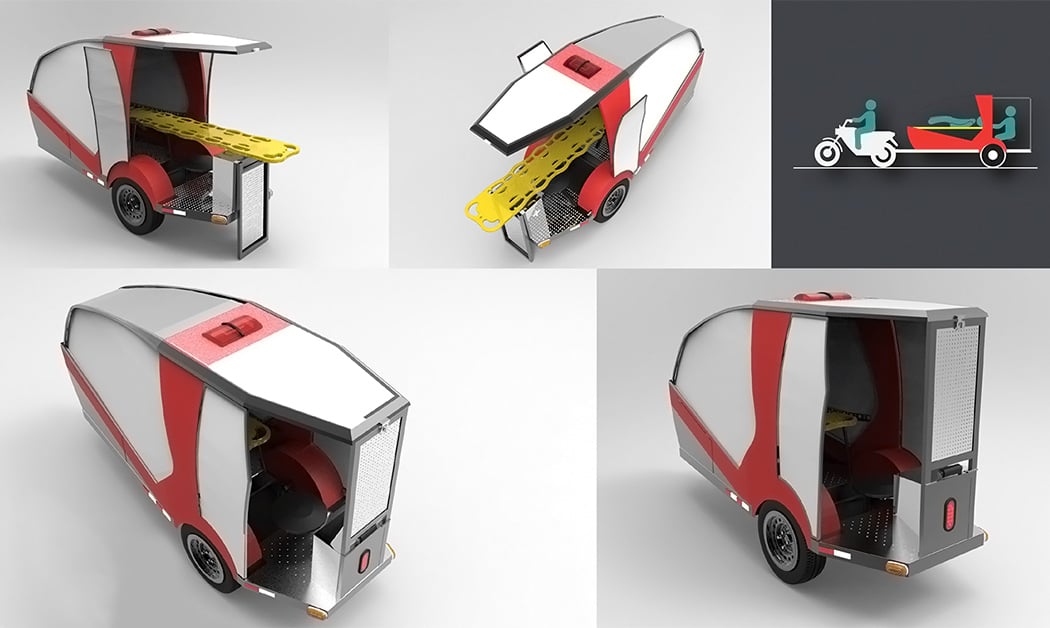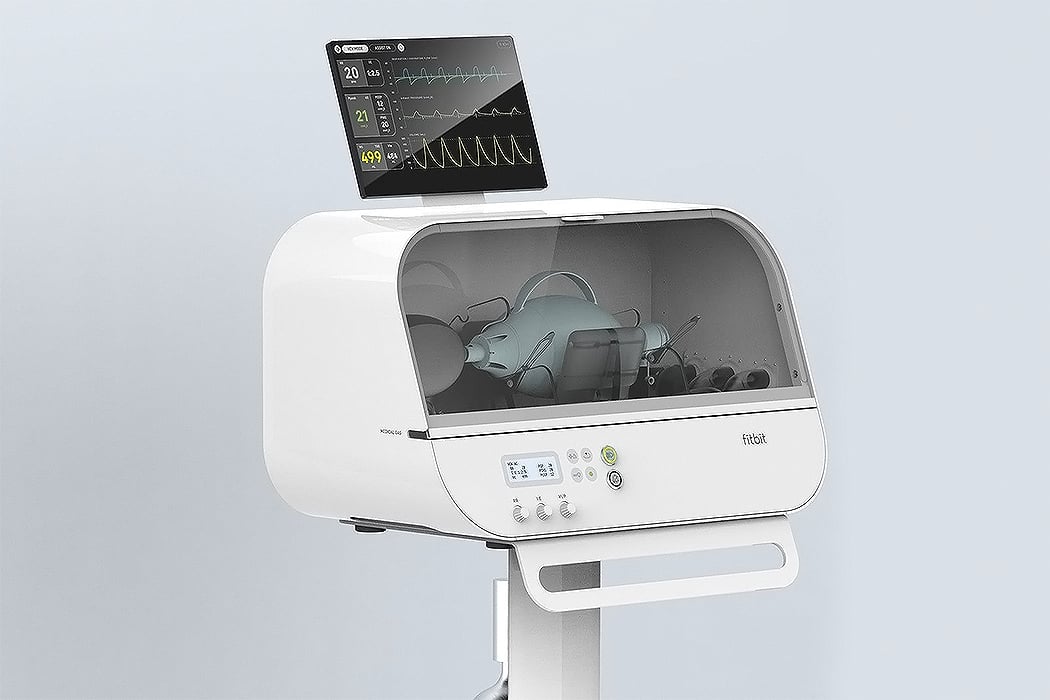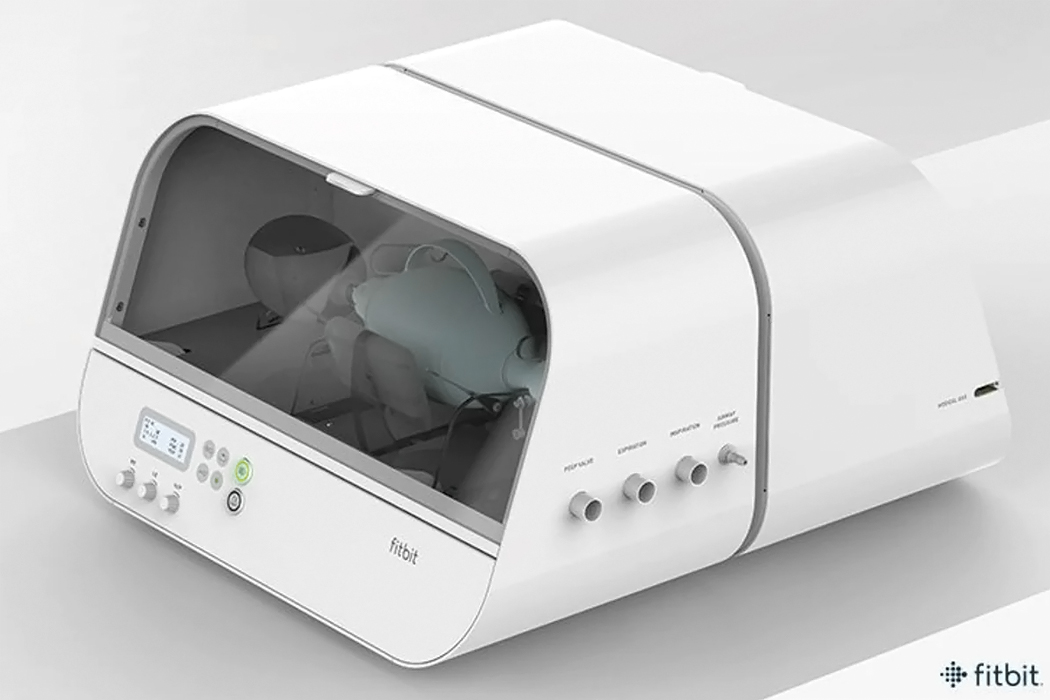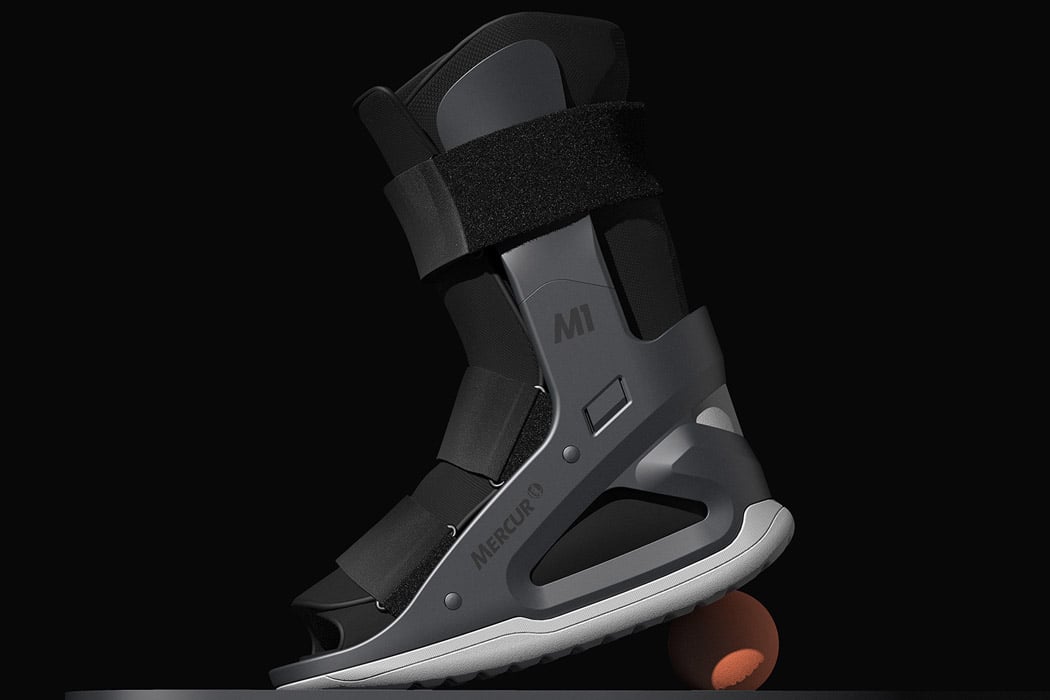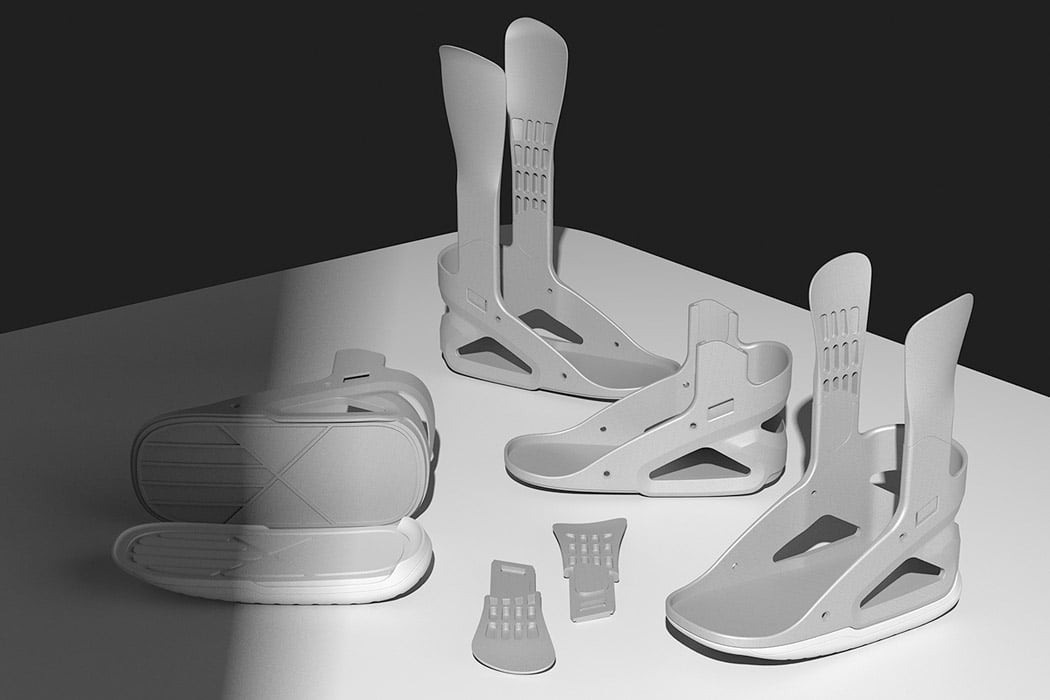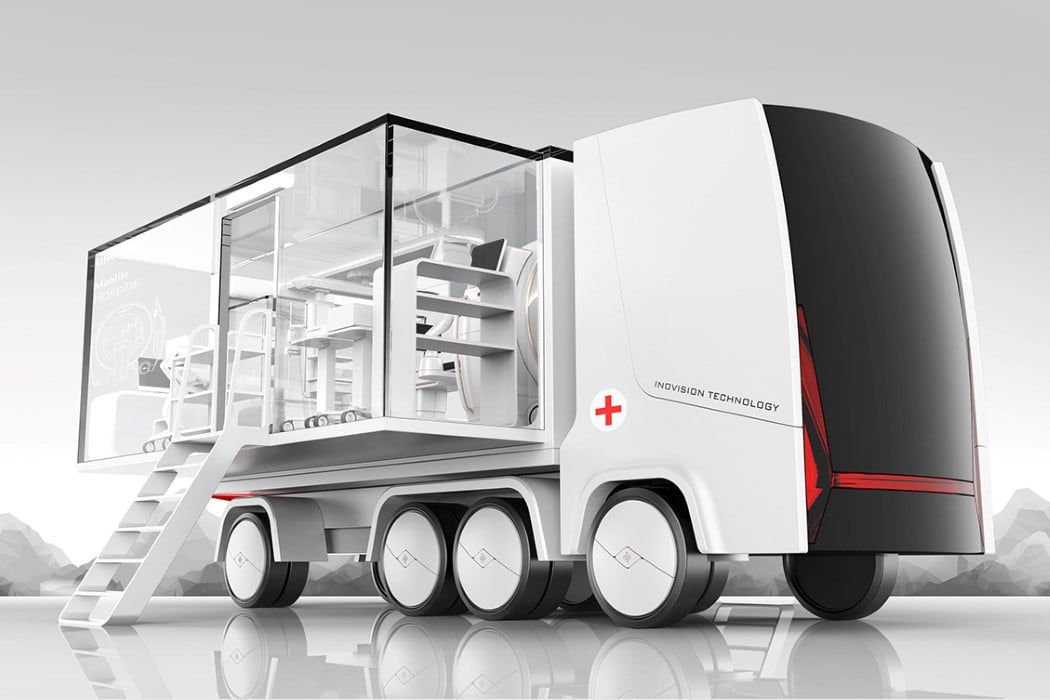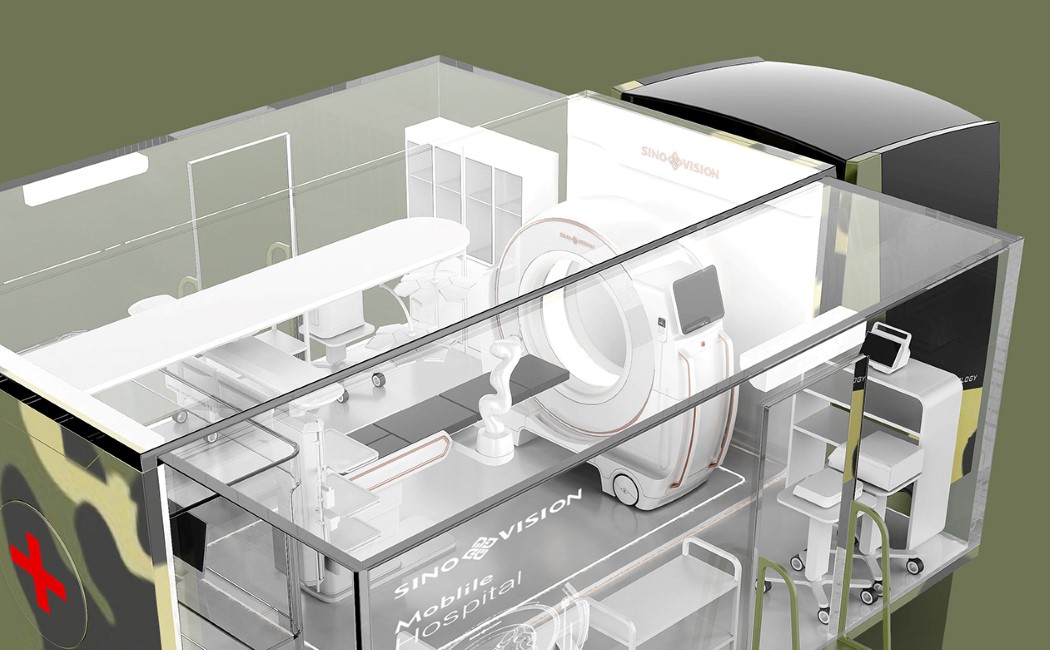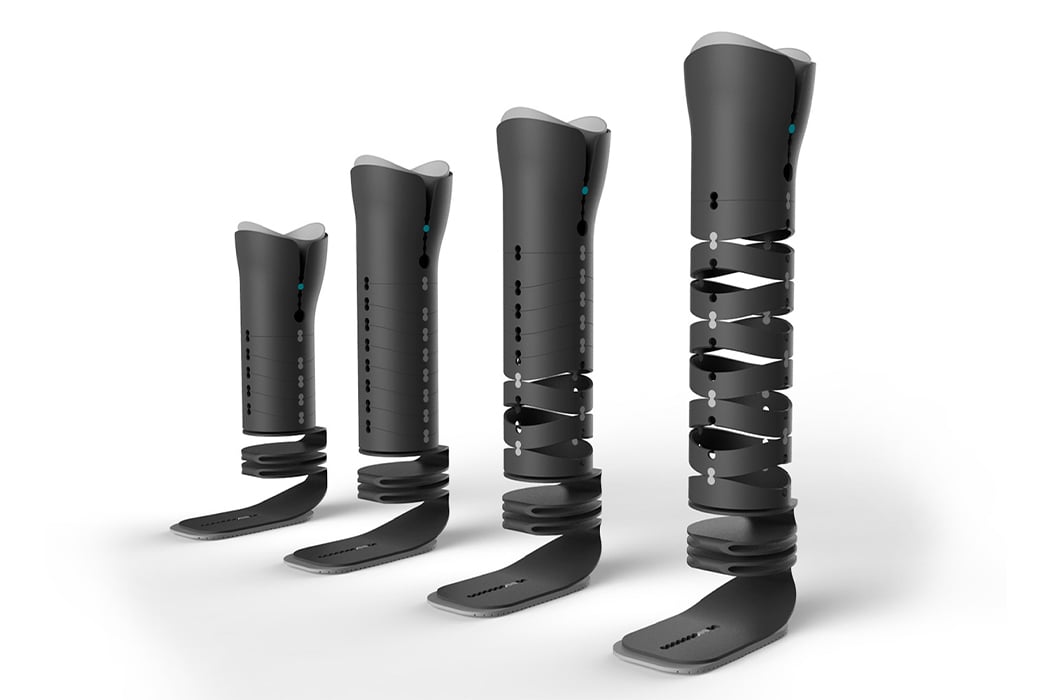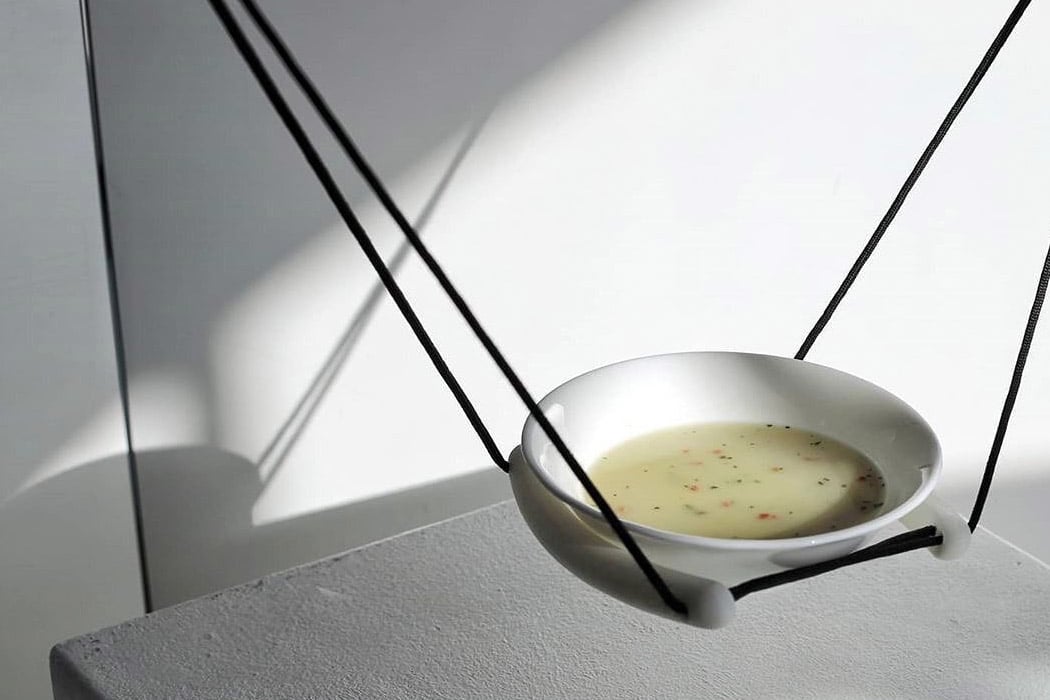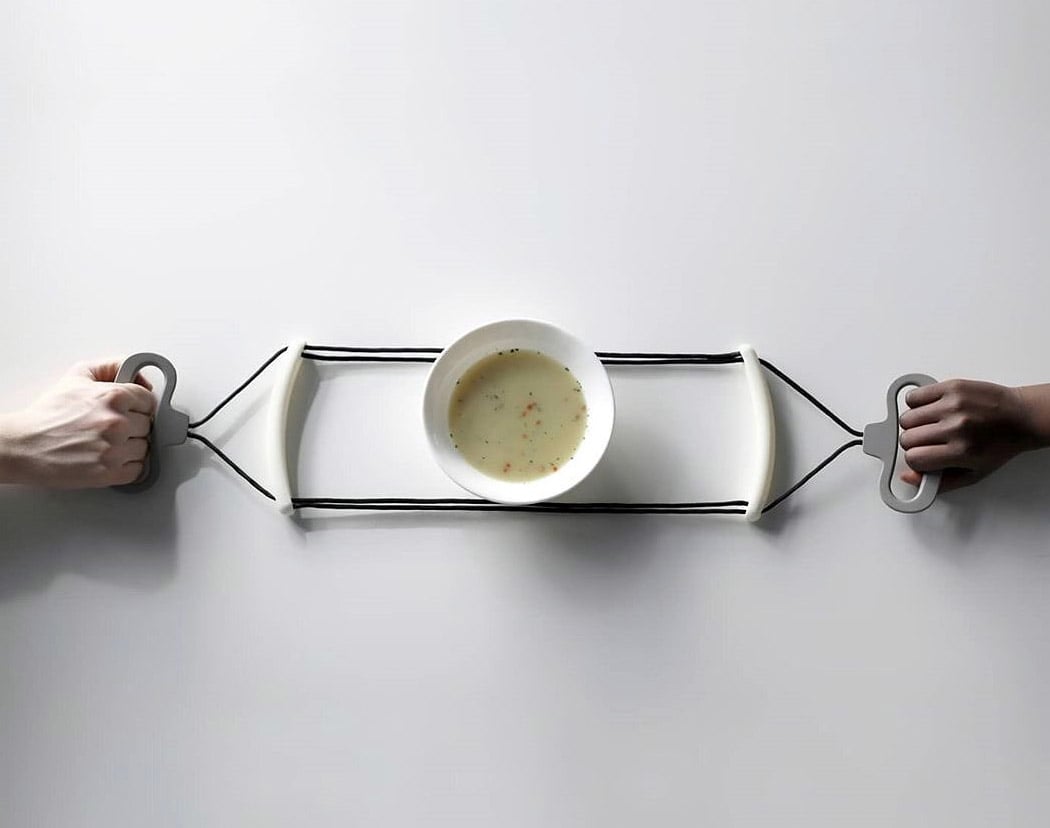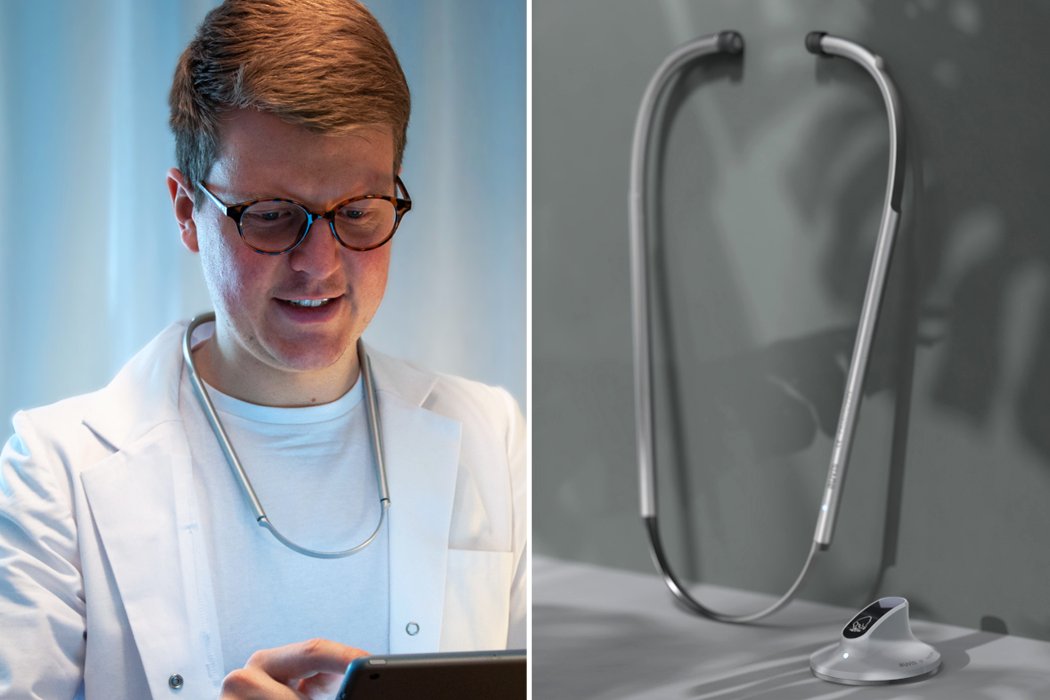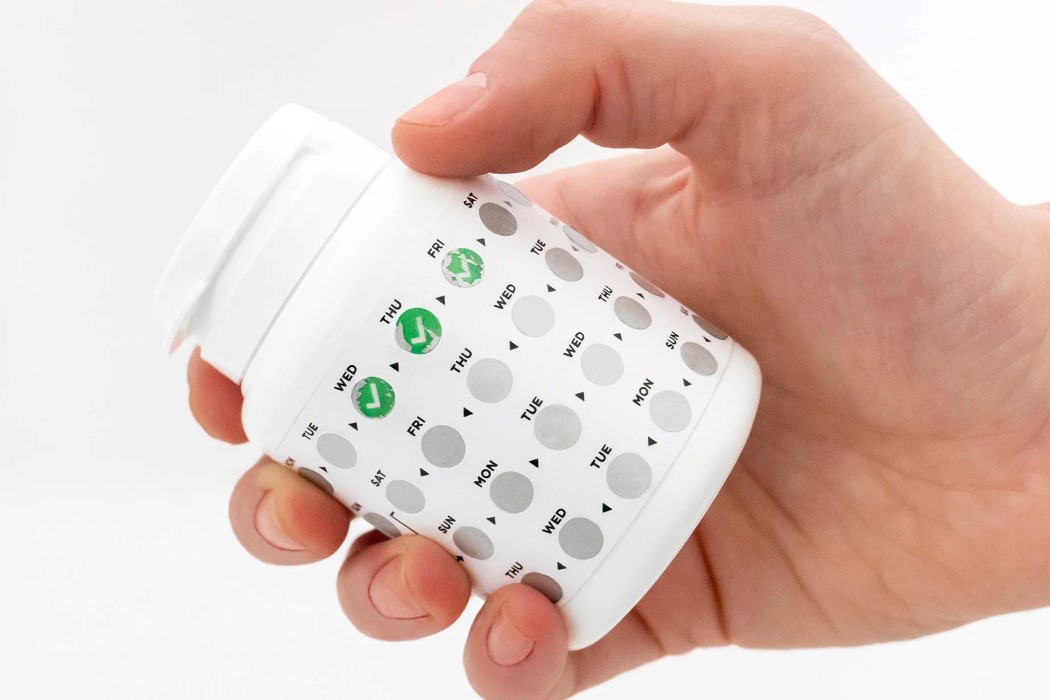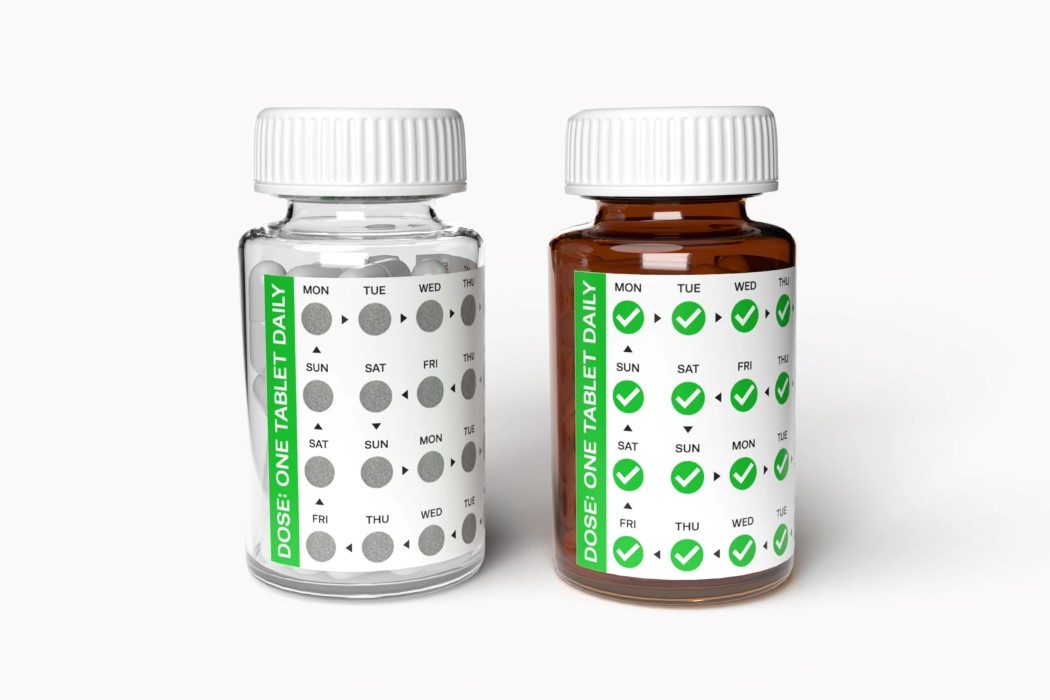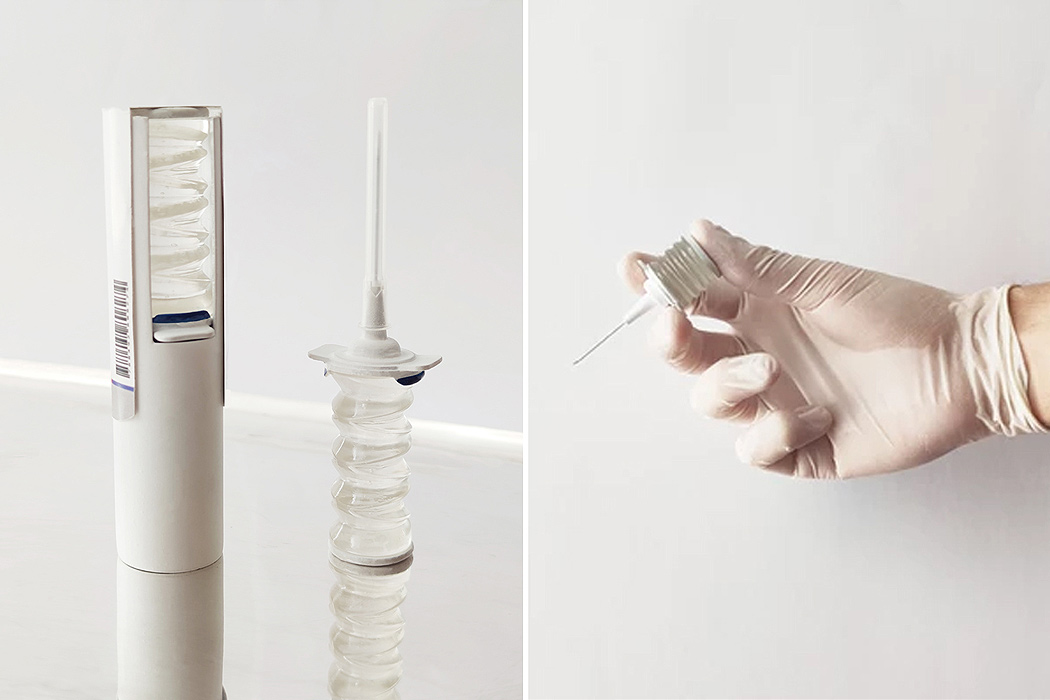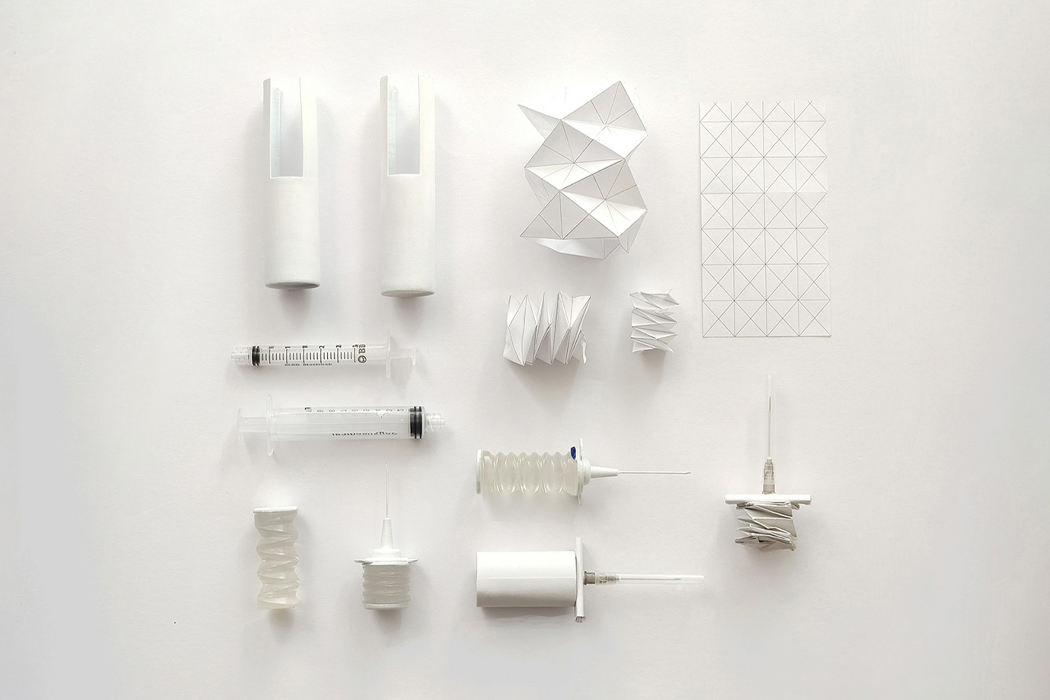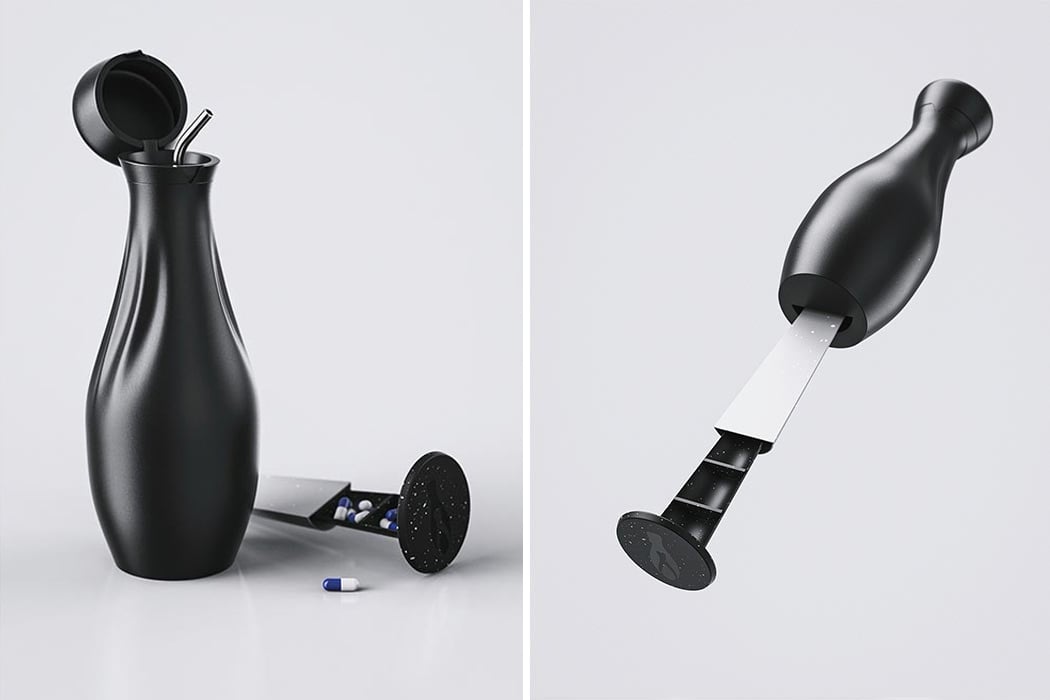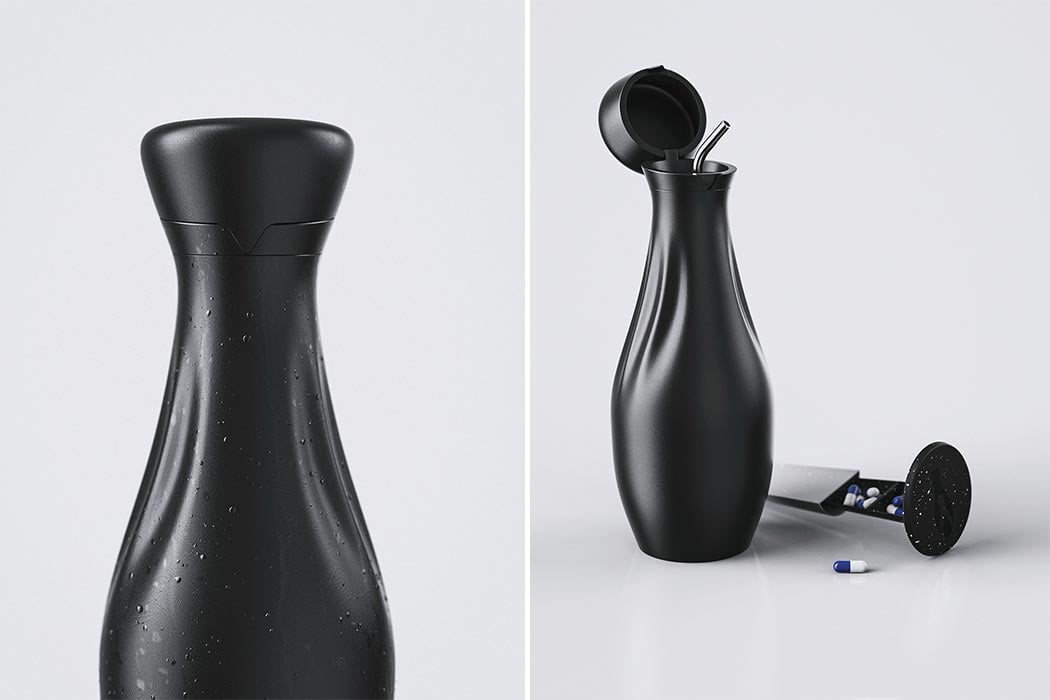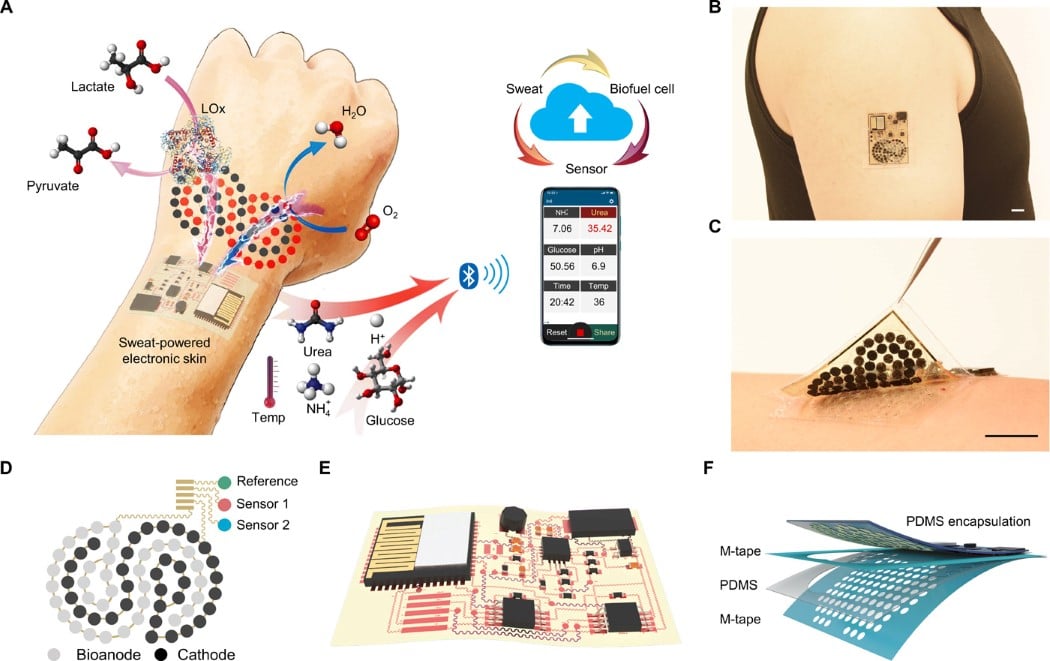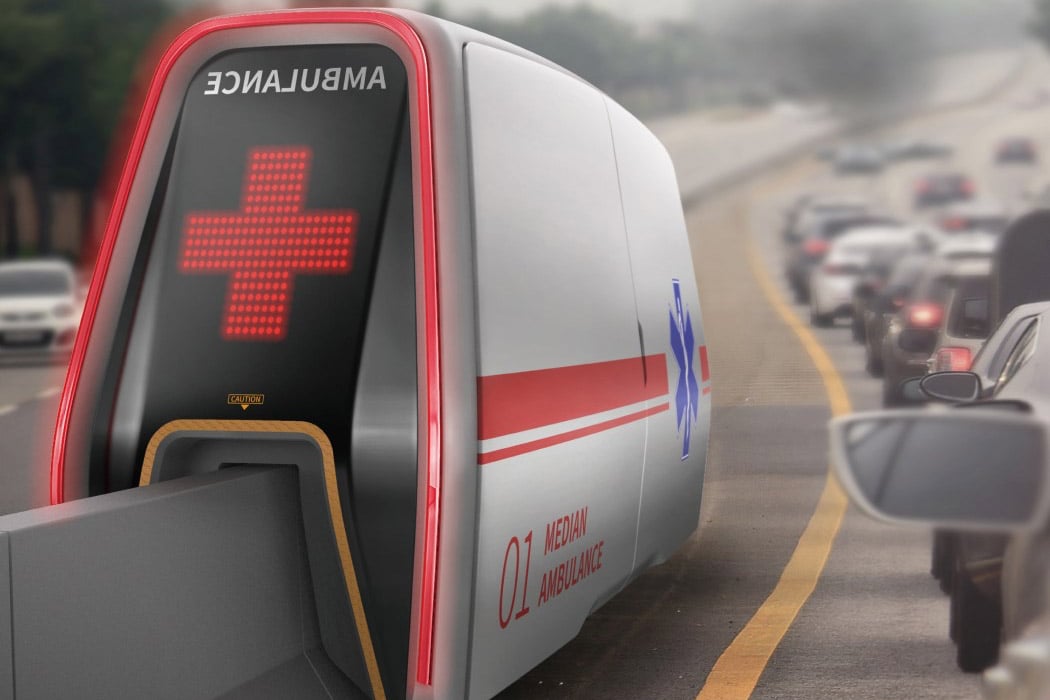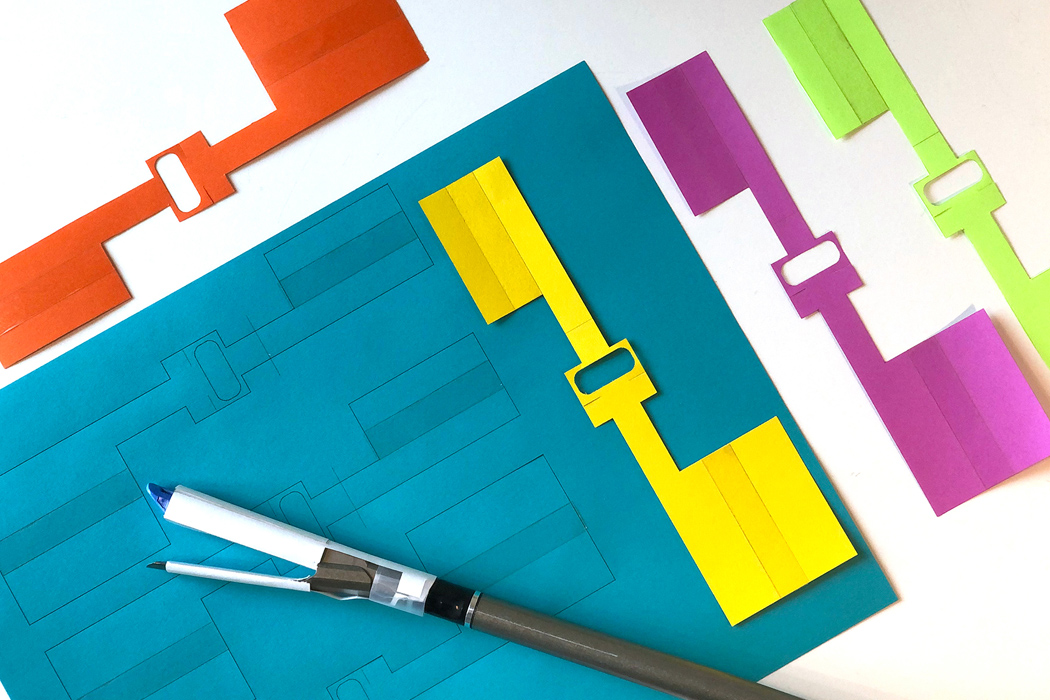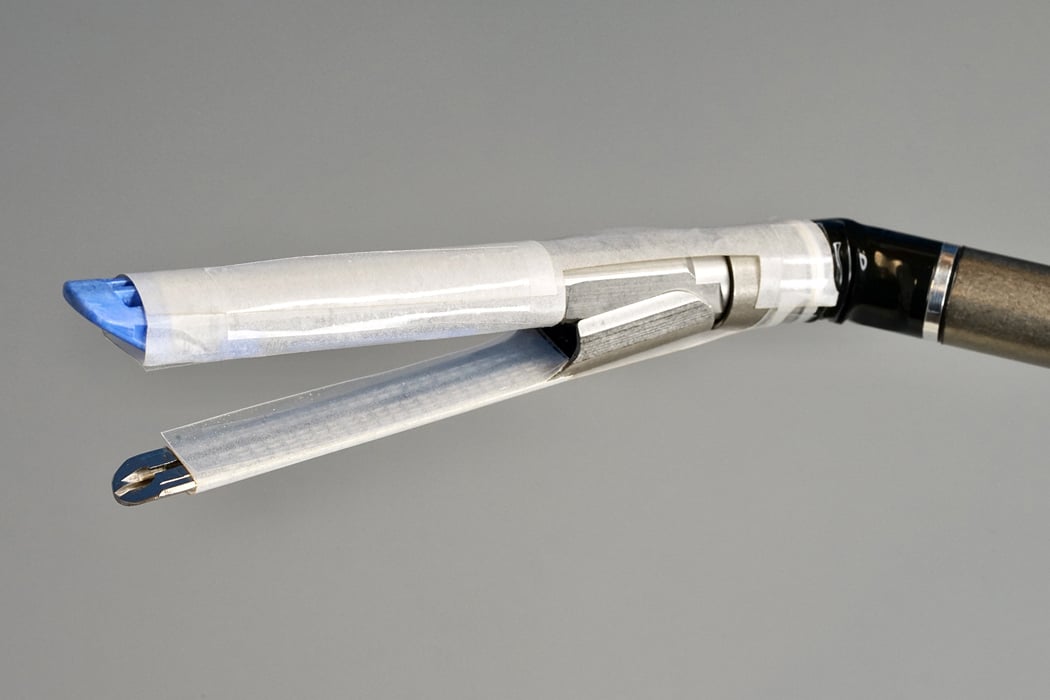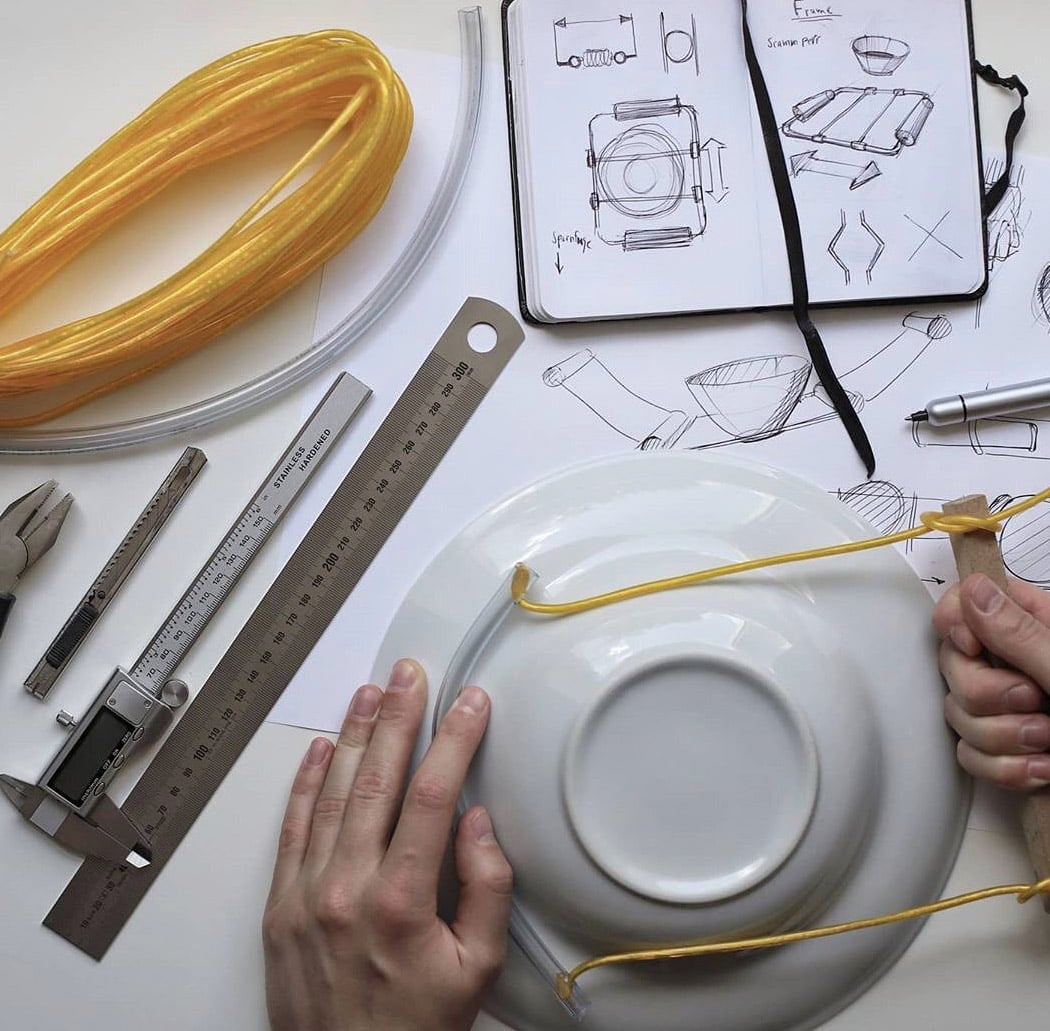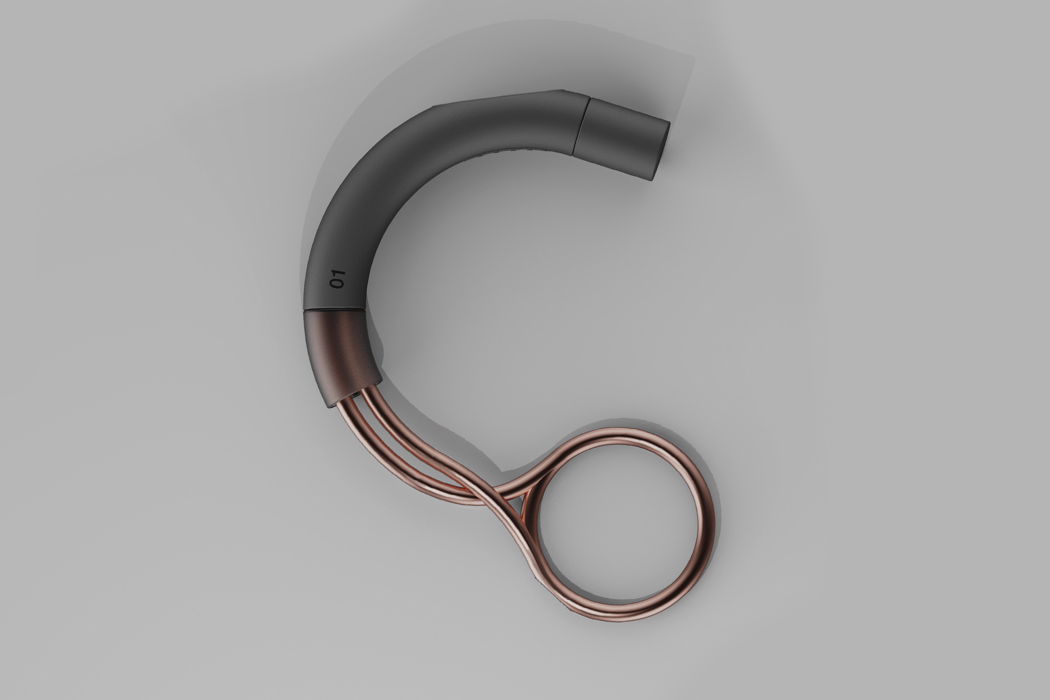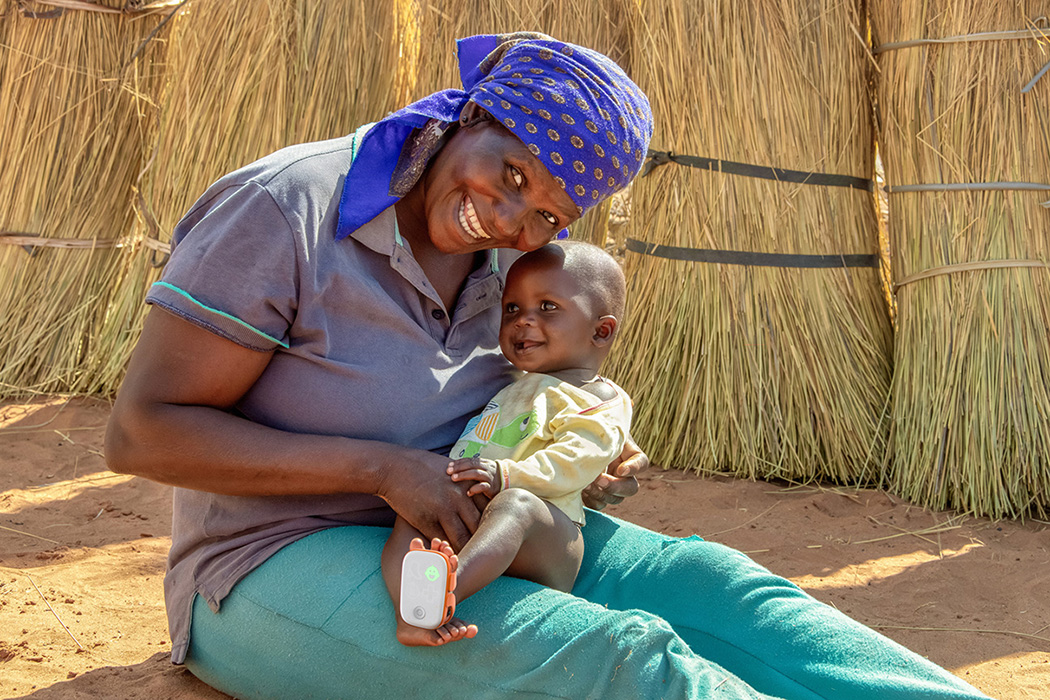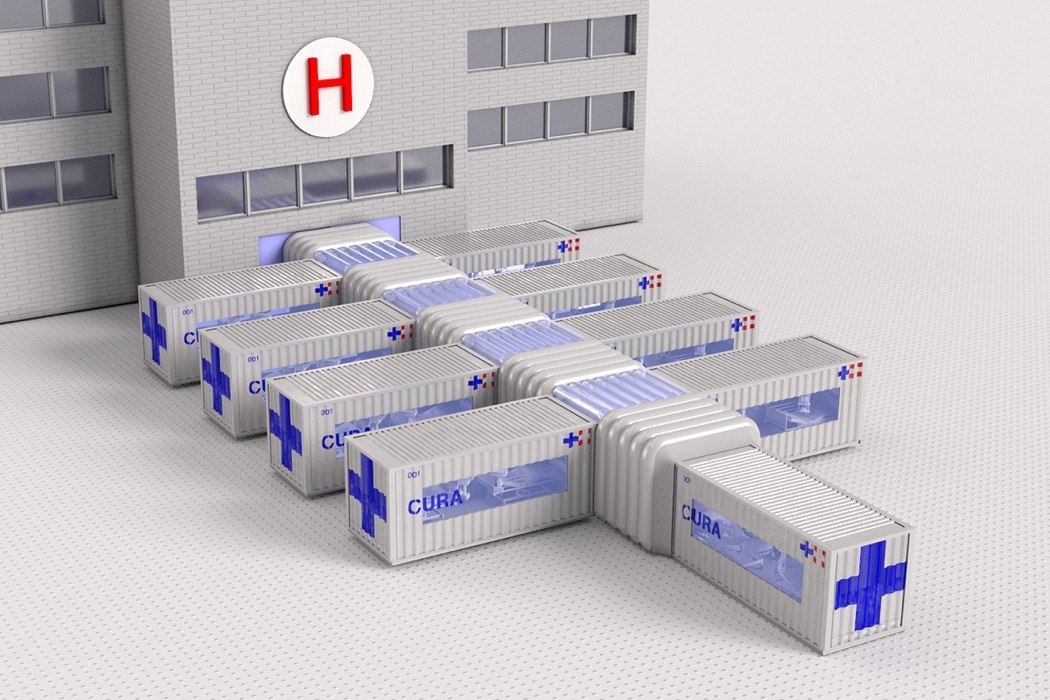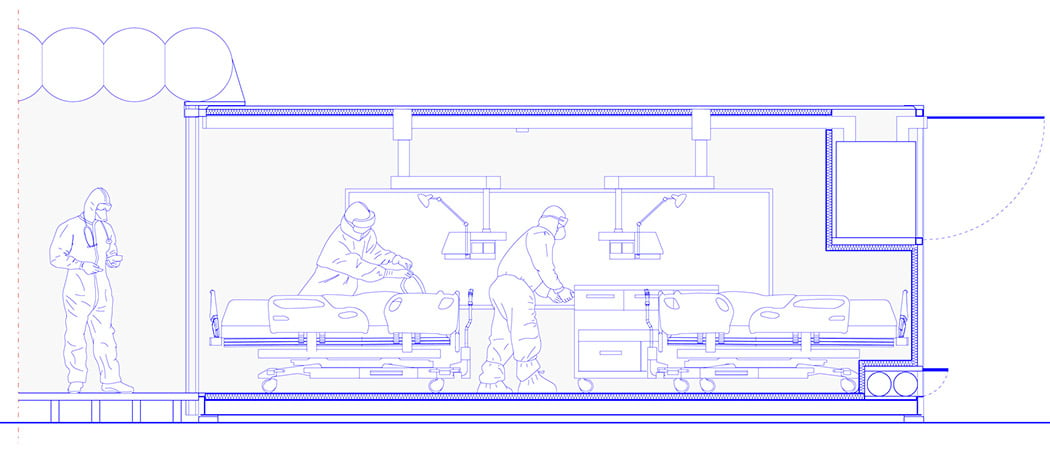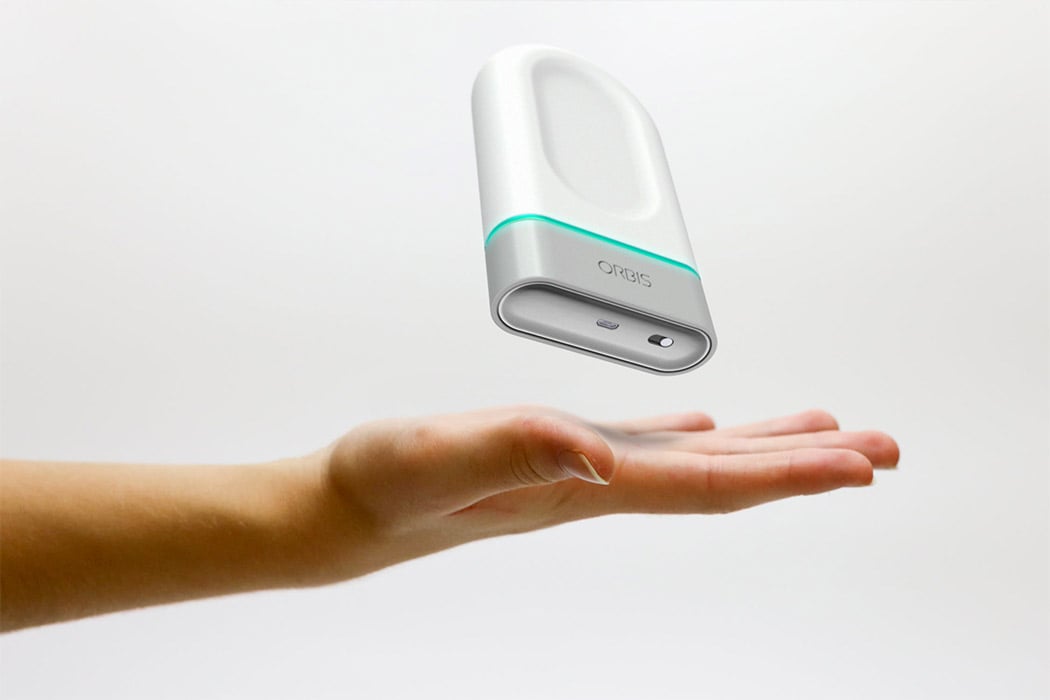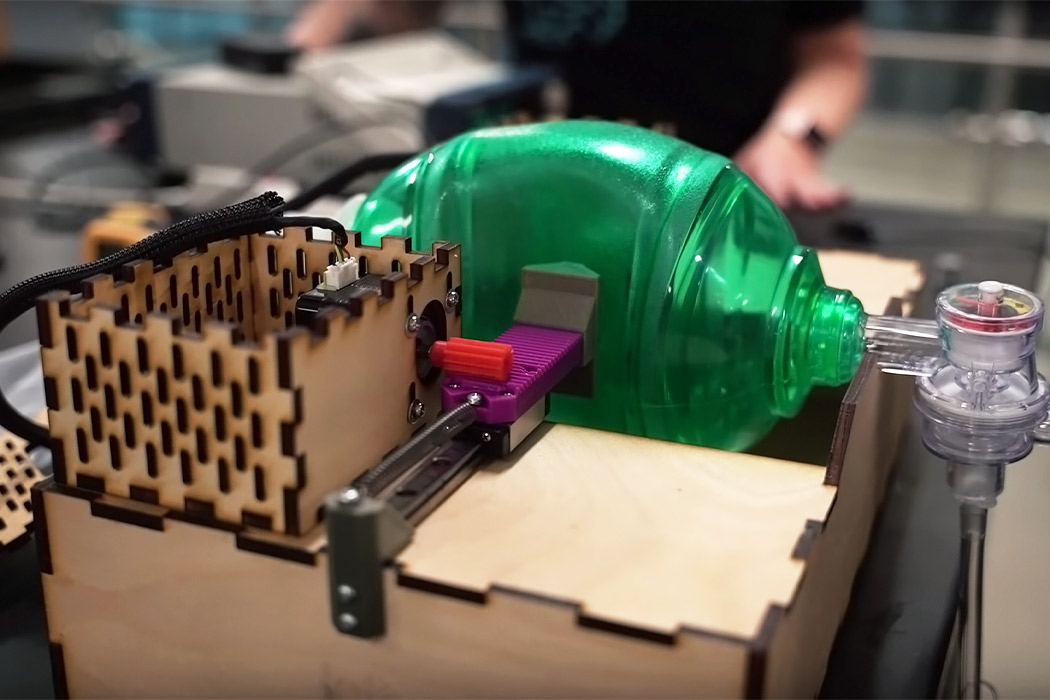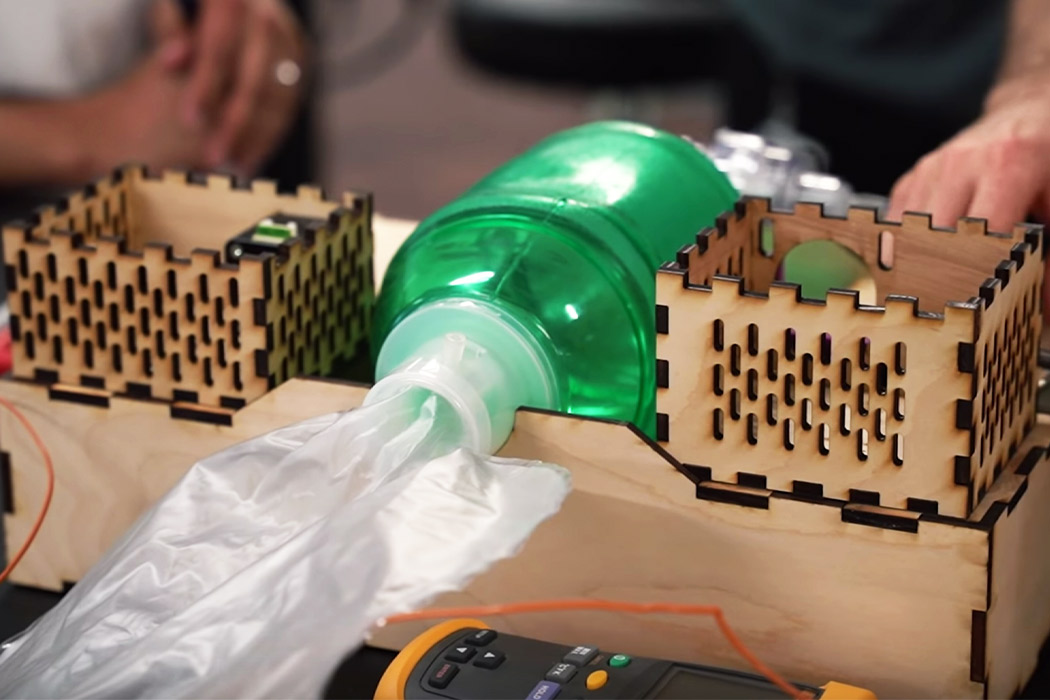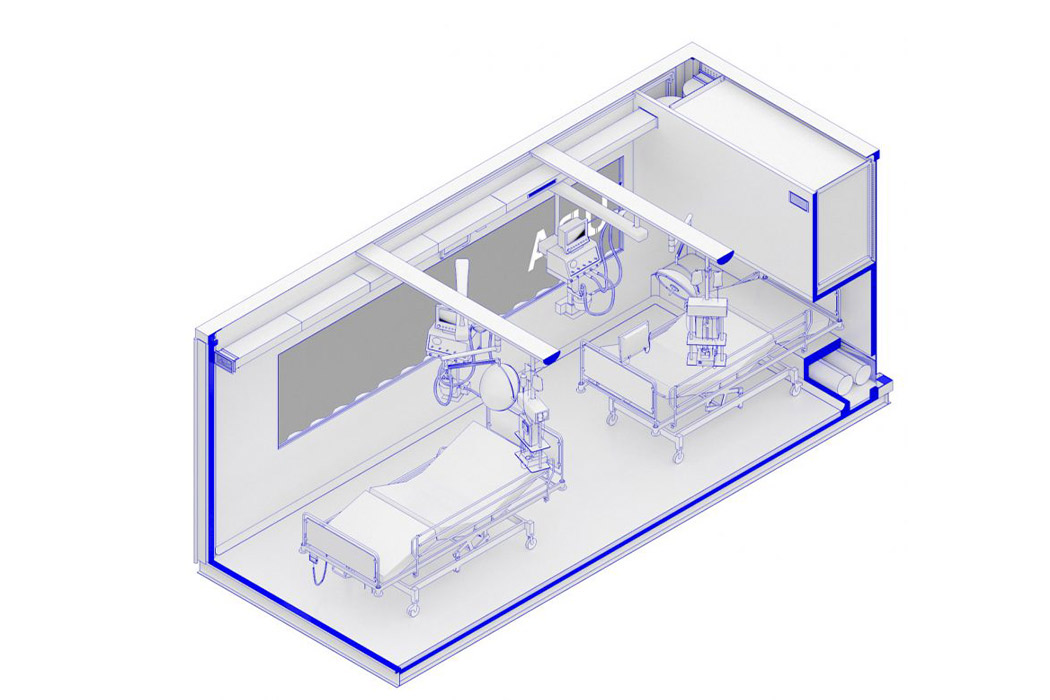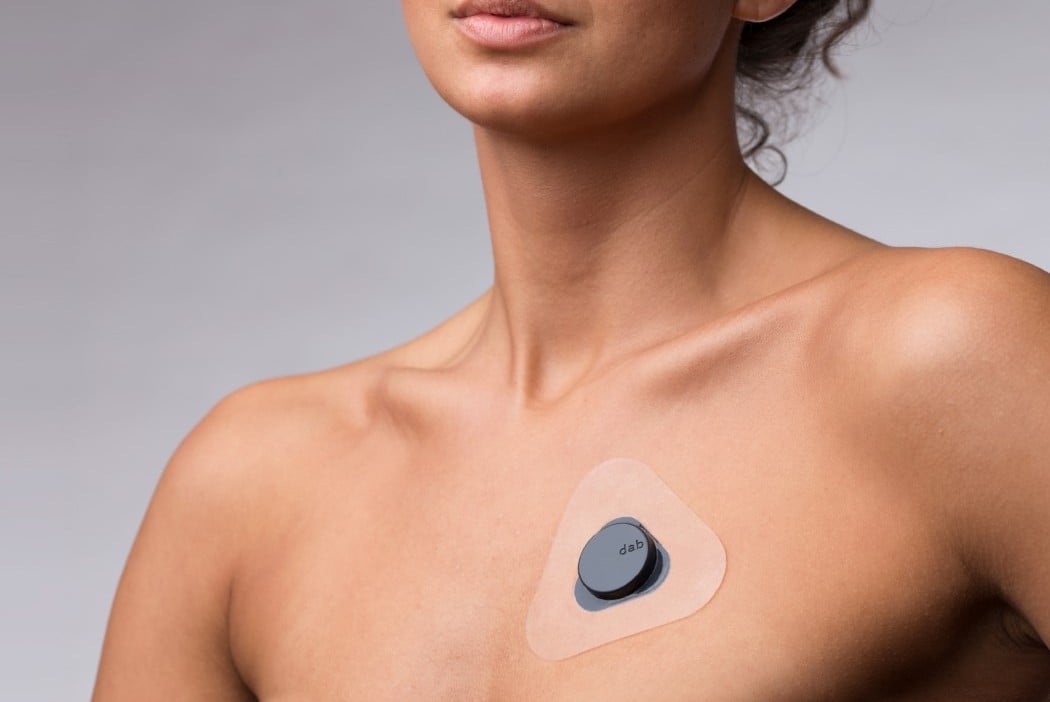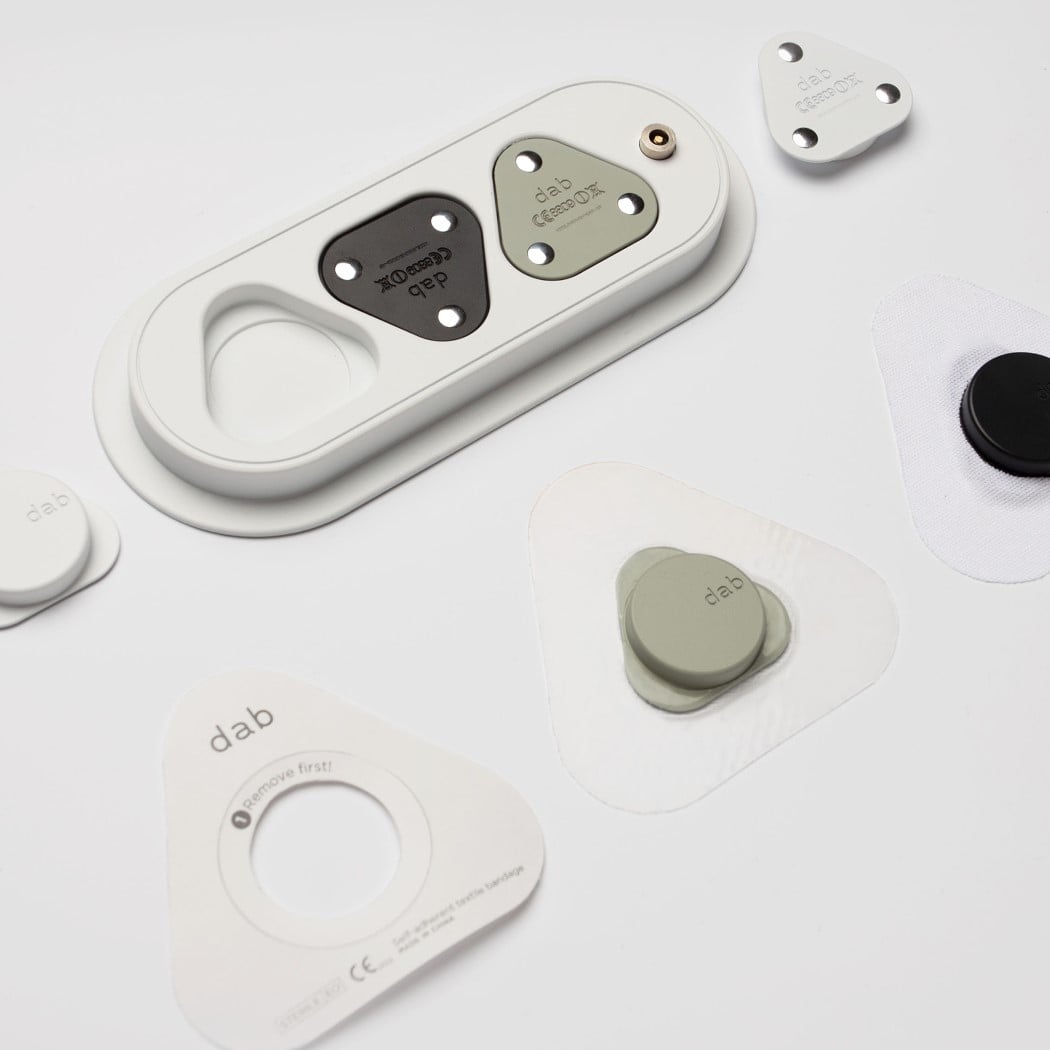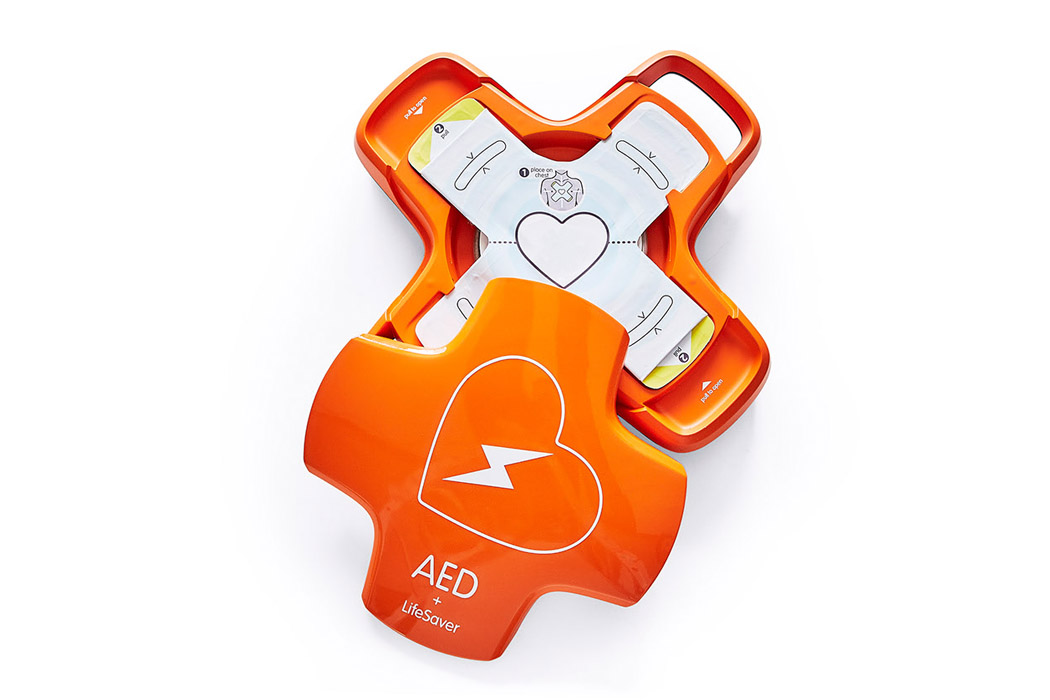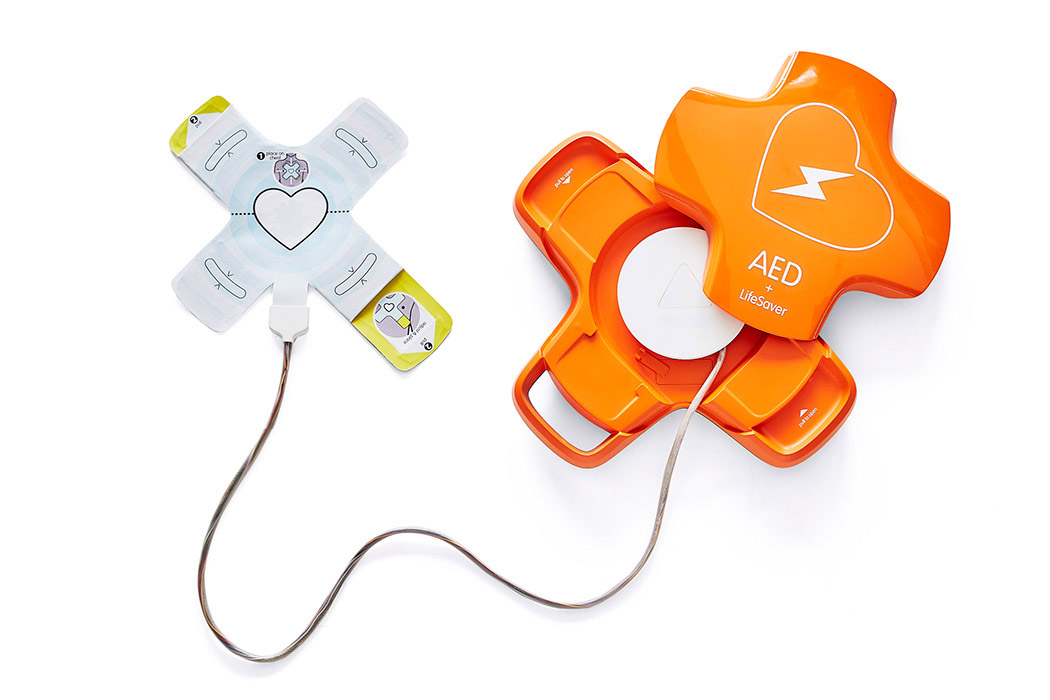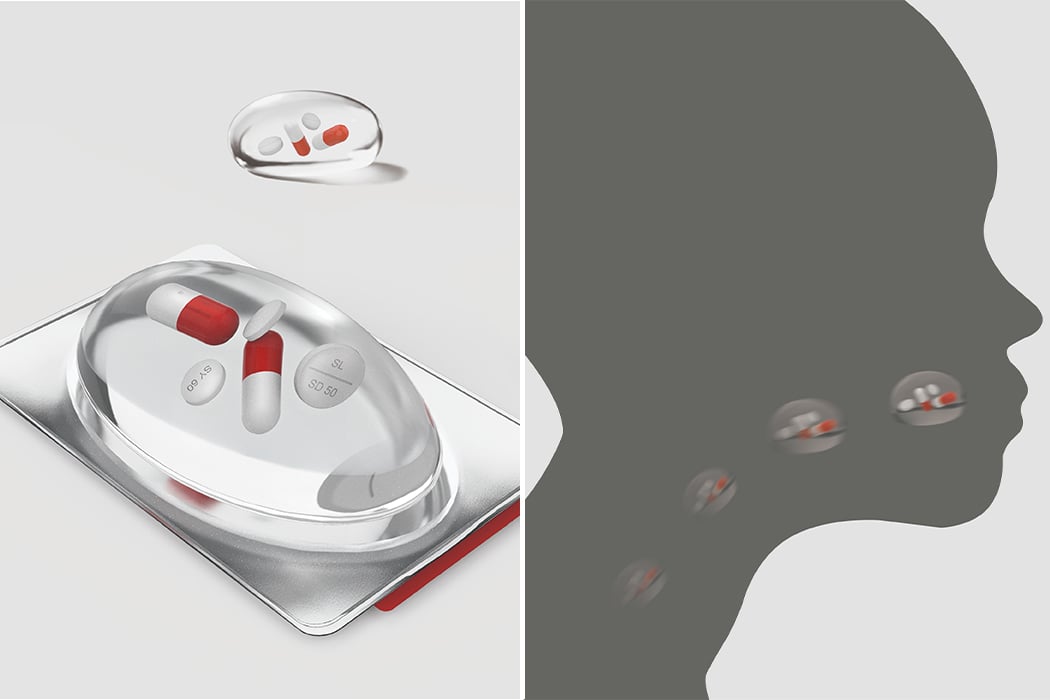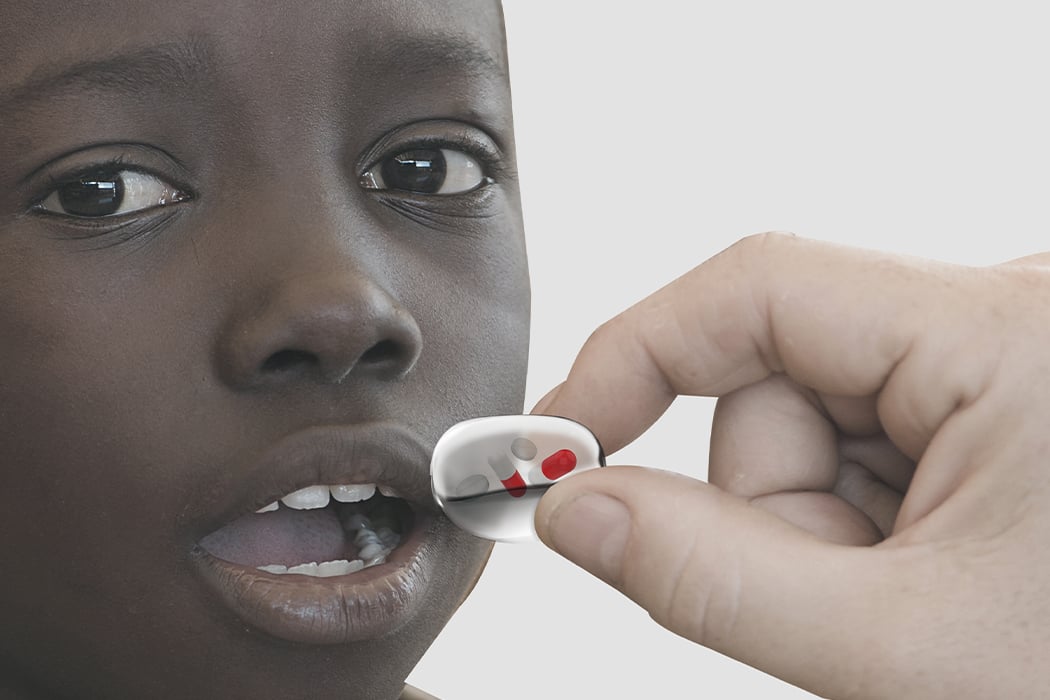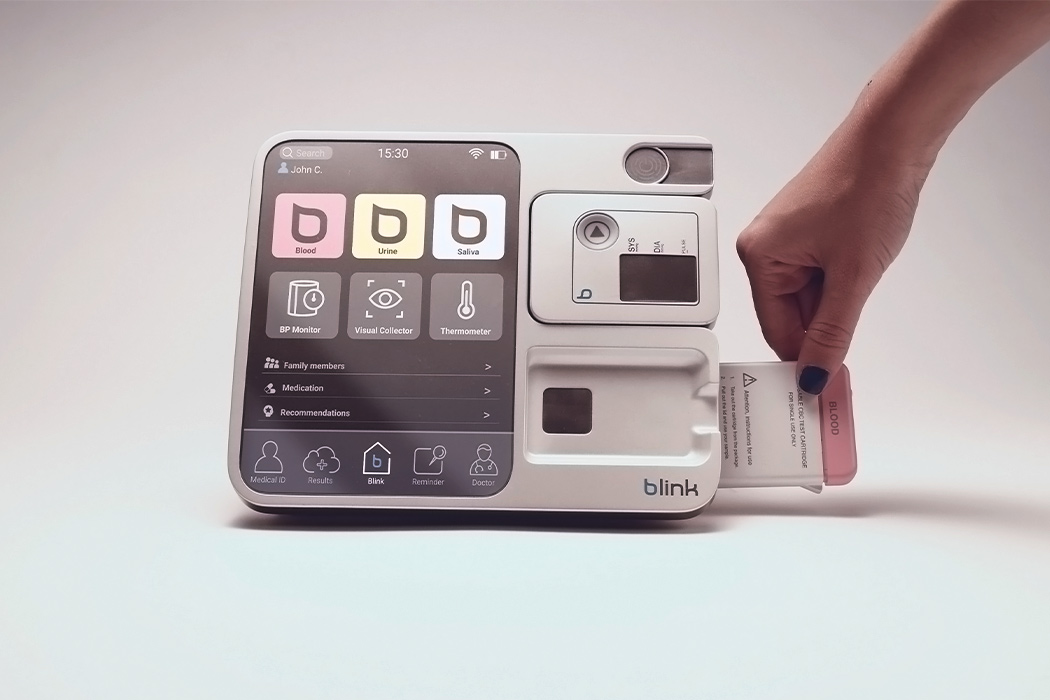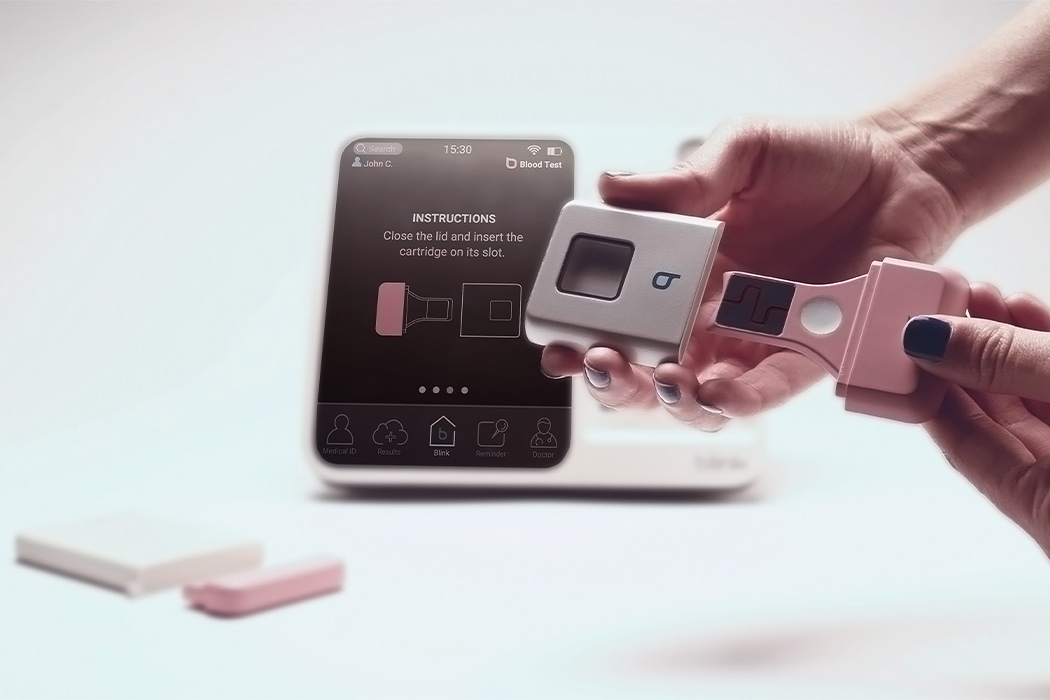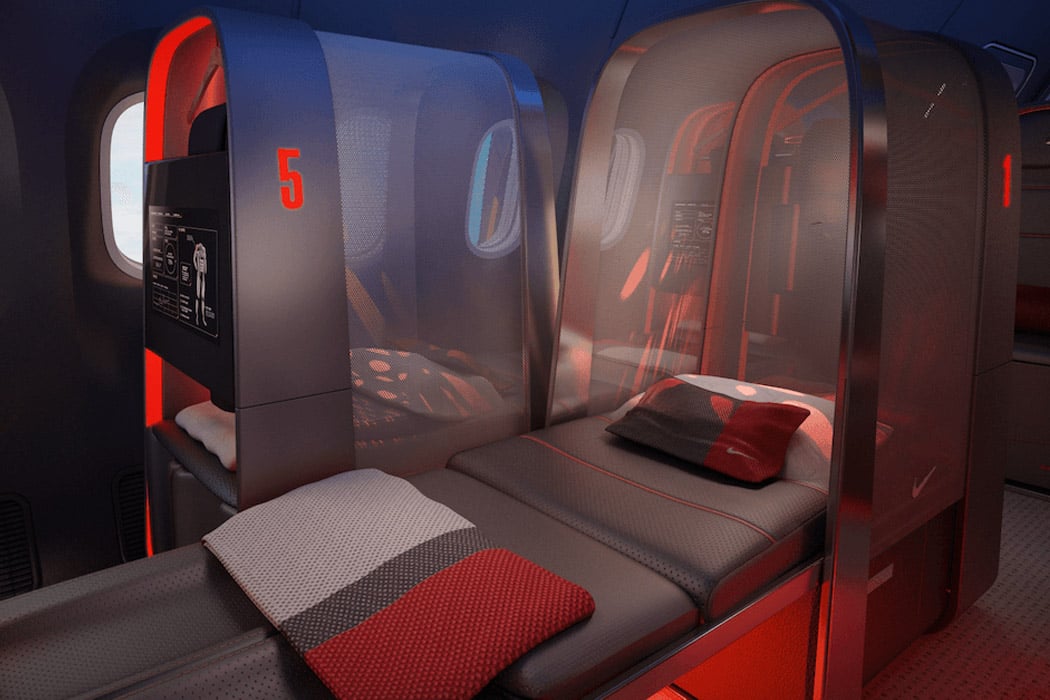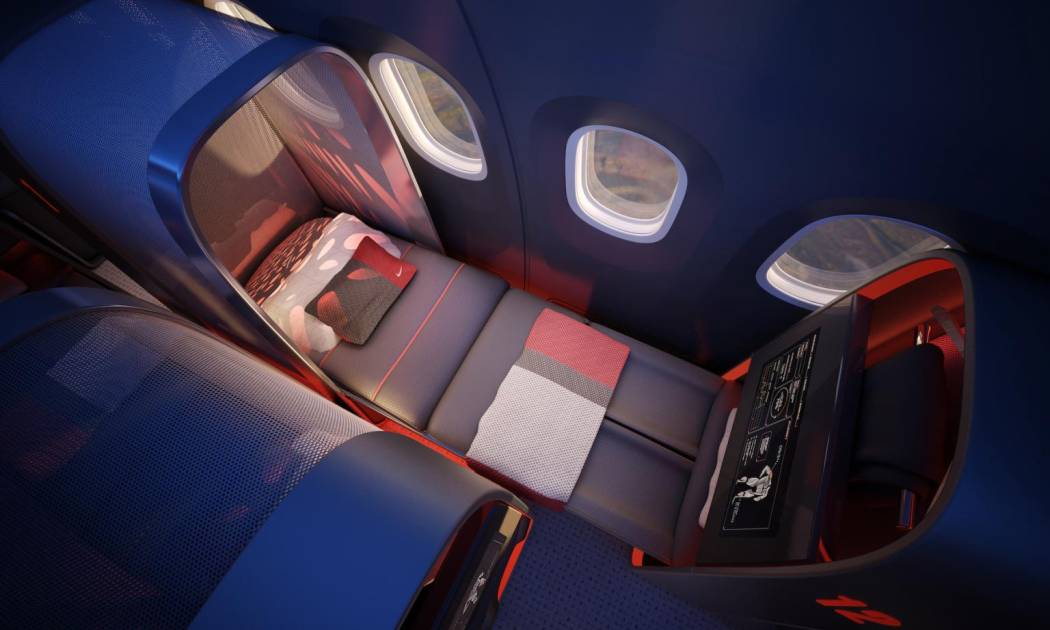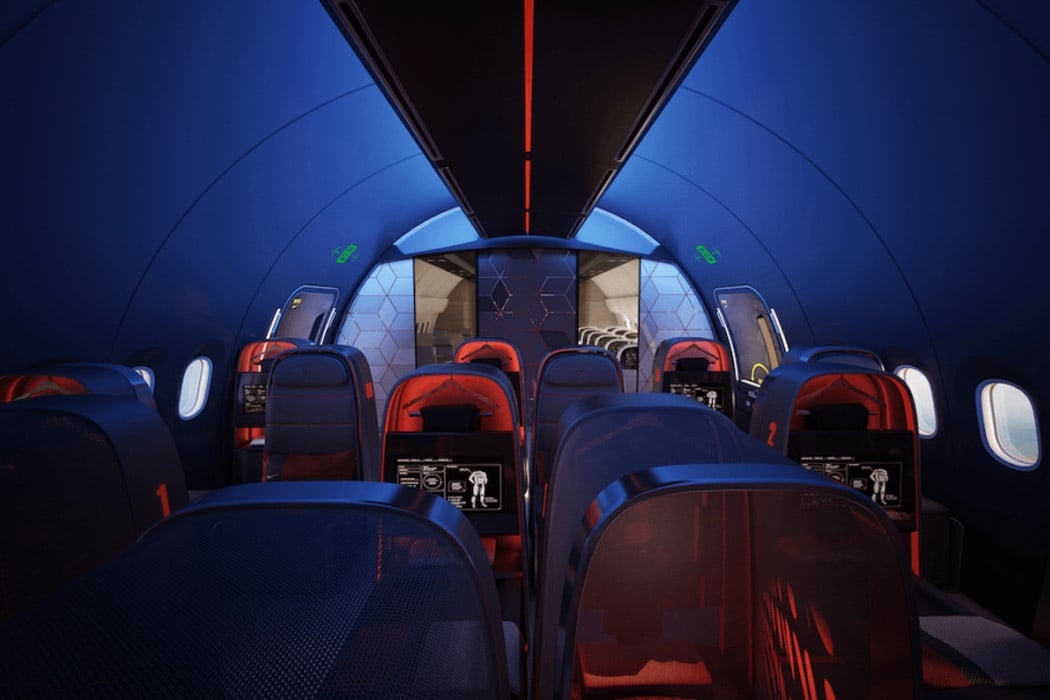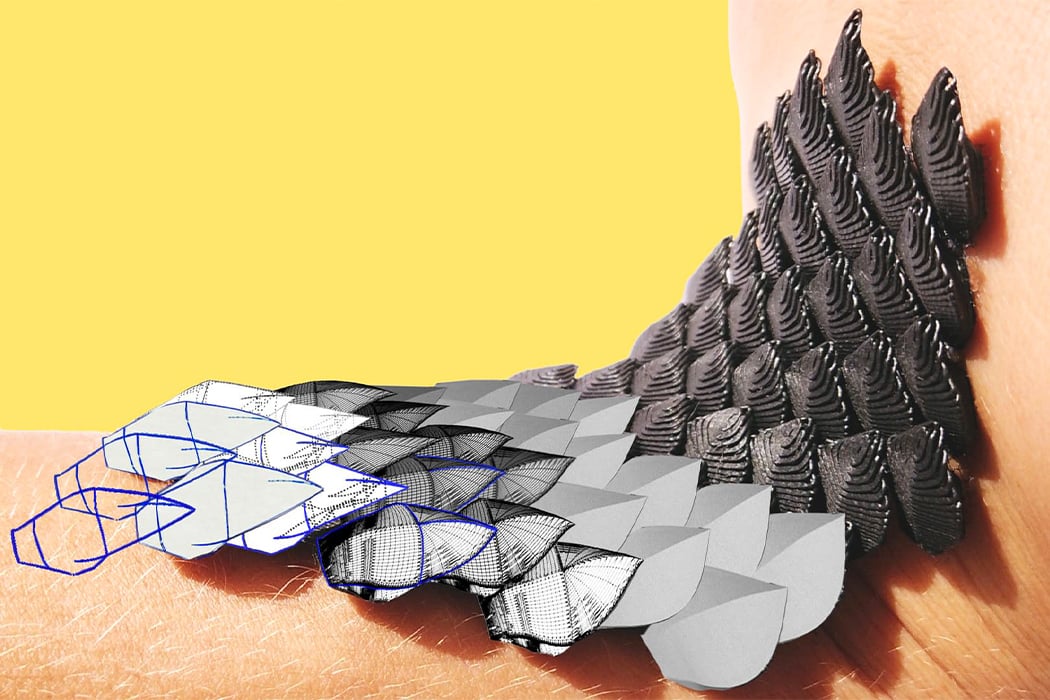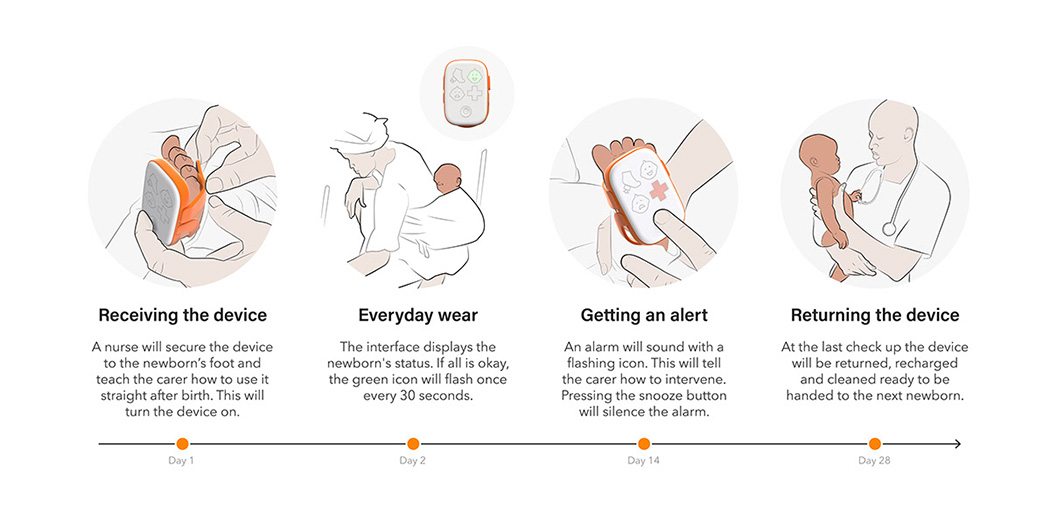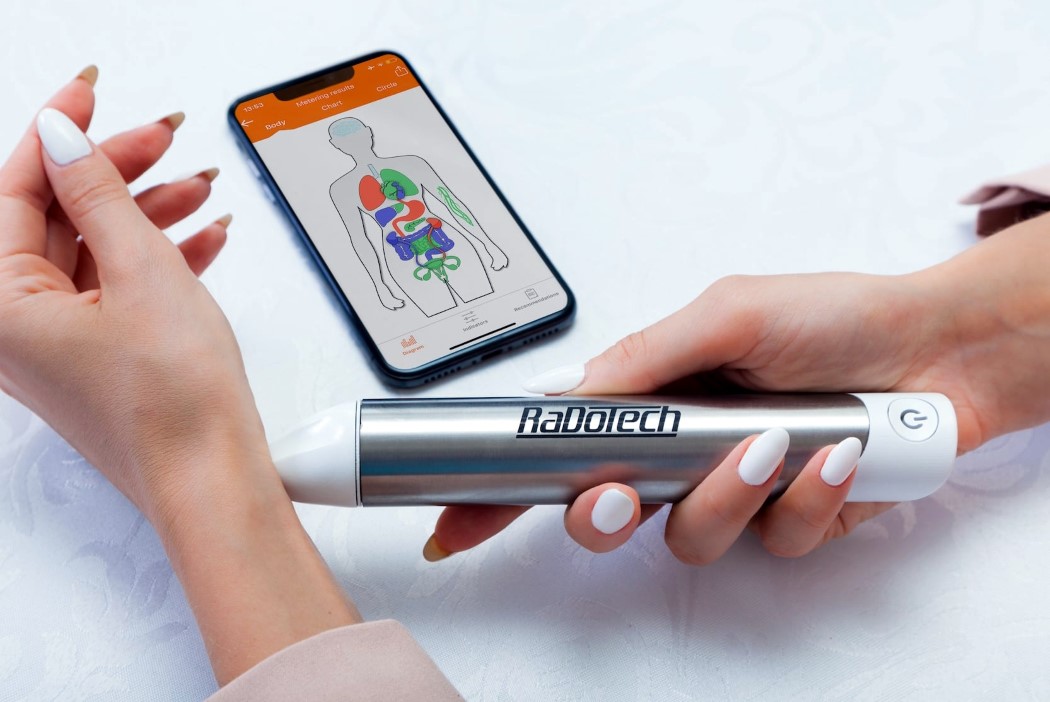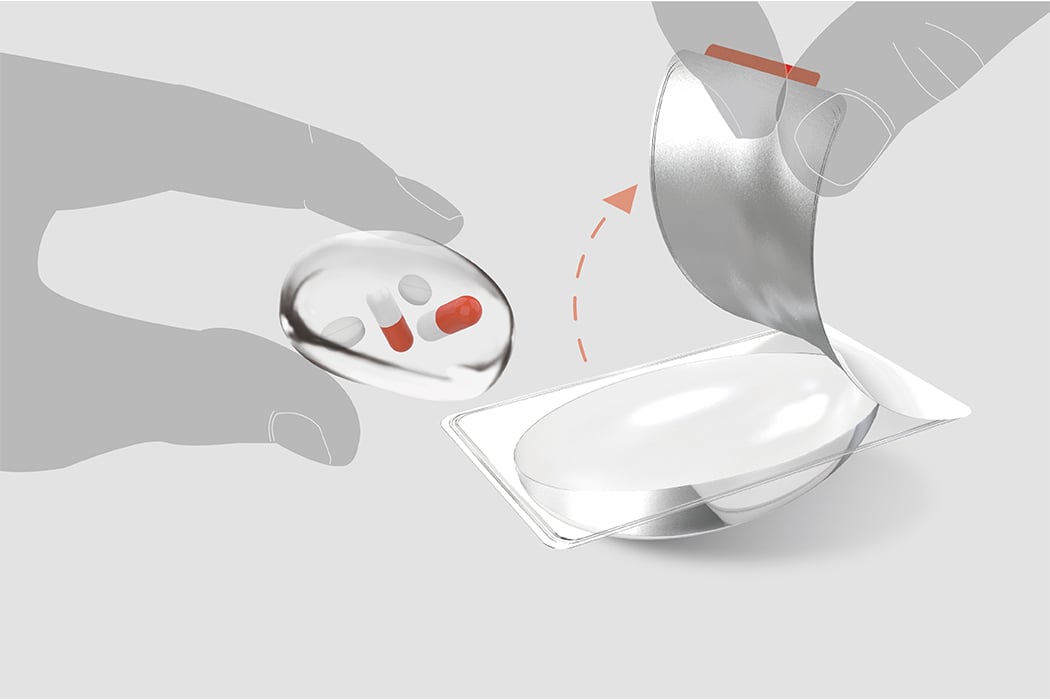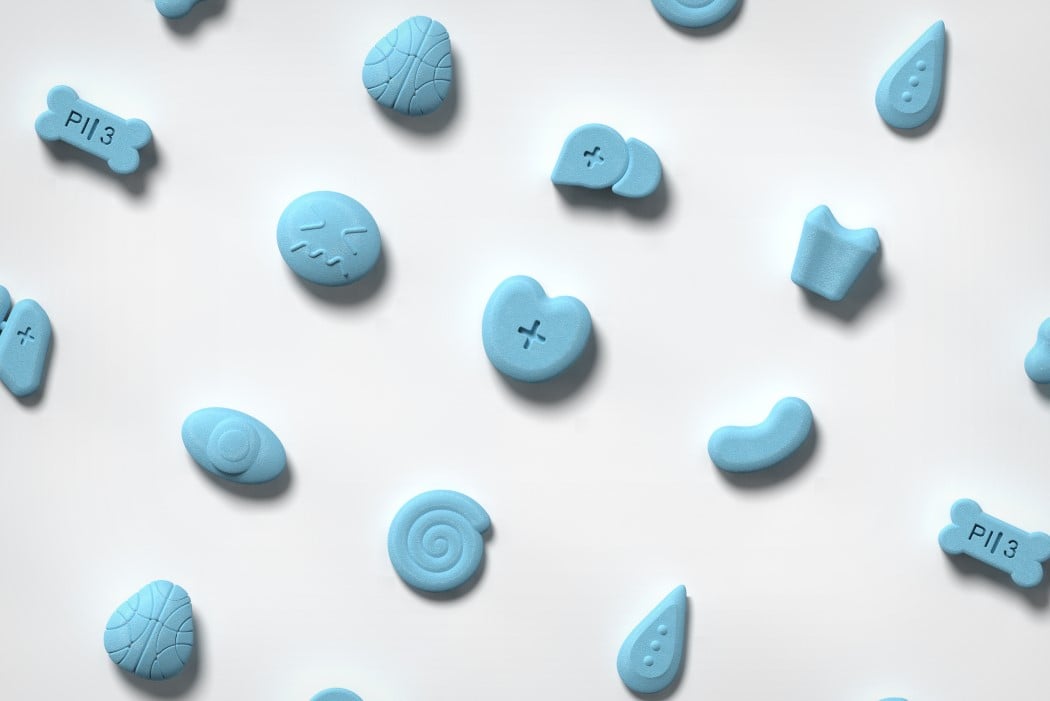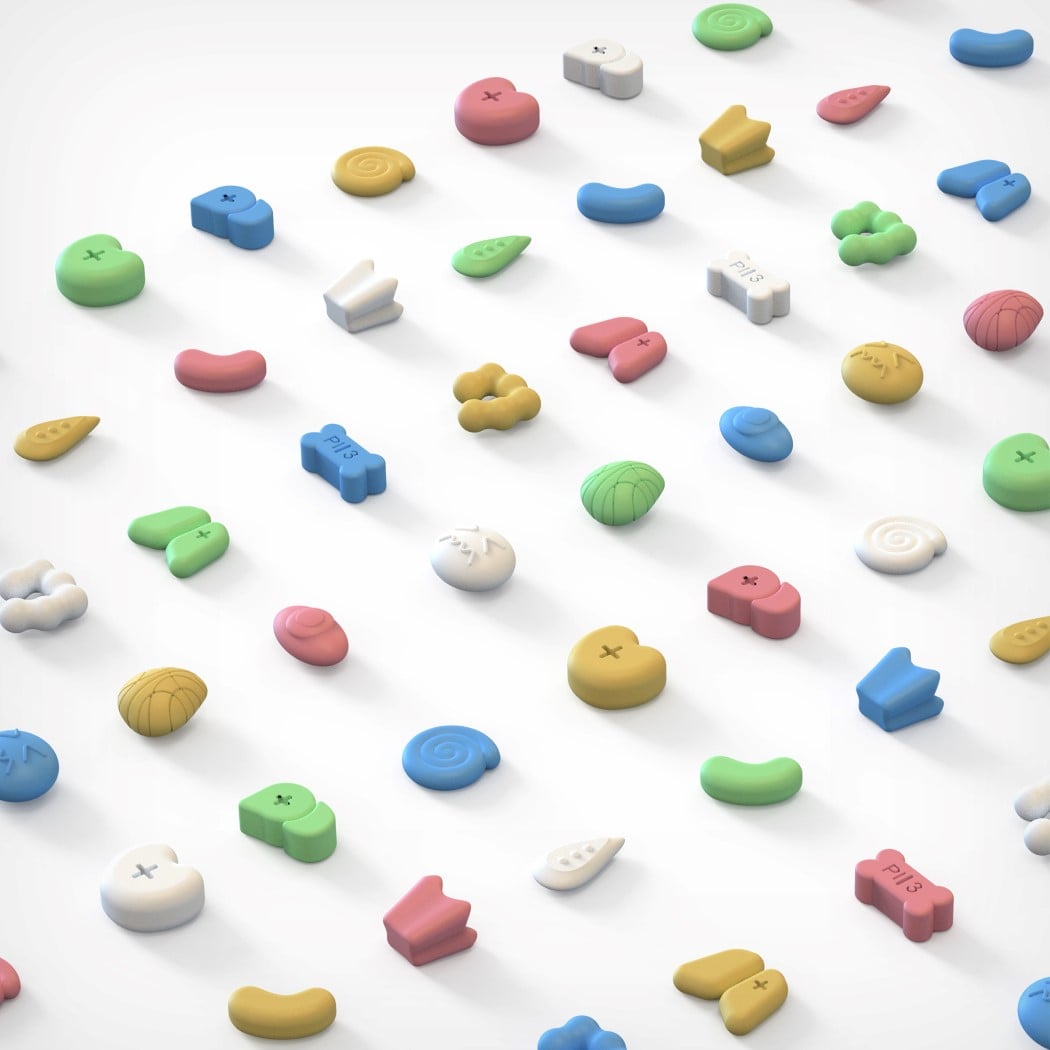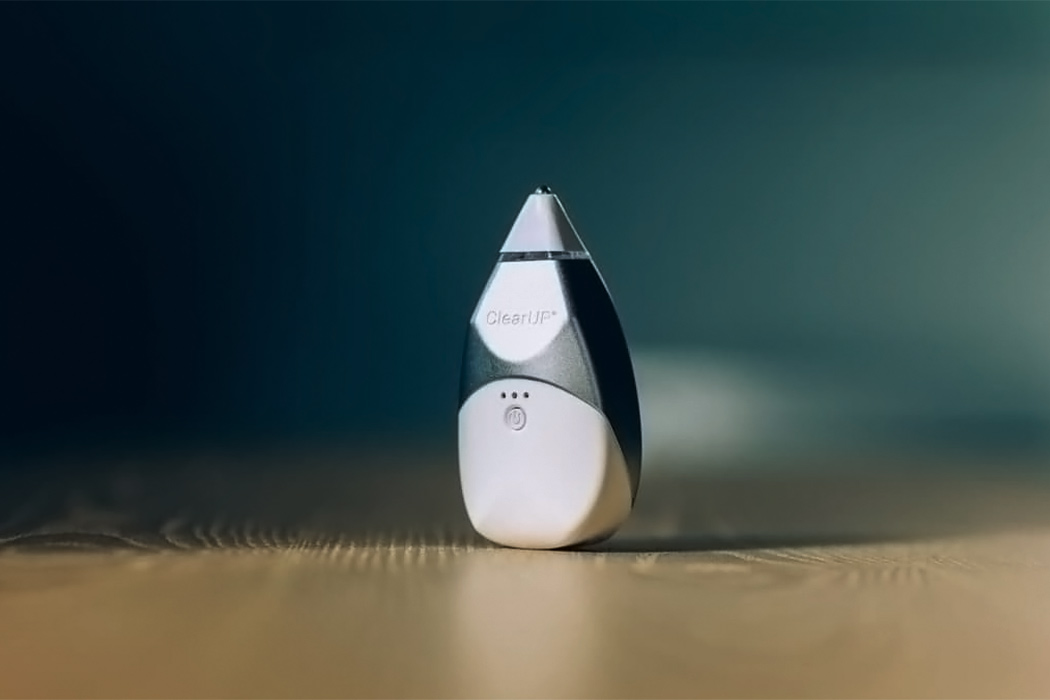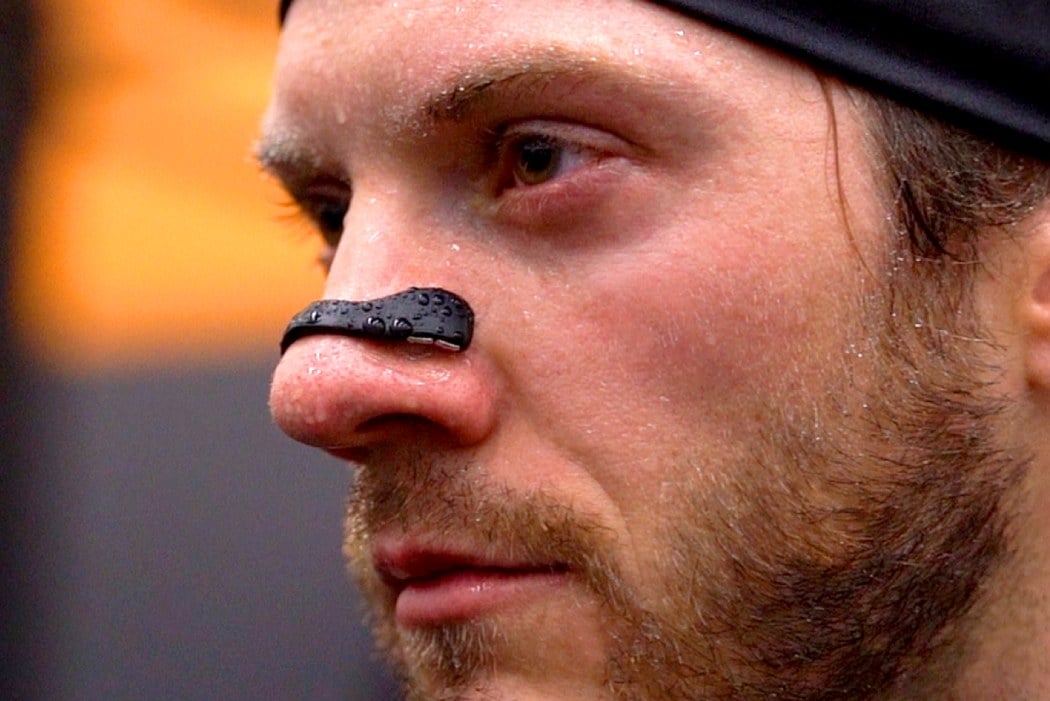
2020 has ingrained in me an age-old adage my mom loves to quote – health is wealth. Focus on our healthcare and the strain on our healthcare system has increased exponentially this year. While the world altogether has jumped up to help improve our healthcare systems, what can truly help is improved preventive methods, devices that help the patients monitor their health from home as well as to stay in touch with their doctors virtually while providing accurate data. The best example of the data’s impact is how an Apple Watch helped saved a man’s life by detecting problems with his heartbeat – and this is just the beginning. The products here show the best of healthcare we can provide to make this world a better place!
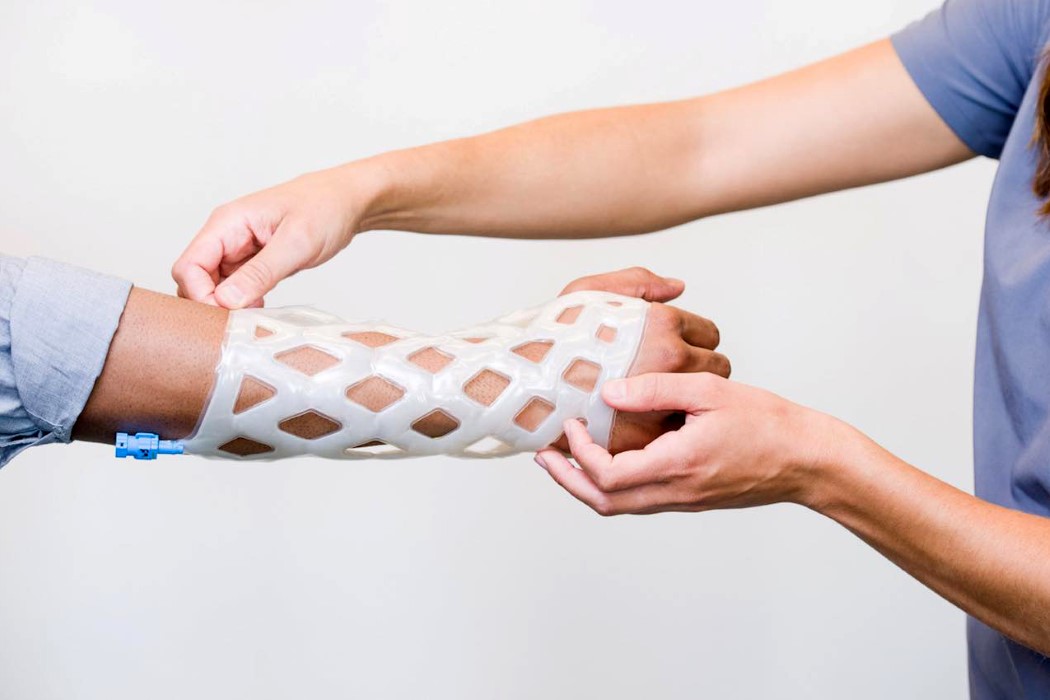
Chicago-based startup Cast21, however, has designed a sleeve that fits over any hand. Cast21’s cast takes shape around your hand once it’s filled with a patented gel that hardens over time. Doctors select a sleeve-size based on whether the patient is a child or a fully-grown adult. The sleeve is slipped on, and filled with a patented mixture of resins that become a malleable gel after a while. The doctor can then adjust the gel to perfectly hug the limb, giving it the support it needs. Patients can even choose between gel-colors, opting for combinations and gradients, breaking the stigma that casts need to look horribly clinical. The resins harden through an exothermic reaction, providing soothing heat to the limb as the cast begins to take shape.
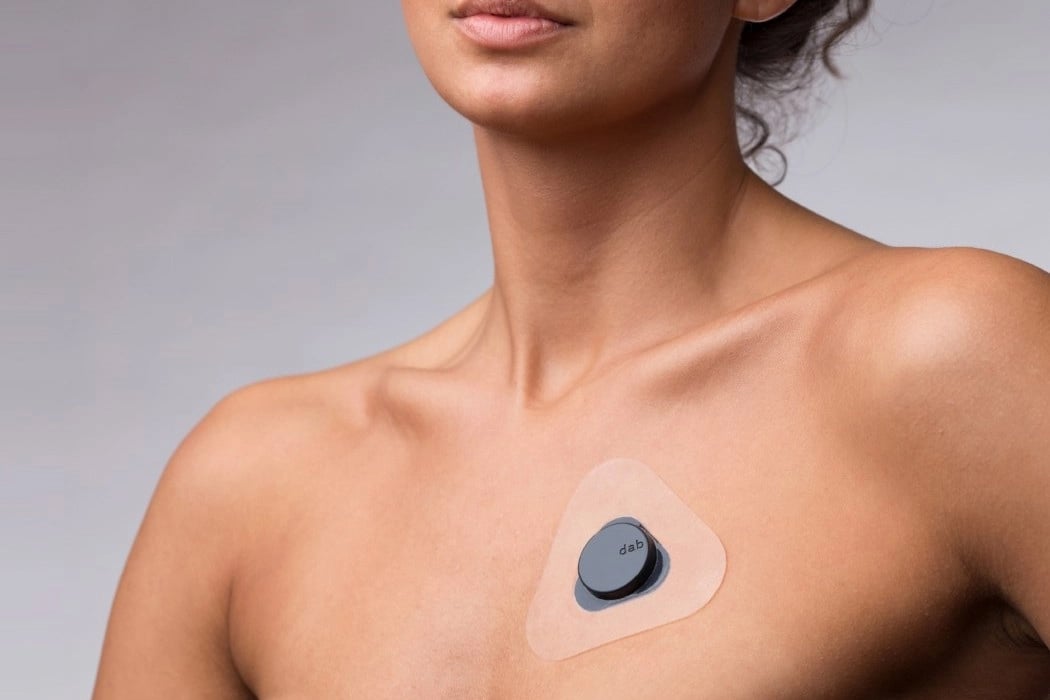
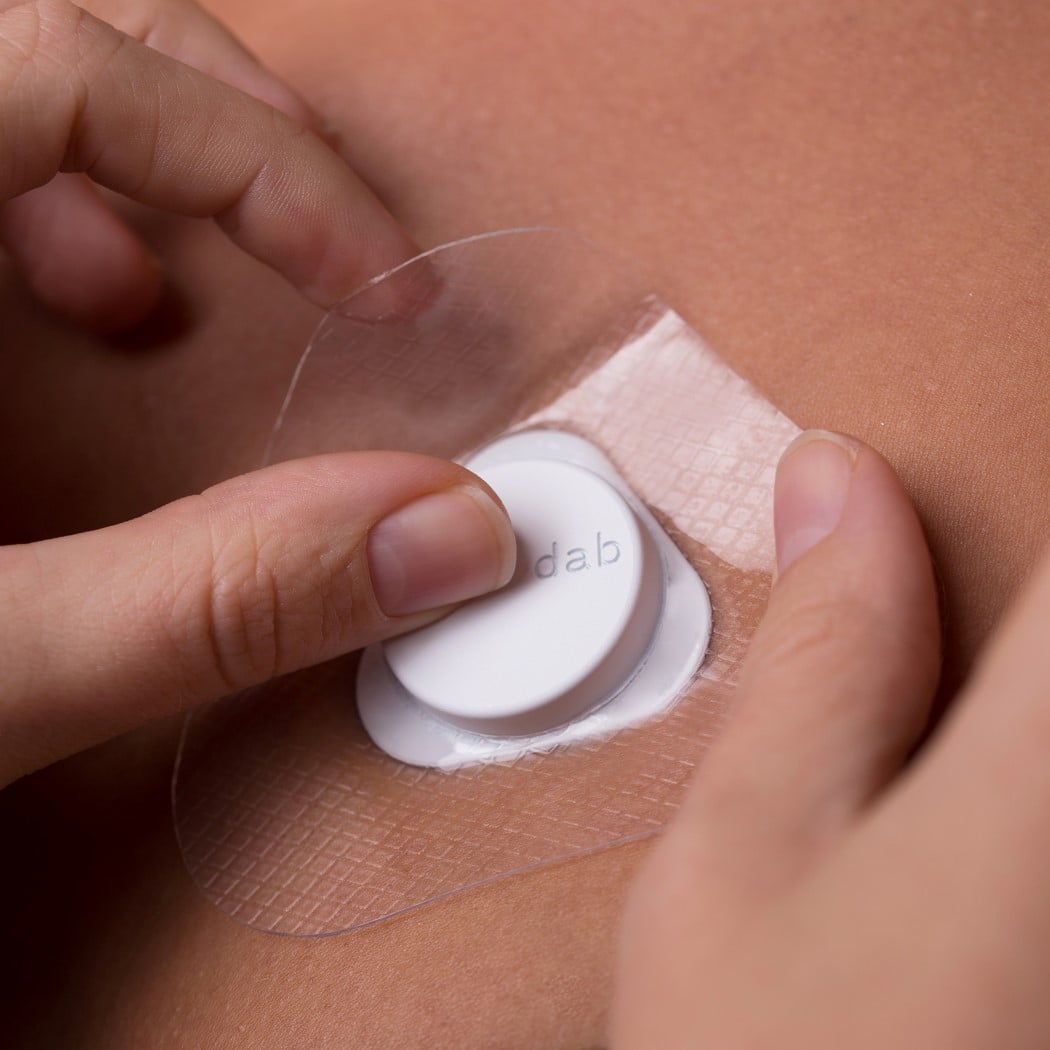
Literally, the size of a quarter, Adam Miklosi’s Dab is an unobtrusive Holter ECG/EKG that rests comfortably on your chest, constantly reading your heart’s movements. Designed to be minimal, non-invasive, and simple, the Dab tries to bridge the gap between medical appliances and wearables. Its tiny yet classy design sits on your chest via a gel patch, while the electrodes capture your heart activity. The Dab’s dry-electrodes allow it to be used and reused, while constantly measure one’s heart activity (requiring periodic charging via their wireless charging hub), and keep logs of accurate readings, quietly sitting on your chest while you absolutely forget that they’re even there in the first place!
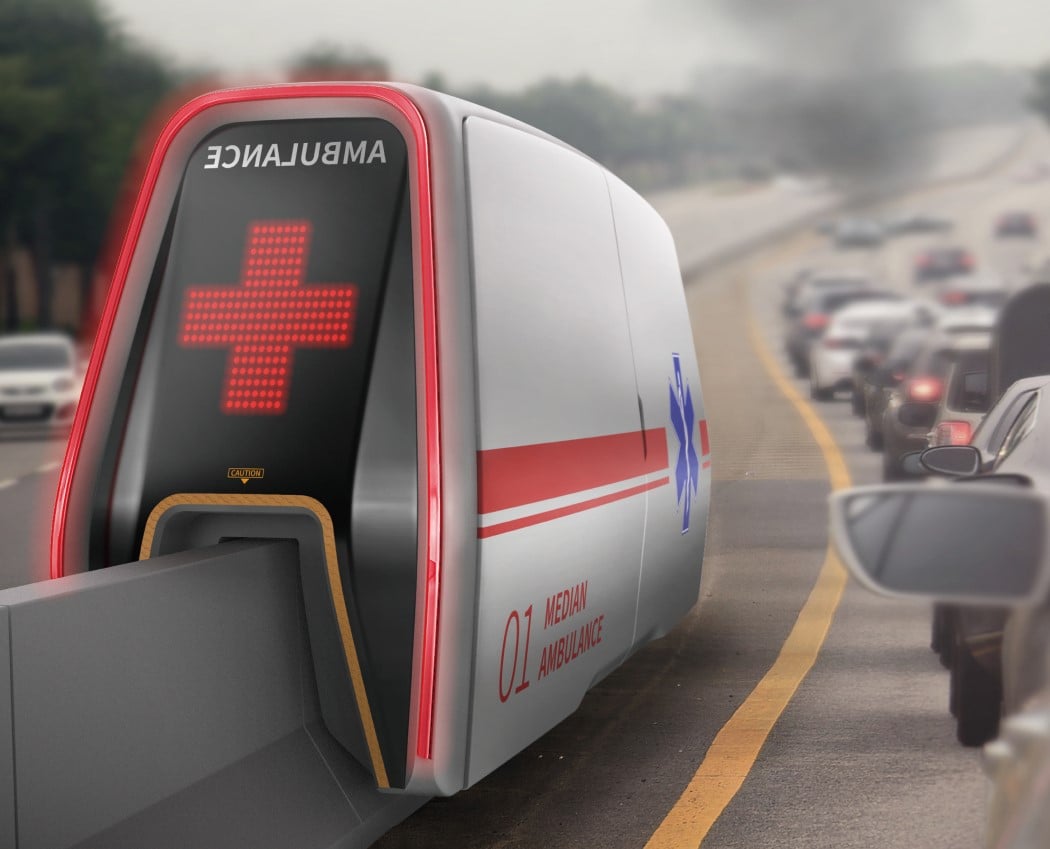
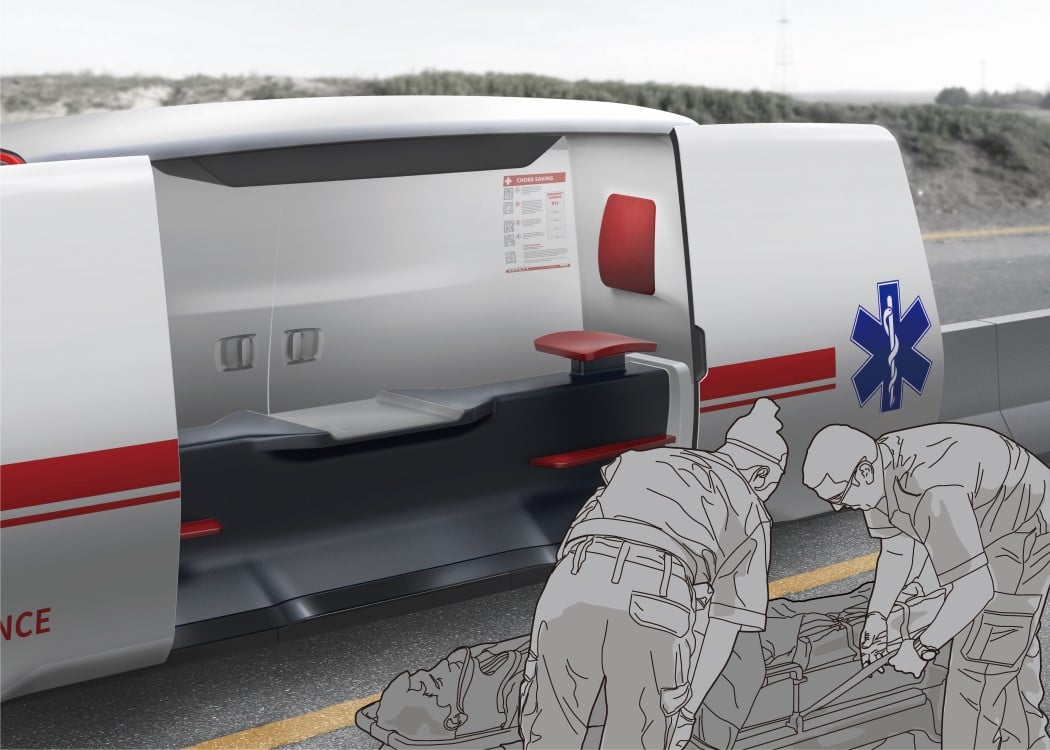
A band of Korean designers (Hong Seonghwan, Lee Hyungtaek, Lee Taekkyung & Song Yoojin) created the Median AMB, a special ambulance that can directly reach the point of the accident without getting affected by the traffic congestion created by the accident. The Median AMB sits on the road divider/median and drives up and down the highway almost like a monorail. It features sliding doors on both sides, seating for a driver and an assistant, and an area for a stretcher that holds the victim. The Median AMB drives down the dividers, right to the victim’s location, picks them up, and brings them to a proper ambulance that can take the victim to the nearest hospital.
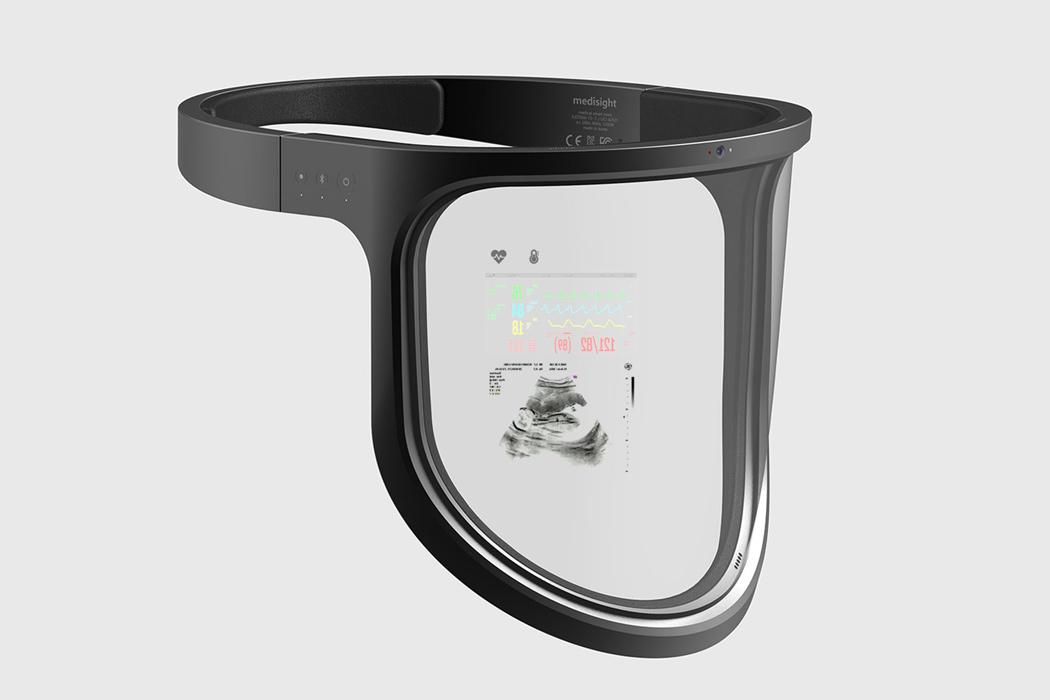
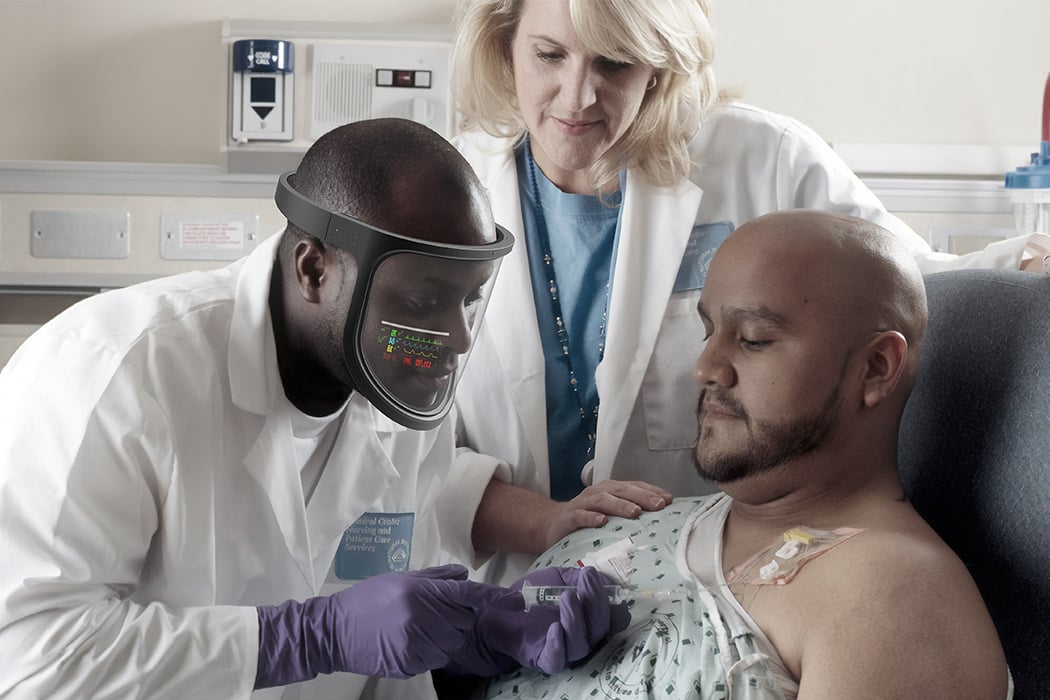
The Medisight aims to solve this comfort issue and improve on existing PPE options for a post-pandemic world. Unlike a standard surgical mask, this product allows for continual airflow behind the face cover, so the user isn’t trapped breathing the same stale air. For added comfort, the Medisight’s frame wraps around the head, staying secure with minimal face contact. The clear shield also lets patients see the user’s face, helping them form a more personal connection. It is also helpful for hearing-impaired individuals, who may rely on reading lips to communicate. Additionally, as a small but important bonus: the Medisight is reusable, unlike standard medical masks, which would help reduce medical waste. The designer says, “The plan is to continue the functional study of materials through various experiments. In addition, in order to realize the concept design of medical devices, we would like to contribute to the development of international medical services by conducting joint research through contact with various medical device companies. Through this, the ultimate goal is to provide more convenient products in the medical environment of medical staff.”
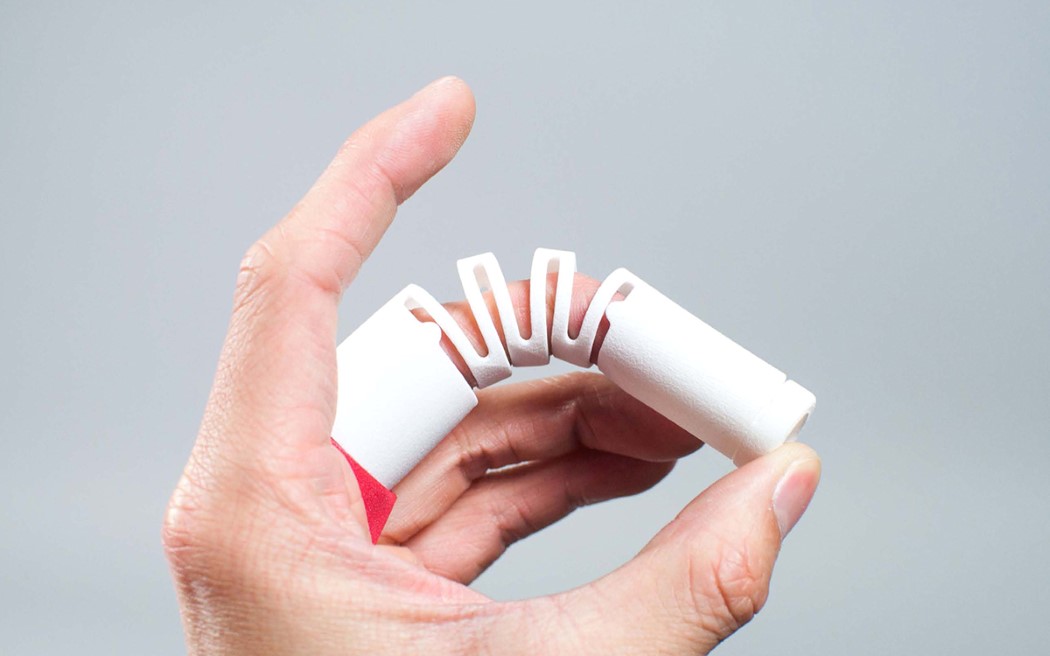
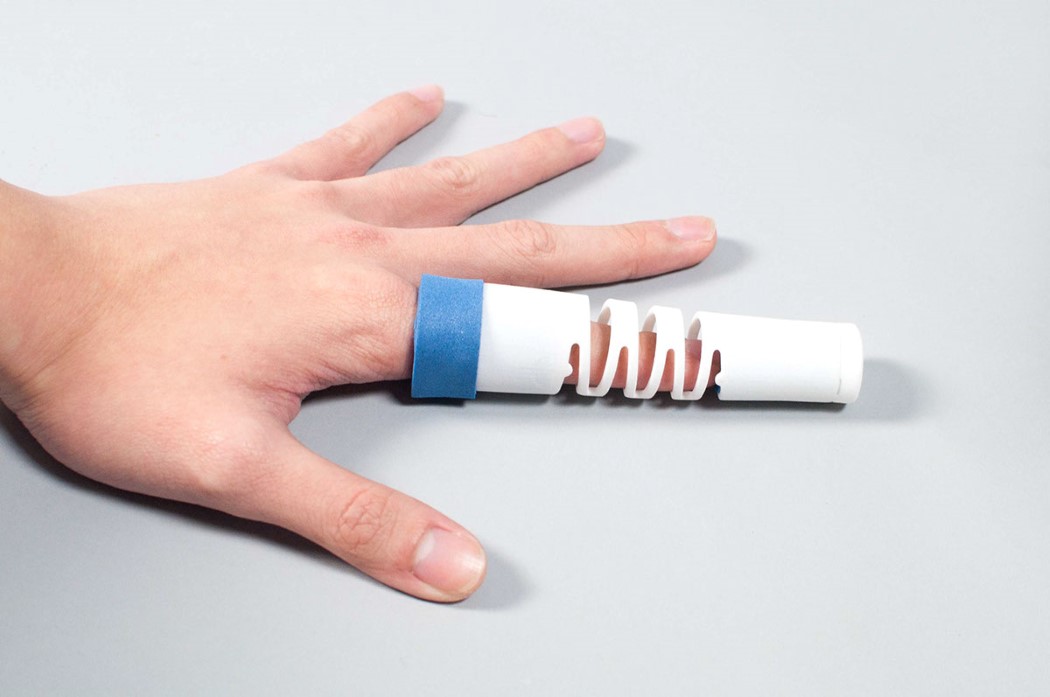
Deviating from current medical procedures that require surgery, the Bend just needs a long fingernail. A piece of thread is tied to the fingernail at one end, and the Bend splint at the other. The string is then wound around the splint, so that the finger is pulled into shape again, allowing the bones to align properly. The bend even allows for finger movement, letting the patient heal as well as recover from the injury as quickly as possible!
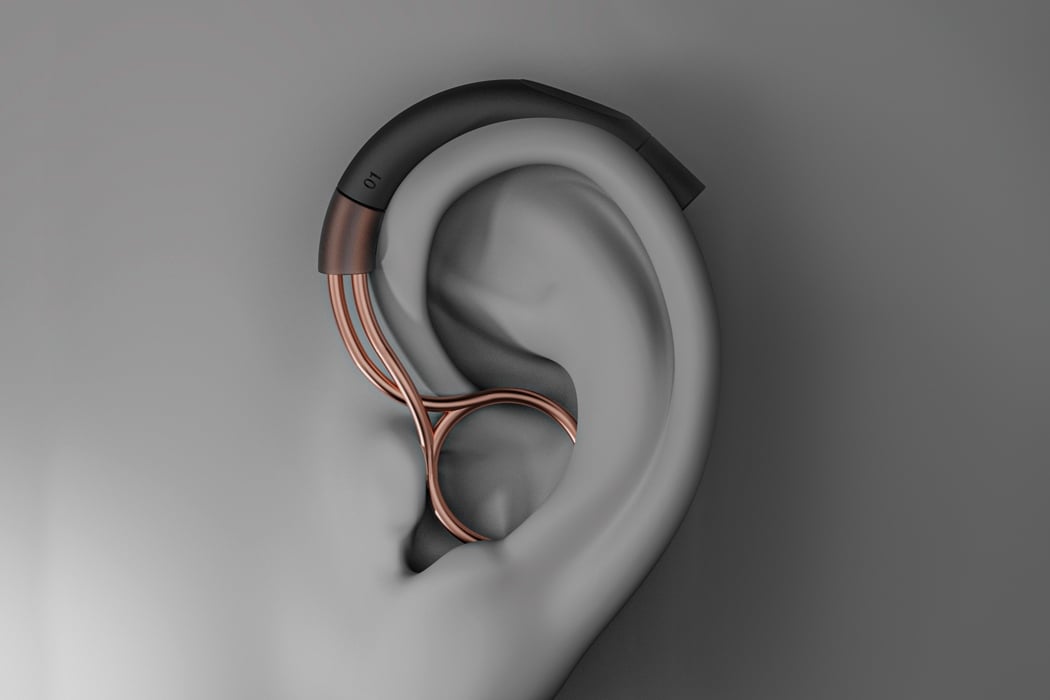
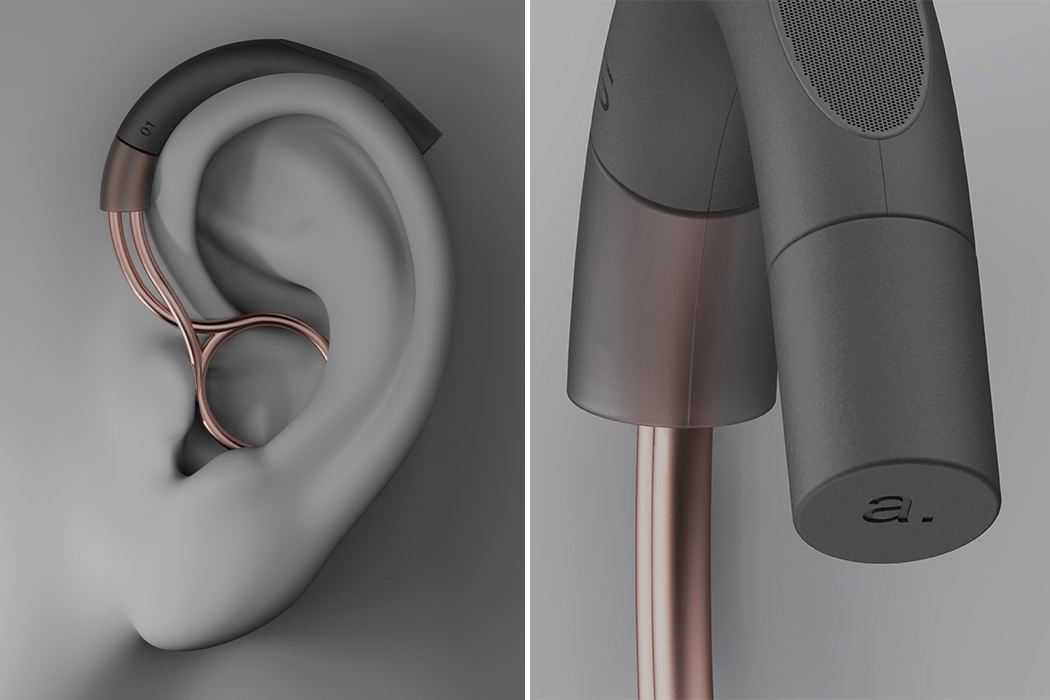
Alice Turner decided to design Amplify, a hearing device that was made to be seen, to feel confident about, and to help people experience life to its full potential! Amplify was created to give the hearing-impaired demographic an added value that made the hearing aid more than just a medical accessory. “In the ’60s, glasses were aids for a disability. Now, glasses have evolved into ‘eyewear’, a fashion statement, and an extension of your personality. This shift made me question why the main innovation in hearing aid design is developing technology to make them smaller and more hidden,” says the designer on her thought process behind starting the project. Using bone conduction technology, Amplify provides users with high-quality audio for a more comfortable and wholesome sound experience. This technology enables the device to decode sound waves and convert them into vibrations that can be received directly by the Cochlea so the eardrum is never involved. Amplify essentially becomes your eardrum!
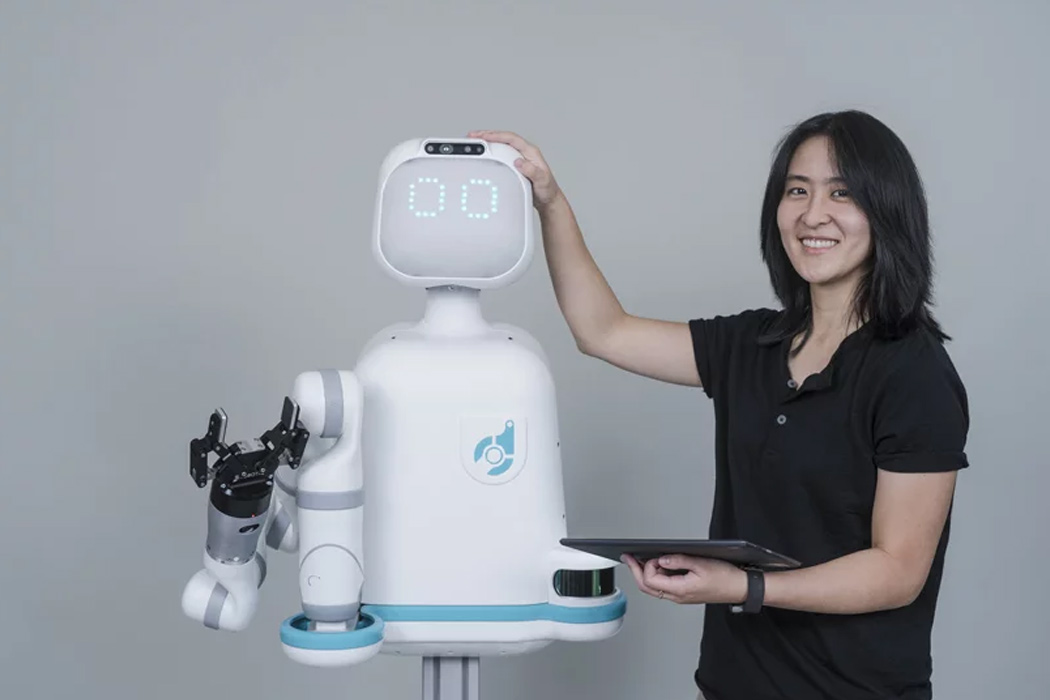
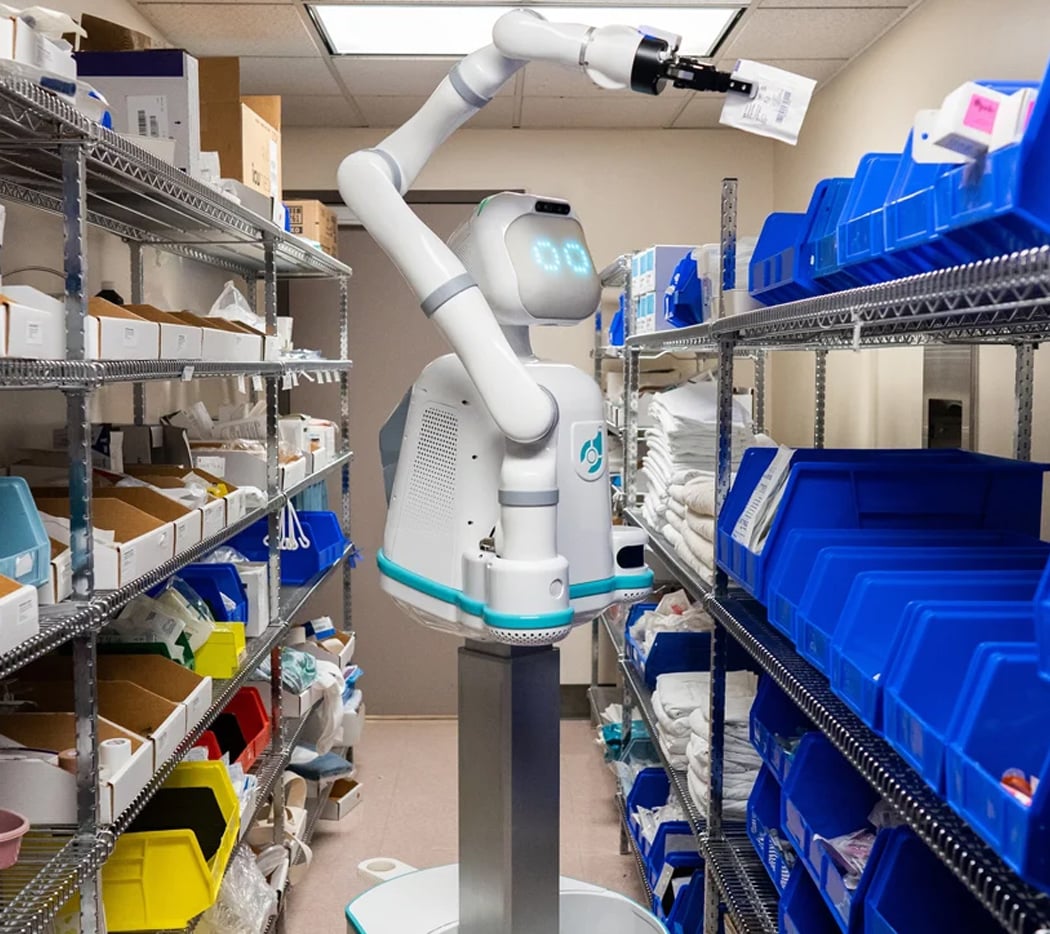
Austin-based startup Diligent Robotics has brought to market a robot nurse that is designed to reduce workloads so that hospitals can use their staff as efficiently as possible. Meet Moxi, a hospital robot assistant that helps clinical teams with their routine, non-patient facing tasks so they have more time for patient care. Handling tasks like collecting supplies, gathering soiled linens, and delivering fresh ones, Moxi could help to reduce health care professionals’ exposure to disease. The robot comes to market as the number of coronavirus cases around the world grows, and frontline workers — including doctors and nurses — are feeling the pressure and this could be the easiest, safest method to prevent our medical staff’s burnout.
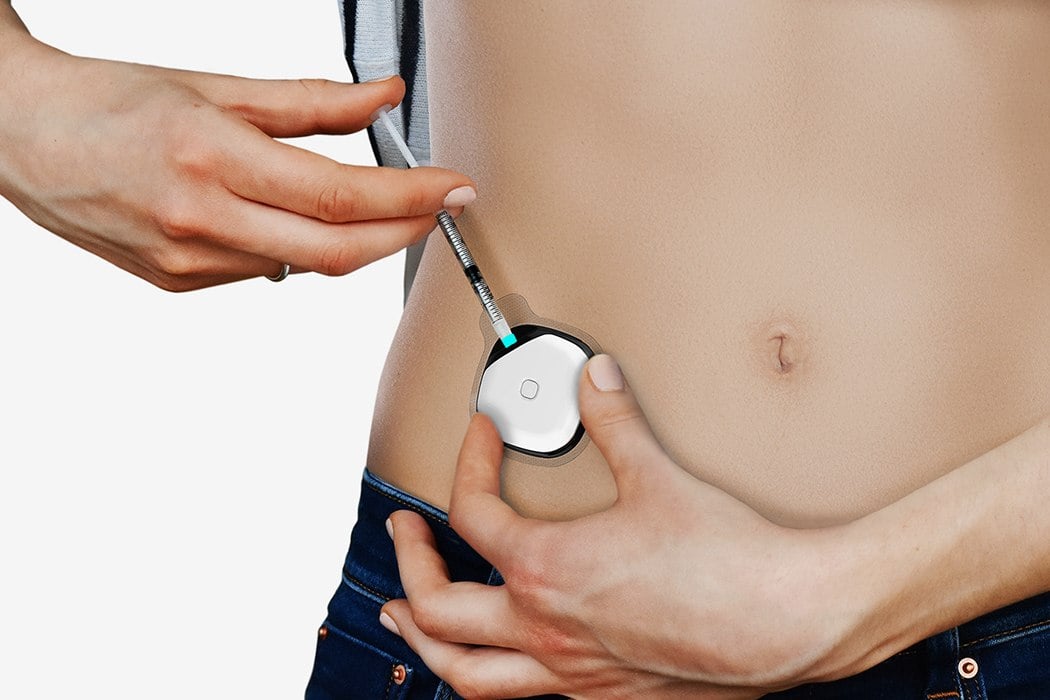
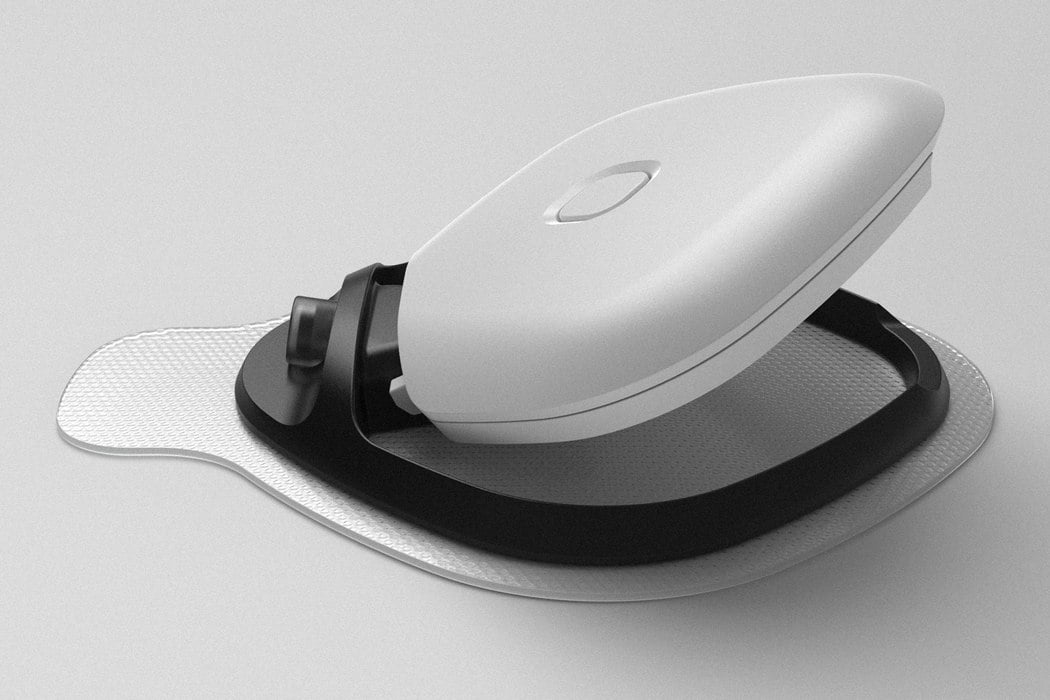
Imagine a smart insulin port attached to your skin, delivering the right dose, and at the right time. At the same moment, getting all information regarding your sugar levels, meds timings, and health data, managed and analyzed with the accompanying app. Miltul Lad & Cambridge Consultants designed Kite to replace the need to pump yourself with over 30 injections a week, thanks to the soft cannula insertion. It turns any device into a ‘smart’ device and automatically dispenses the accurate insulin dose. Designed to be affordable, a device like this can be very helpful in the lifestyle management of diabetics.

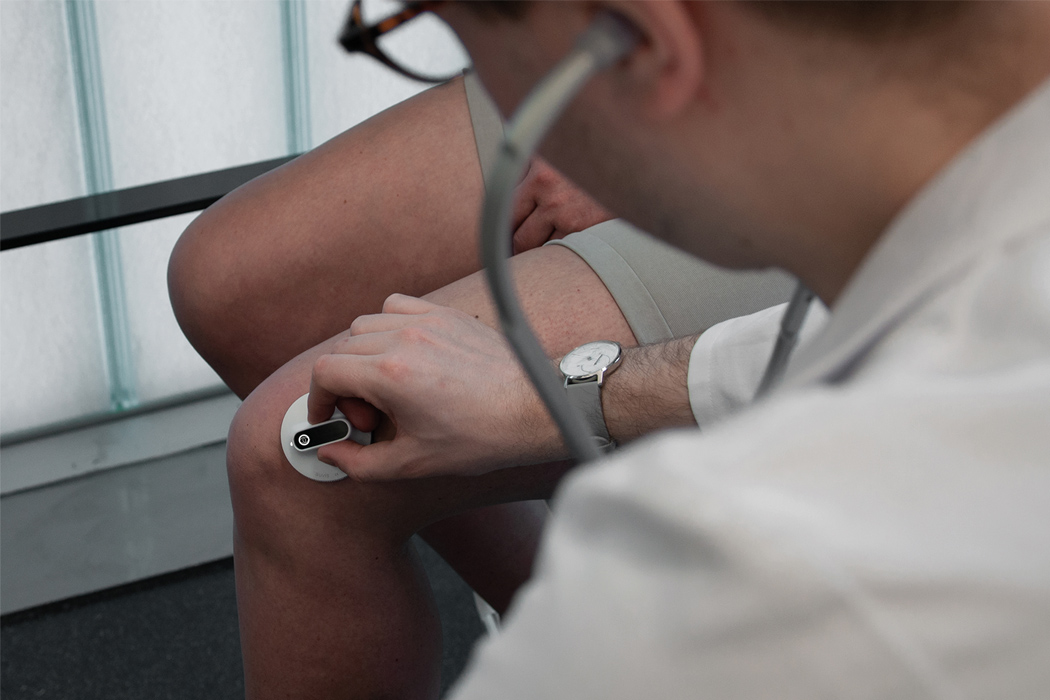
Designed by Lara Laddey, the Auvis here is a digital stethoscope that is structured to detect early signs of arthrosis. The instrument has built-in sensors to catch sounds emitted by joints, making it easier to pick up degenerating cartilage inside them. Arthrosis that this digital stethoscope intends to detect is a non-inflammatory degenerative condition that’s mainly associated with aging. It occurs as a person grows older and the joint cartilage becomes rugged and begins to wear out. Since, the designer says, “cartilage degeneration, the starting point of arthrosis, can neither be seen on X-Ray nor MRT,” the Auvis presents itself as a viable med gadget. Degenerating cartilage tends to generate sounds that the sensors on the Auvis can pick up to let a physician interpret the feedback and give the diagnosis. Like an ordinary stethoscope, Auvis also comprises an examining tool and a neckpiece – the only difference being, these are wirelessly connected and offer an unrestricted opportunity to examine various joints on the body.
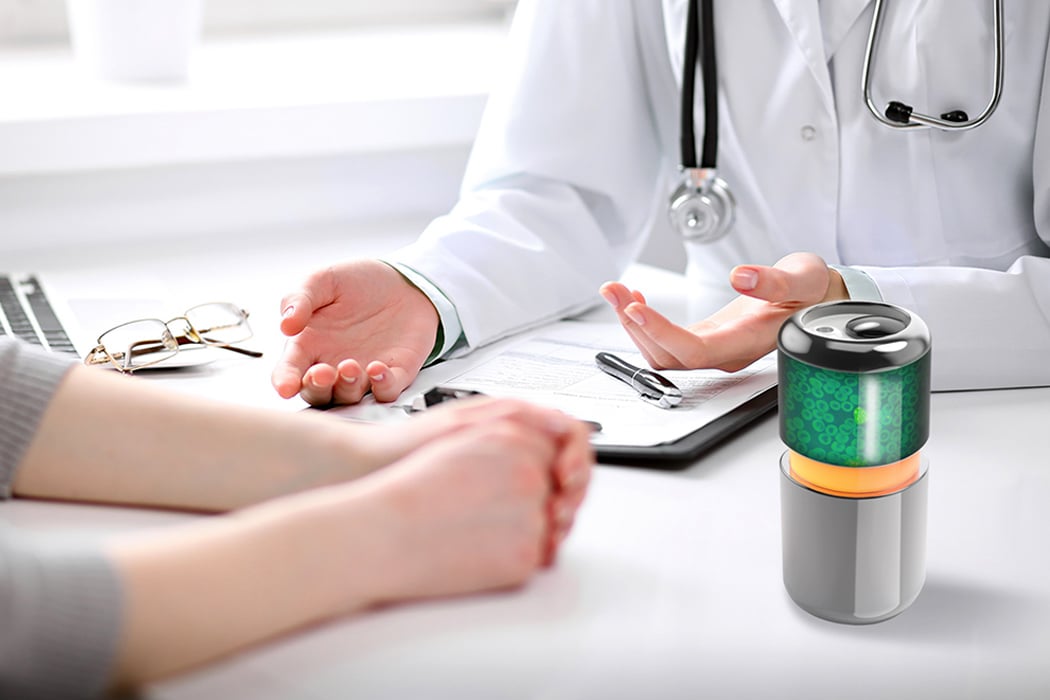
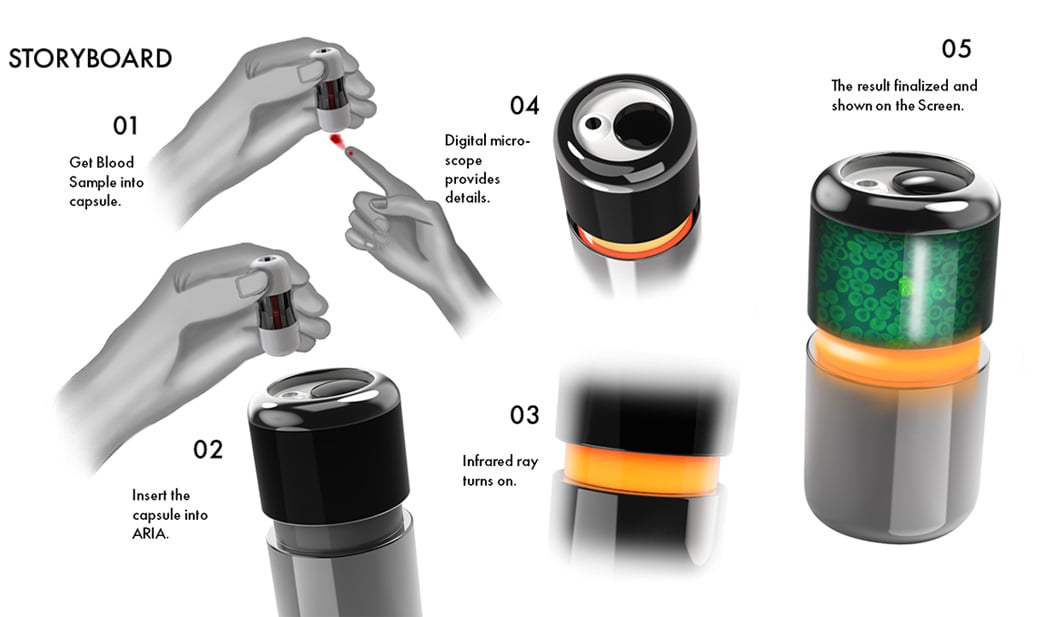
Aria by Minwoo Lee is a portable medical product created with the sole purpose of detecting malaria utilizing Infrared Light. Aria eradicates the need for medical specialists, expensive equipment, and highly trained staff. It performs the functions of all. Lee chose infrared light as the hero of the day, because it can be used to detect the presence of Malaria causing parasites in the blood, and can even ascertain the number of parasites present. ‘Attenuated Total Reflection-Fourier Transform Infrared Spectroscopy’ is a test that harnesses infrared light to detect parasites through the molecular vibrations they create. The light increases the amount of oxygen in the blood, in turn killing the viral, bacterial, and fungal toxins in the blood.
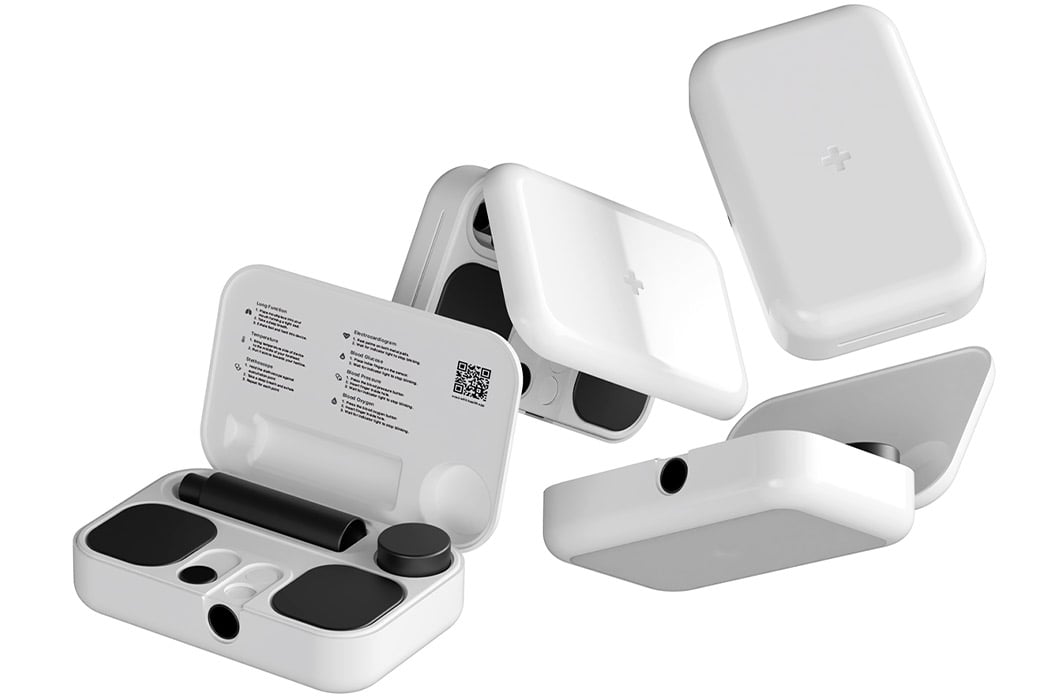
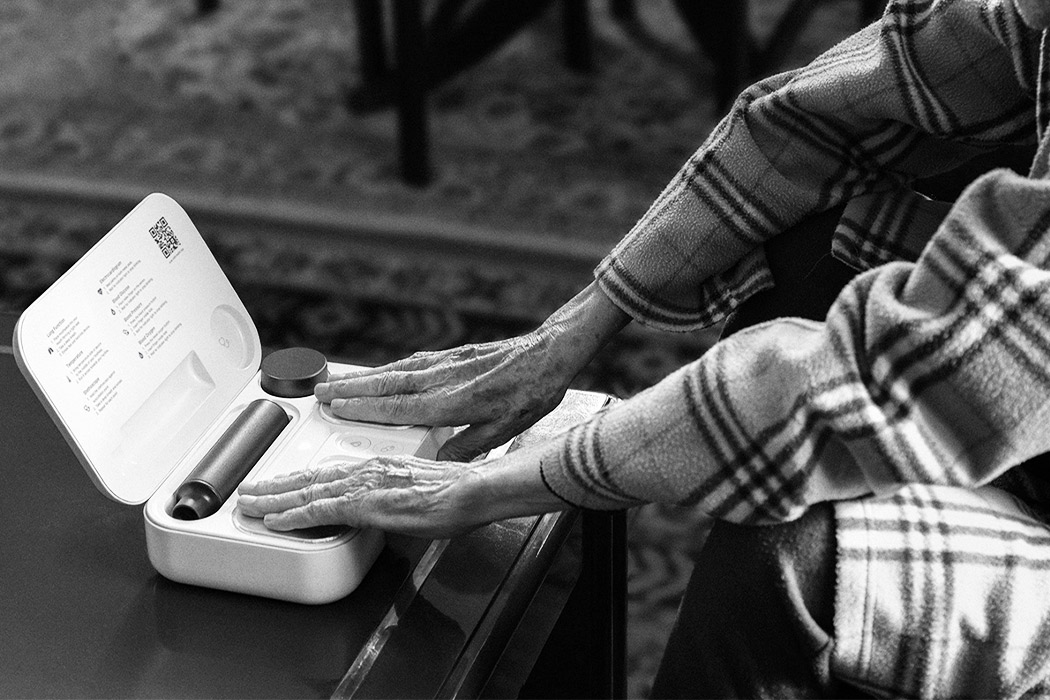
A quick look at how much time, money, and stress this could save us – 1/5th of doctor’s consultation time is spent on non-medical issues and there are more than 13.5 million GP appointments that do not require medical attention, most of these can be attributed to the human nature of worrying and because there is no other way of ruling out how we feel. Devices like Kala that use existing technology in innovative ways can pave the way to make monitoring devices digital, smaller, non-invasive, and most importantly, accessible. Over 60% of the world’s deaths are caused by heart disease, stroke, cancer, respiratory disease, and diabetes. The first step in diagnosing these ailments requires simple tools like a stethoscope, thermometer, blood pressure pump, and self-glucose monitor – Kala includes all of these and more. It tests lung functions, temperature, blood glucose, blood oxygen, stethoscope, electrocardiogram (ECG), blood pressure which can reduce panic doctor visits and save time on follow-ups too.
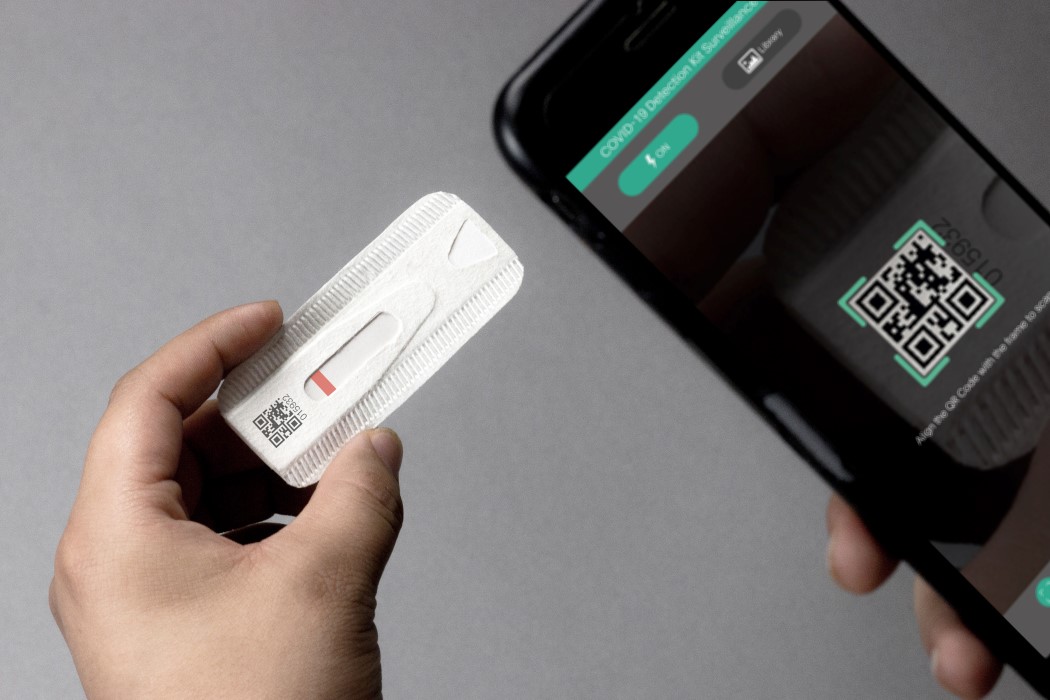
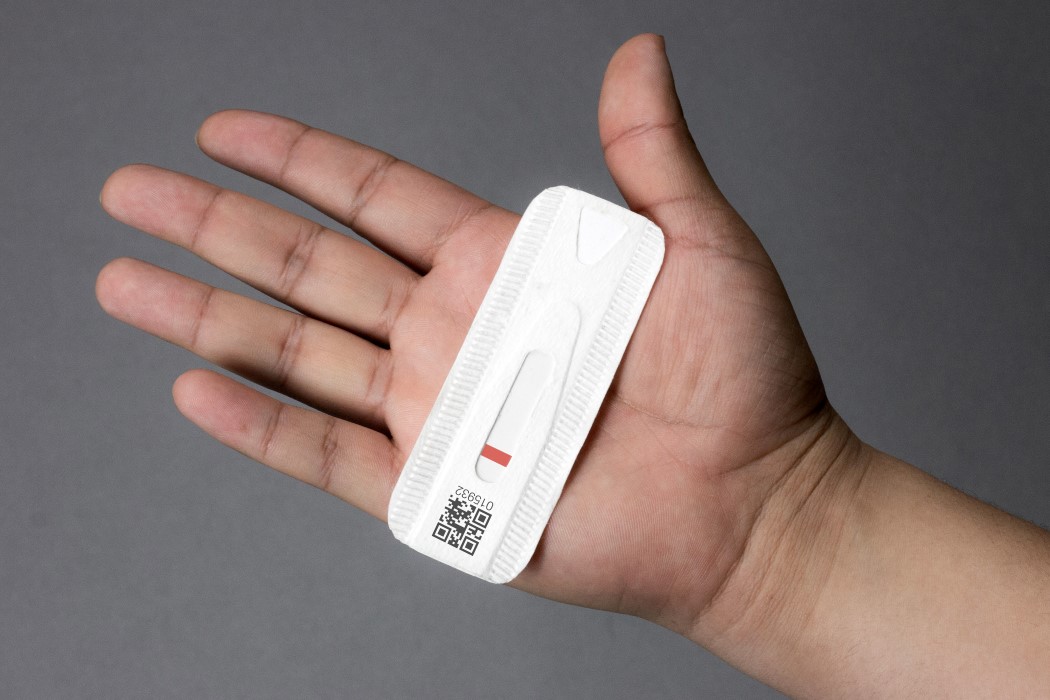
The pandemic has seen a surge in the demand for items like masks, face-shields, and PPE, aggravating our plastic waste problem. Countries have ramped up production for medical kits too, and more testing often leads to more waste being created. Fernando Sánchez from Tecnológico de Monterrey in Mexico proposes a solution to this rising waste problem with his Biodegradable Medical Test kit. Made entirely from plant-based materials that can easily biodegrade into soil, these kits help ramp up testing without leaving a massive ecological footprint behind. The kit consists of a nanoparticle-based immunochromatographic test that helps detect antibodies present in a blood, serum, or plasma sample. The tests are accurate and easy to read as the results display in under 8 minutes.
Check out more innovative and revolutionary medical innovations with more posts of this series!

